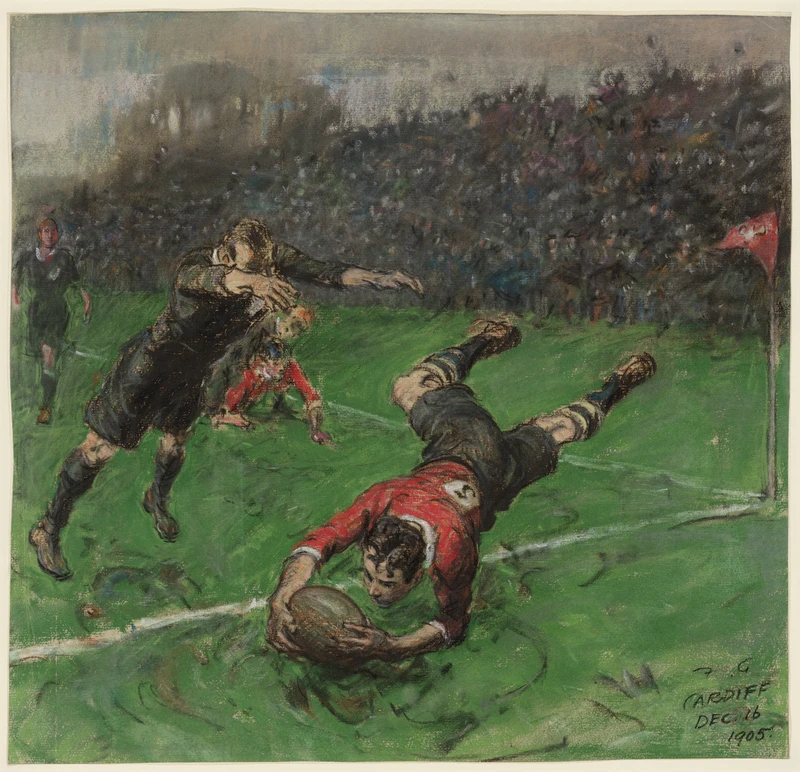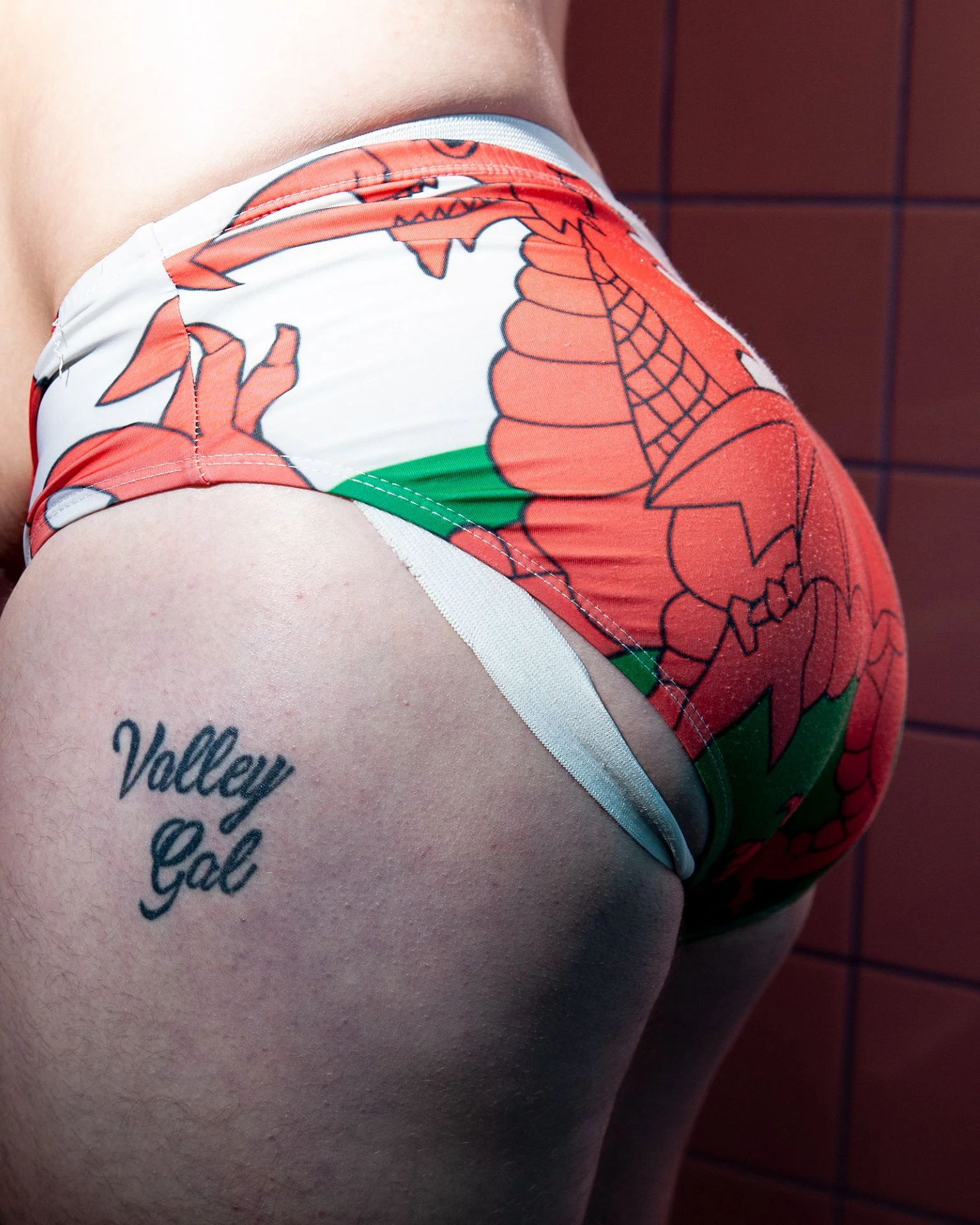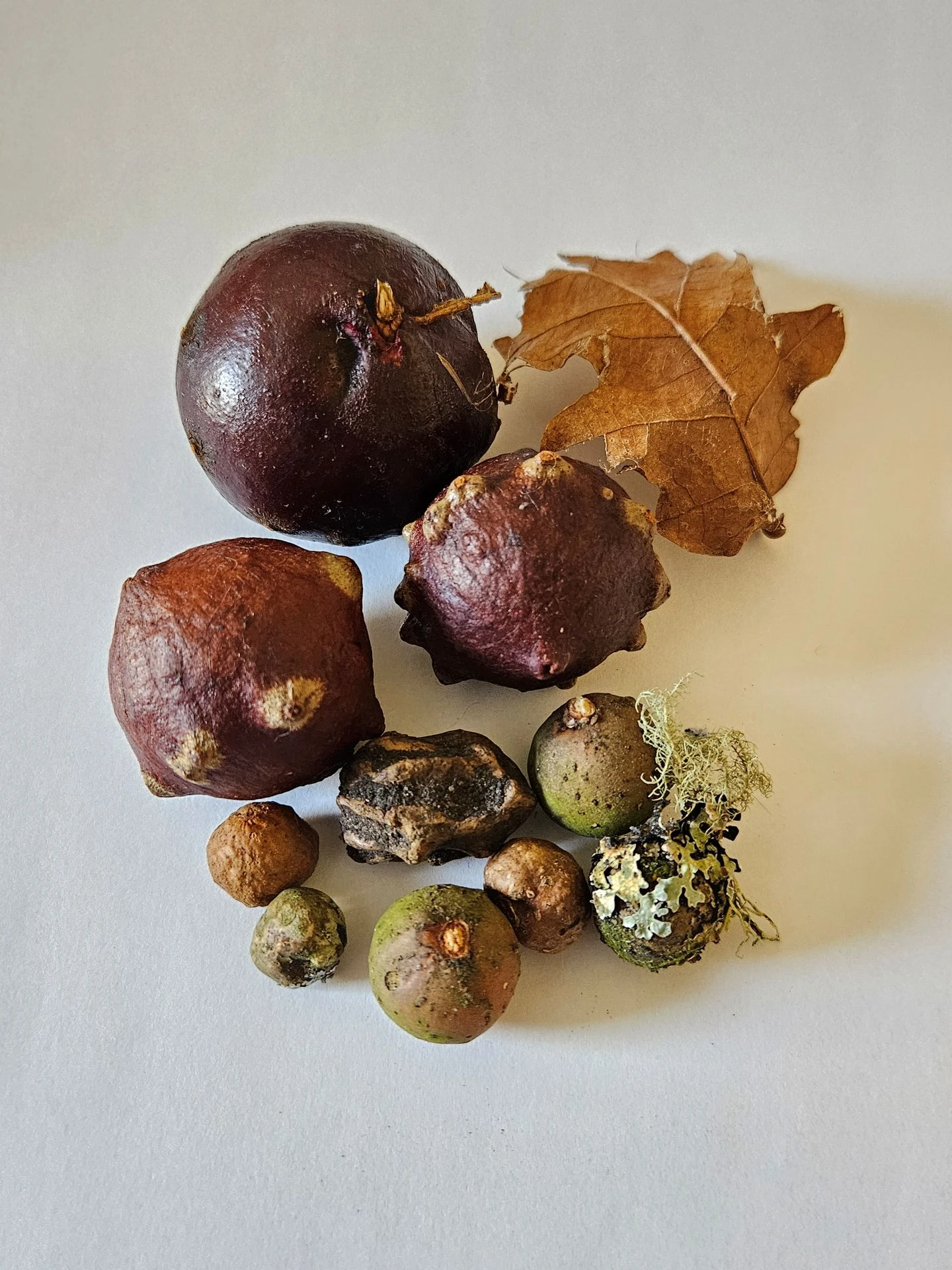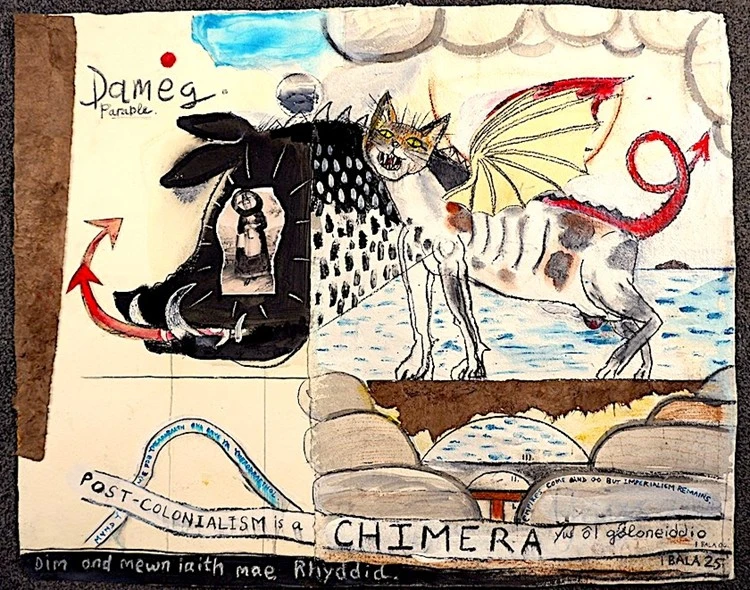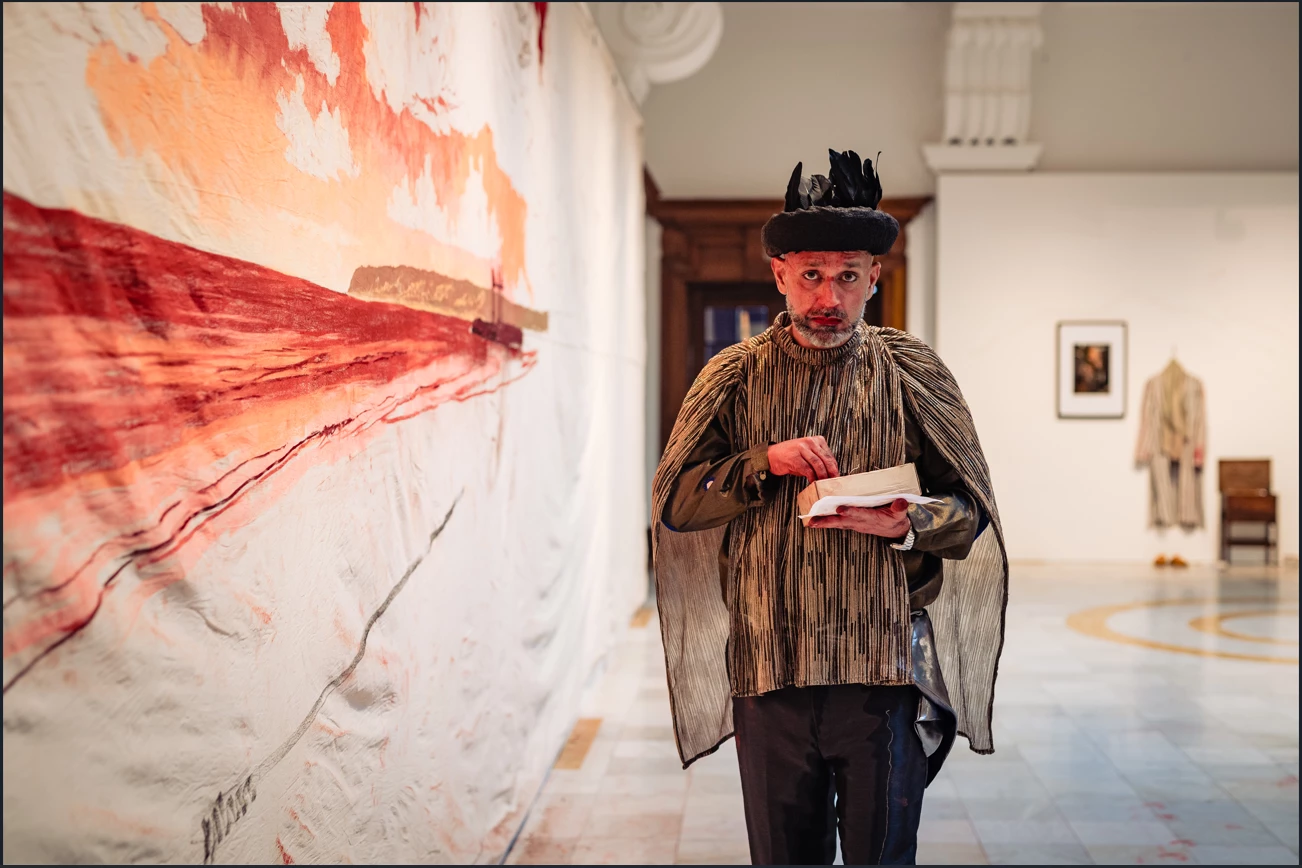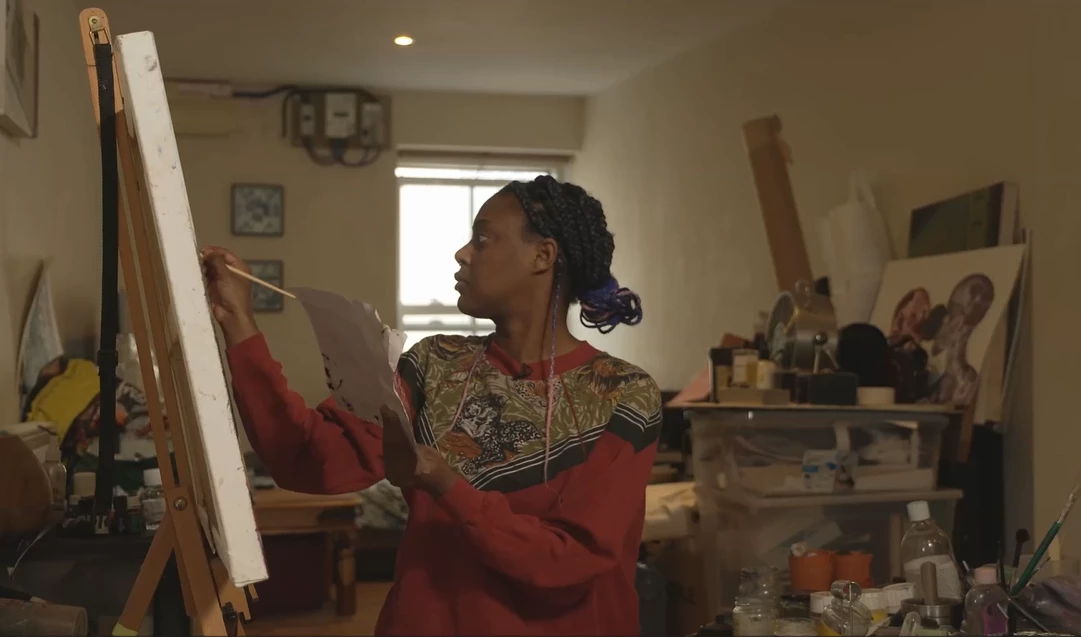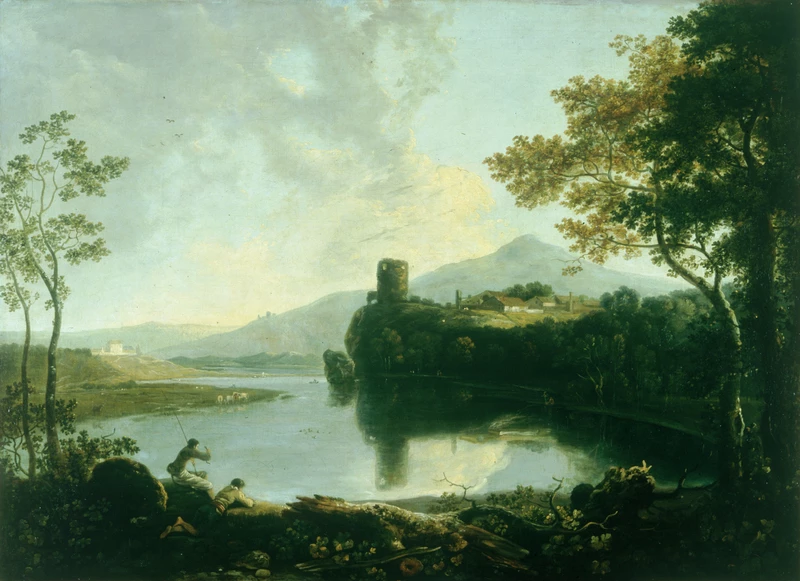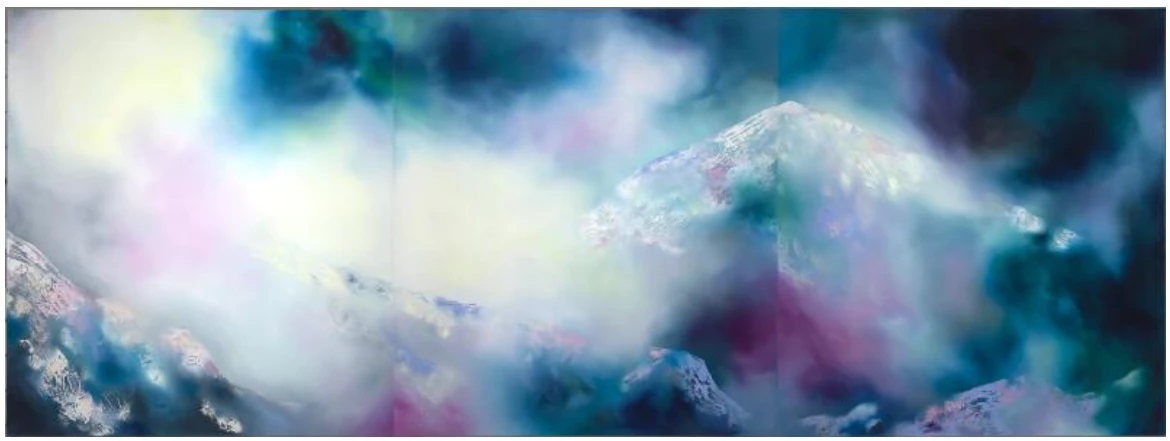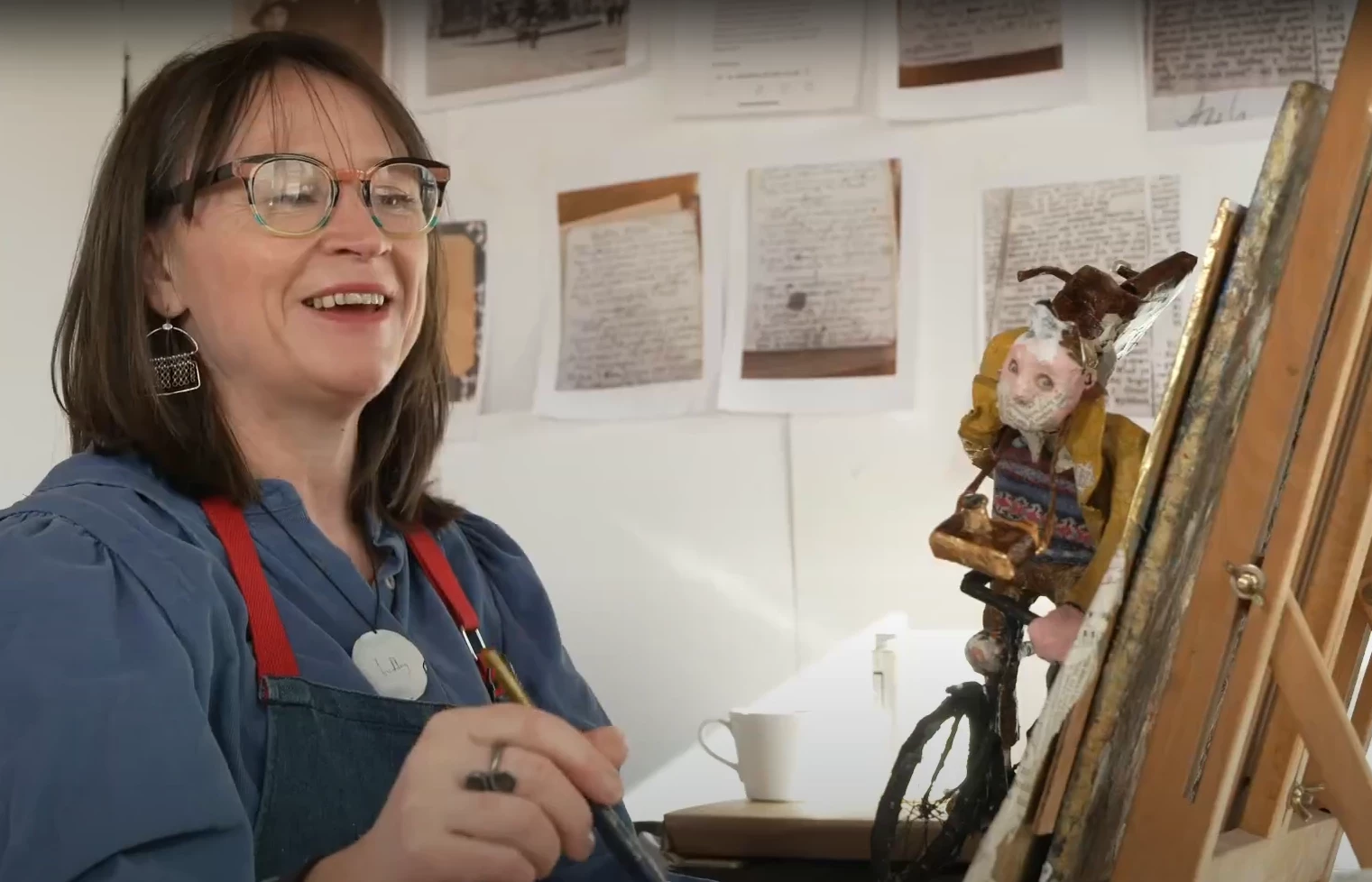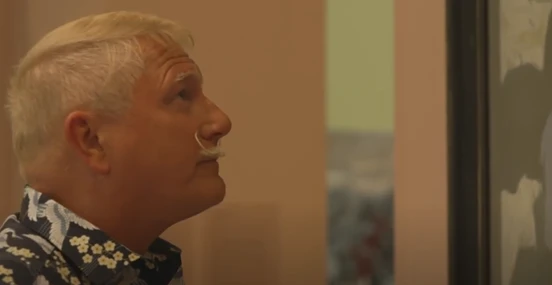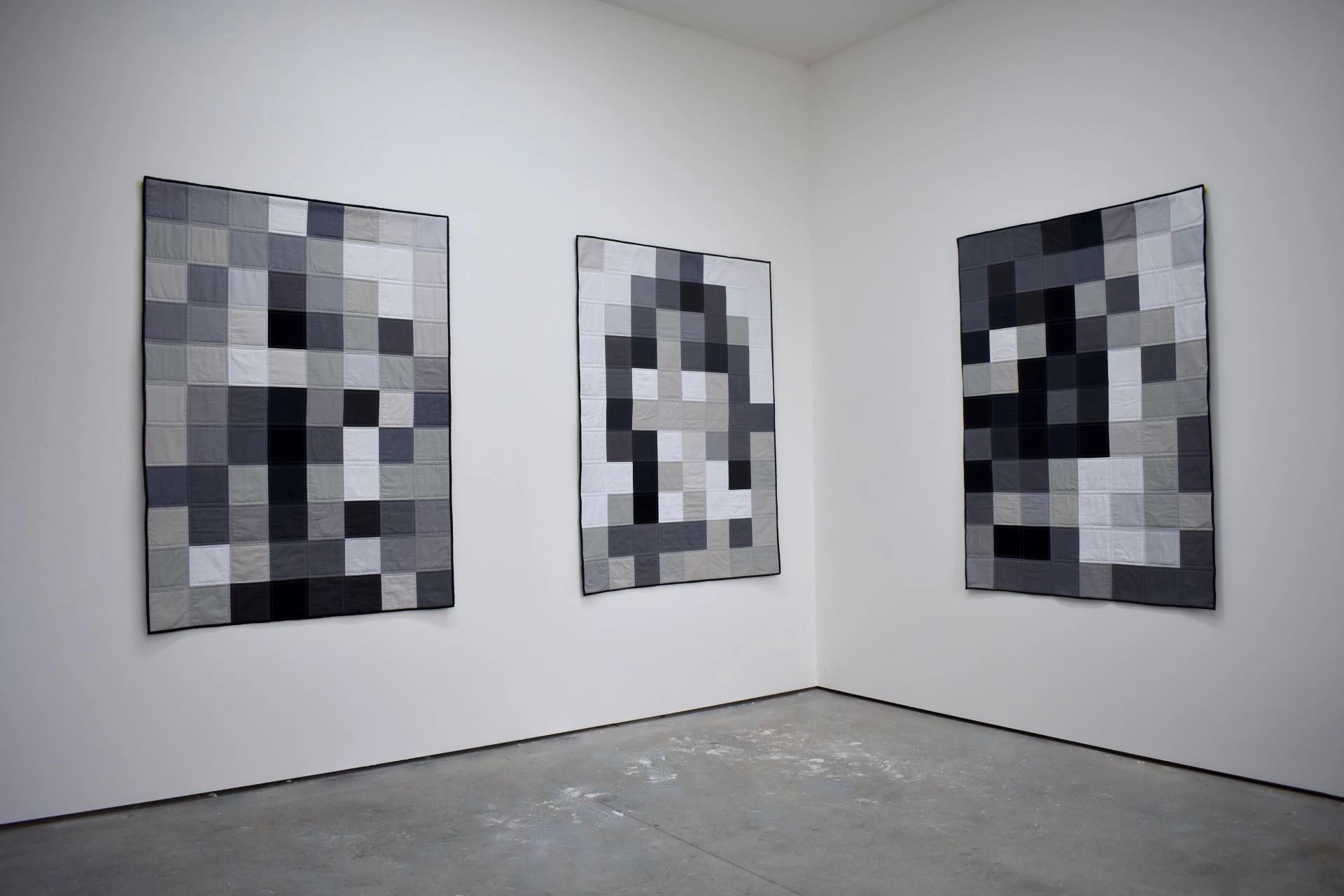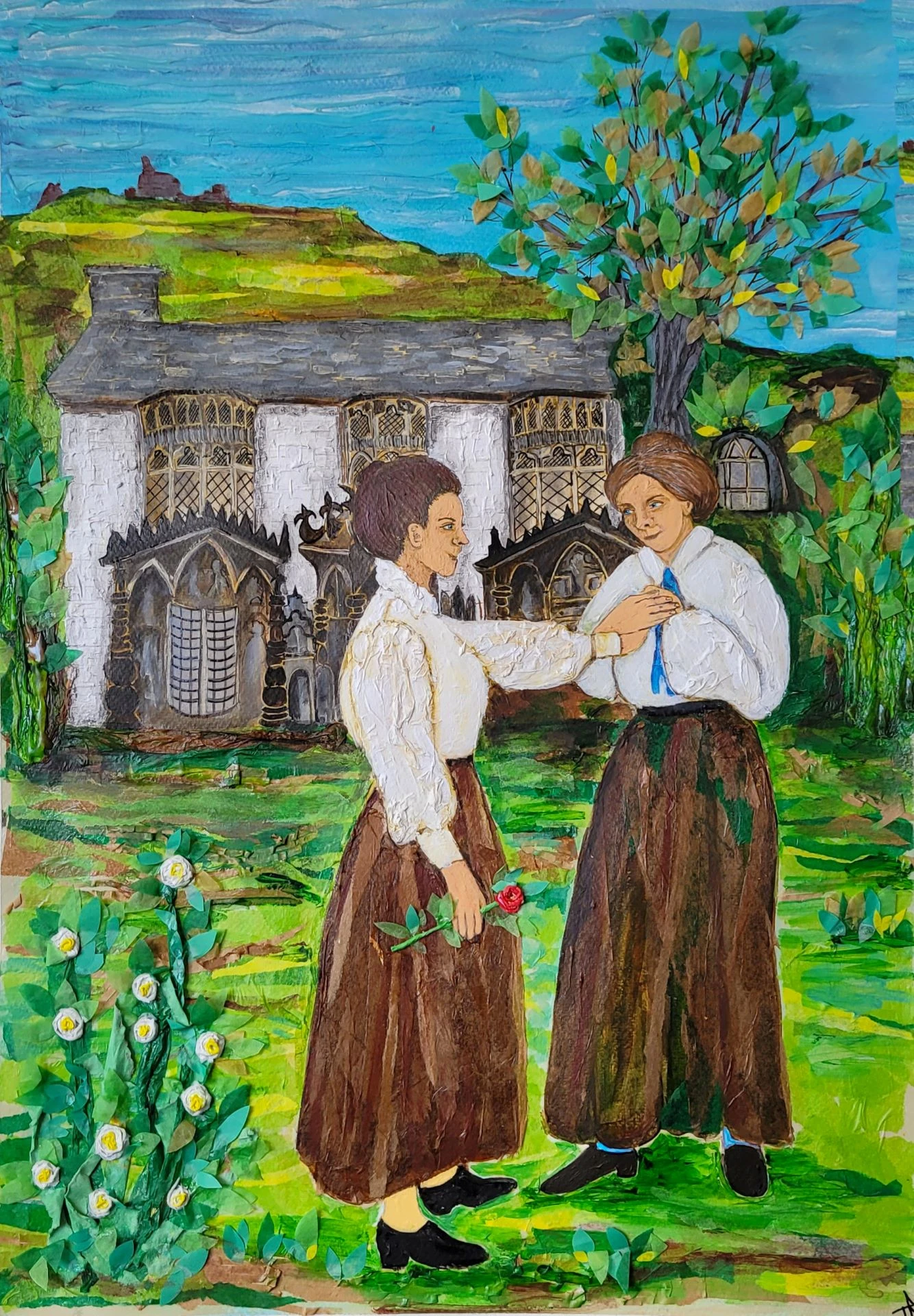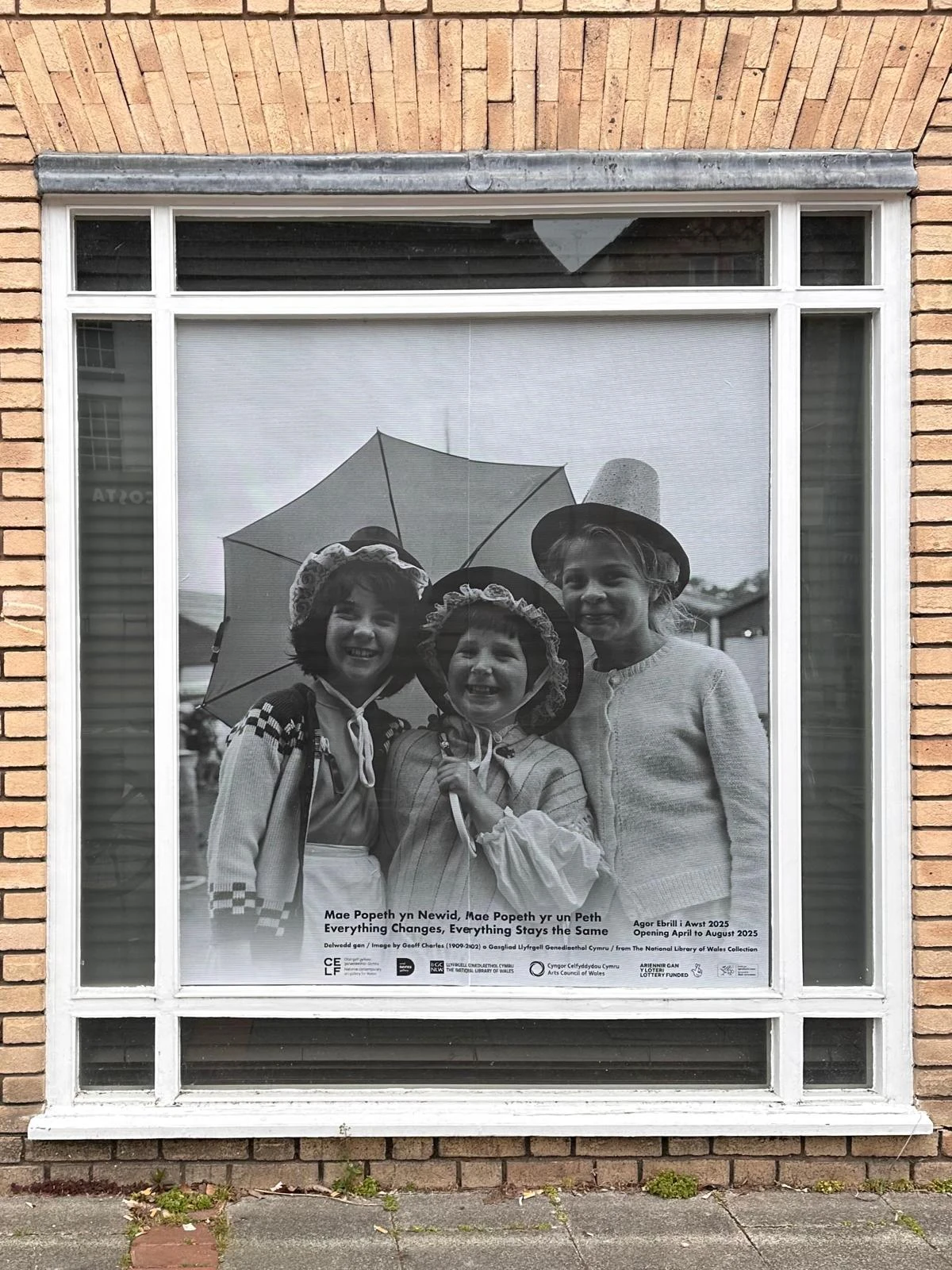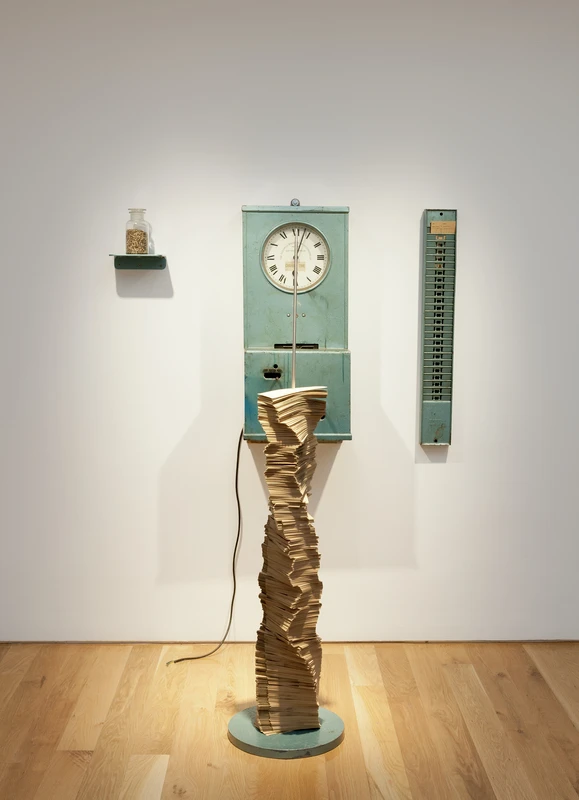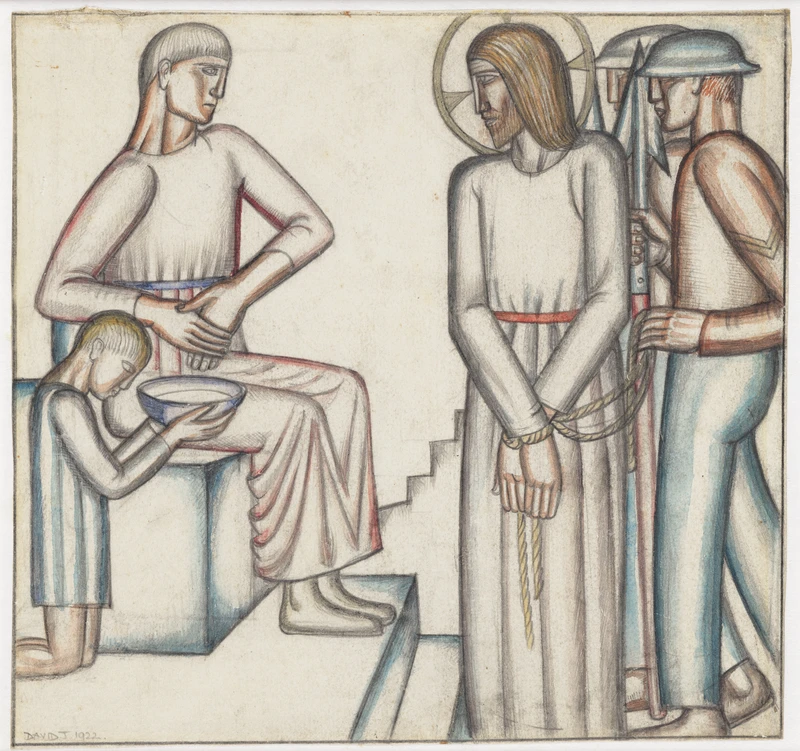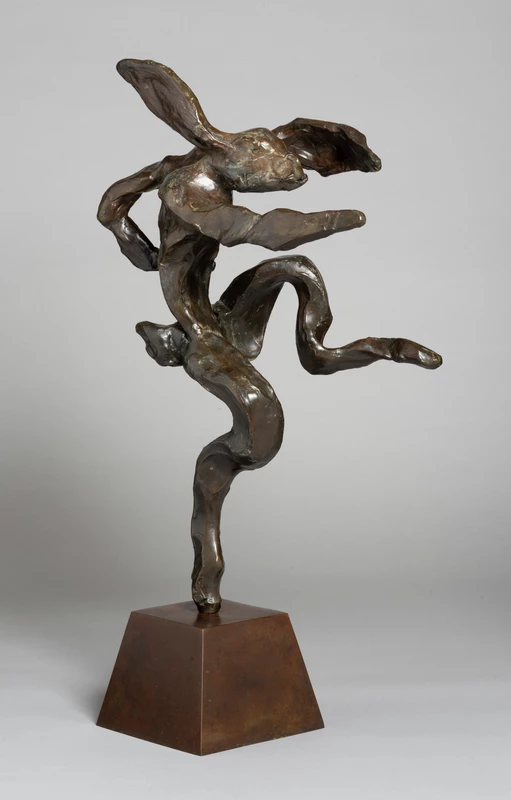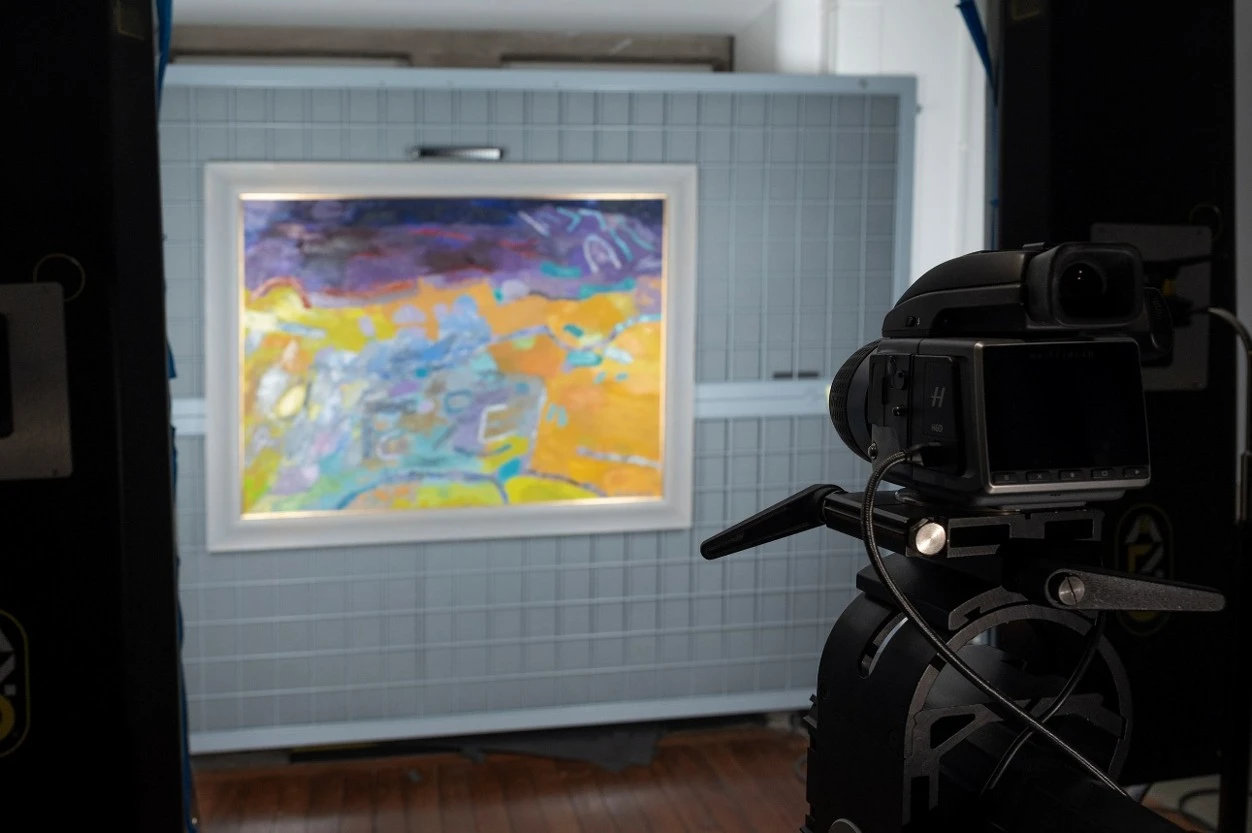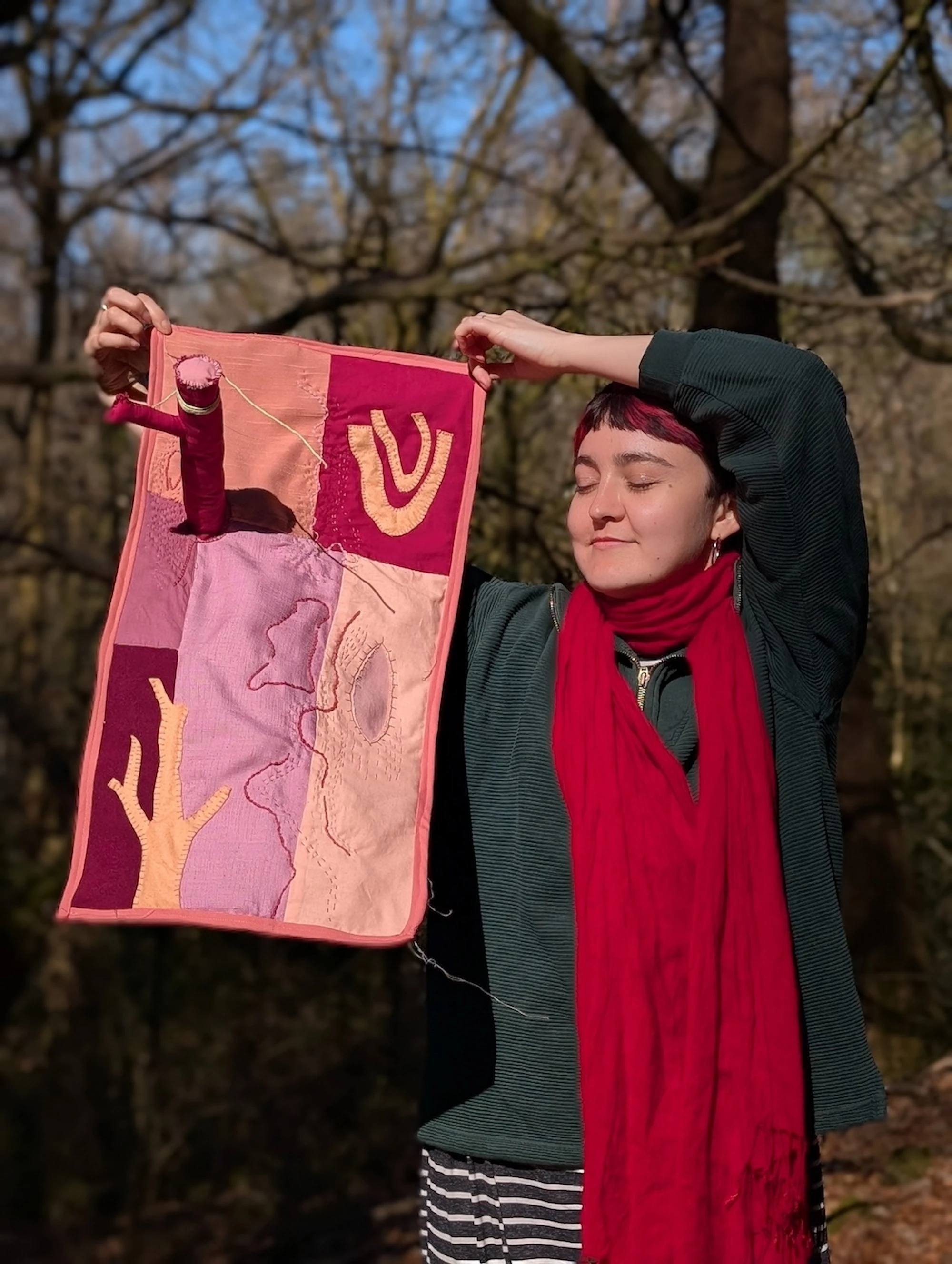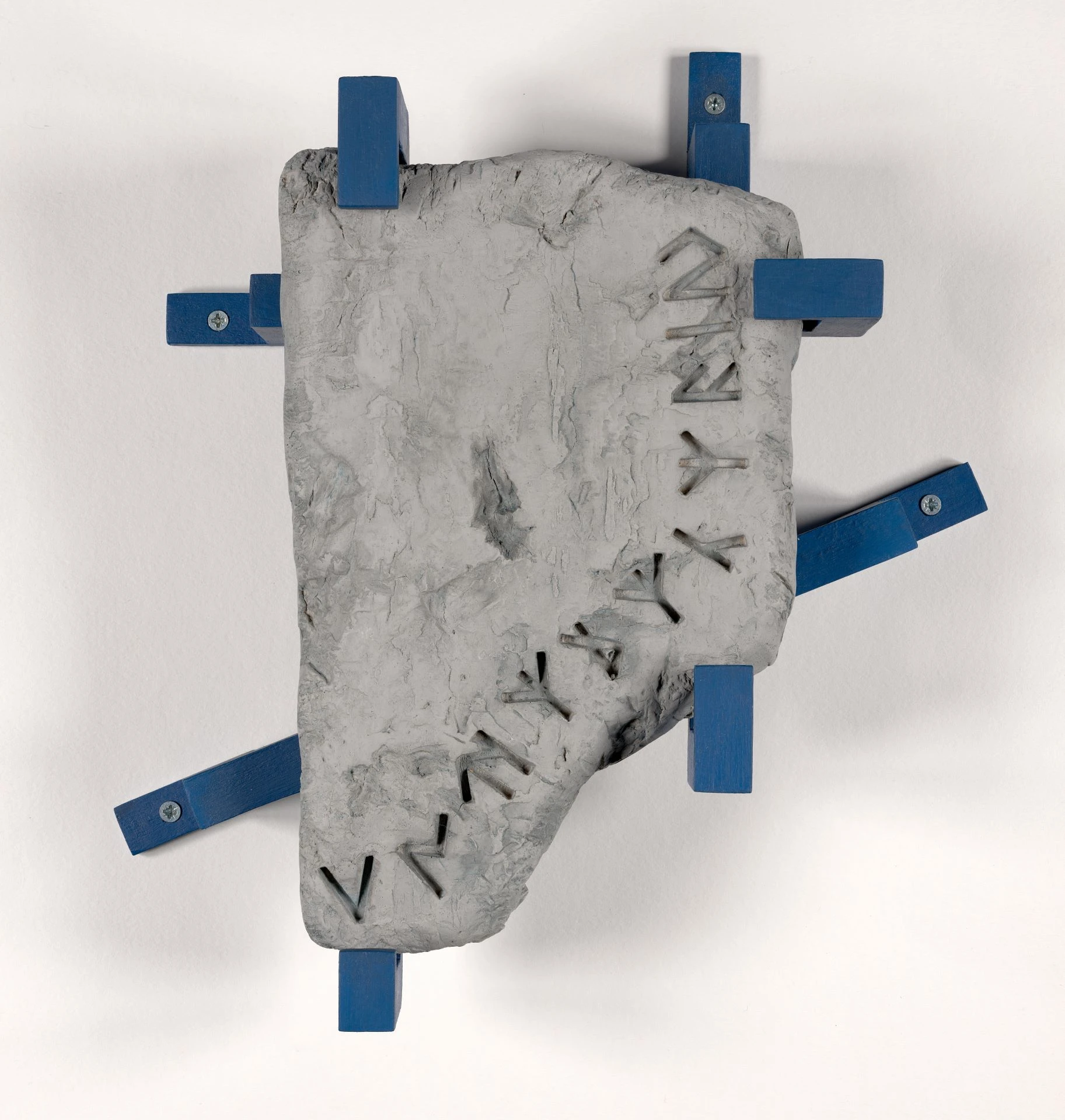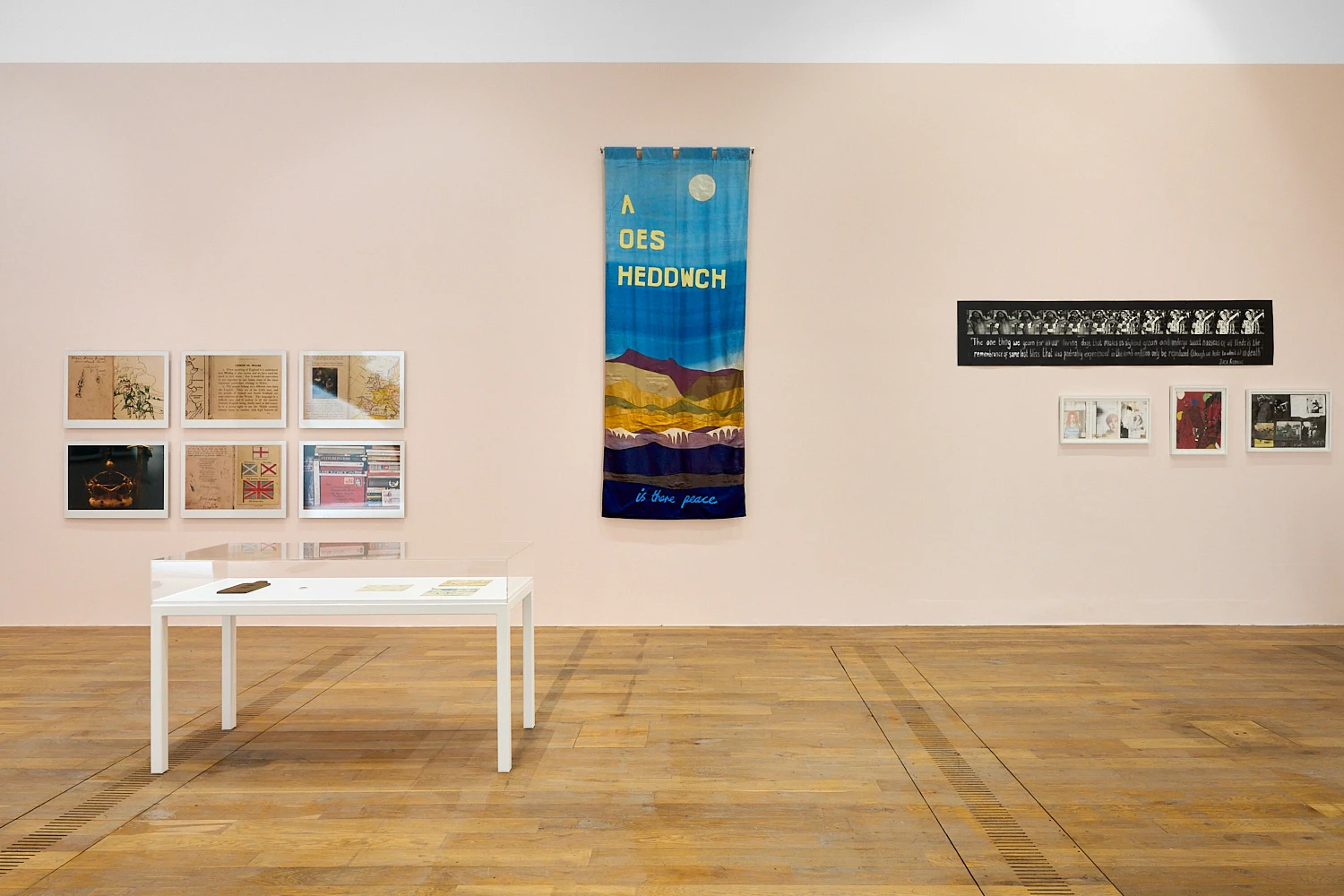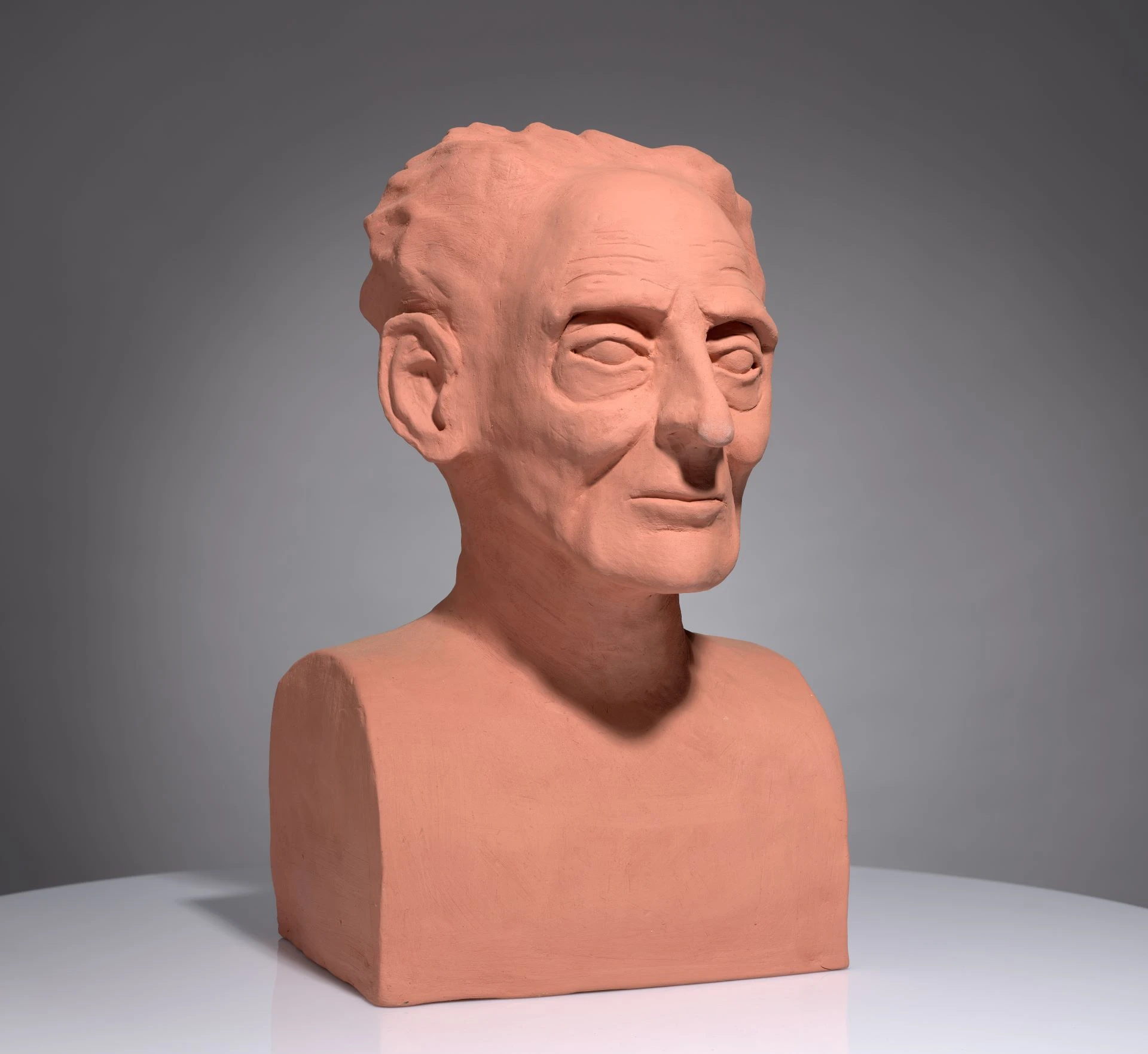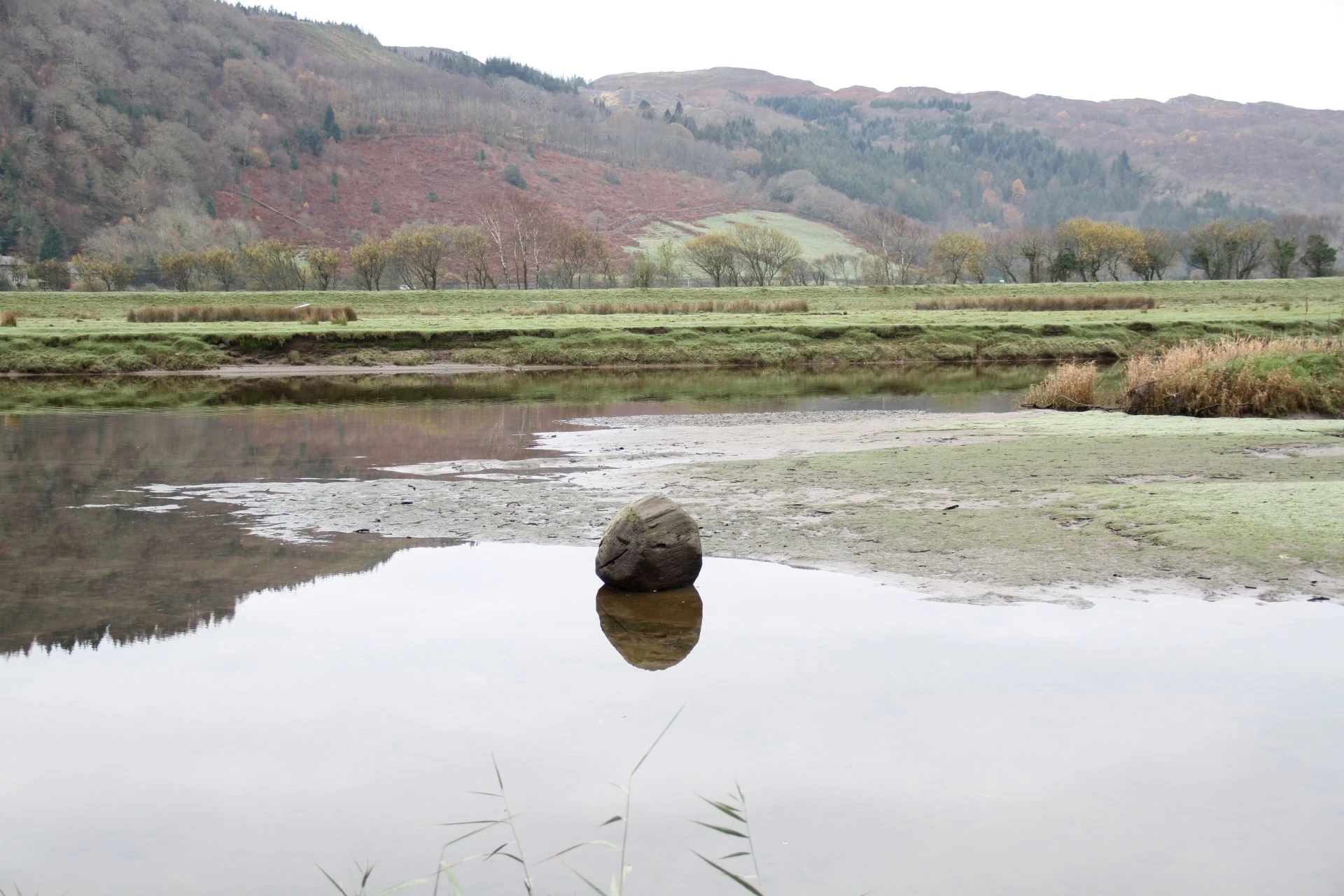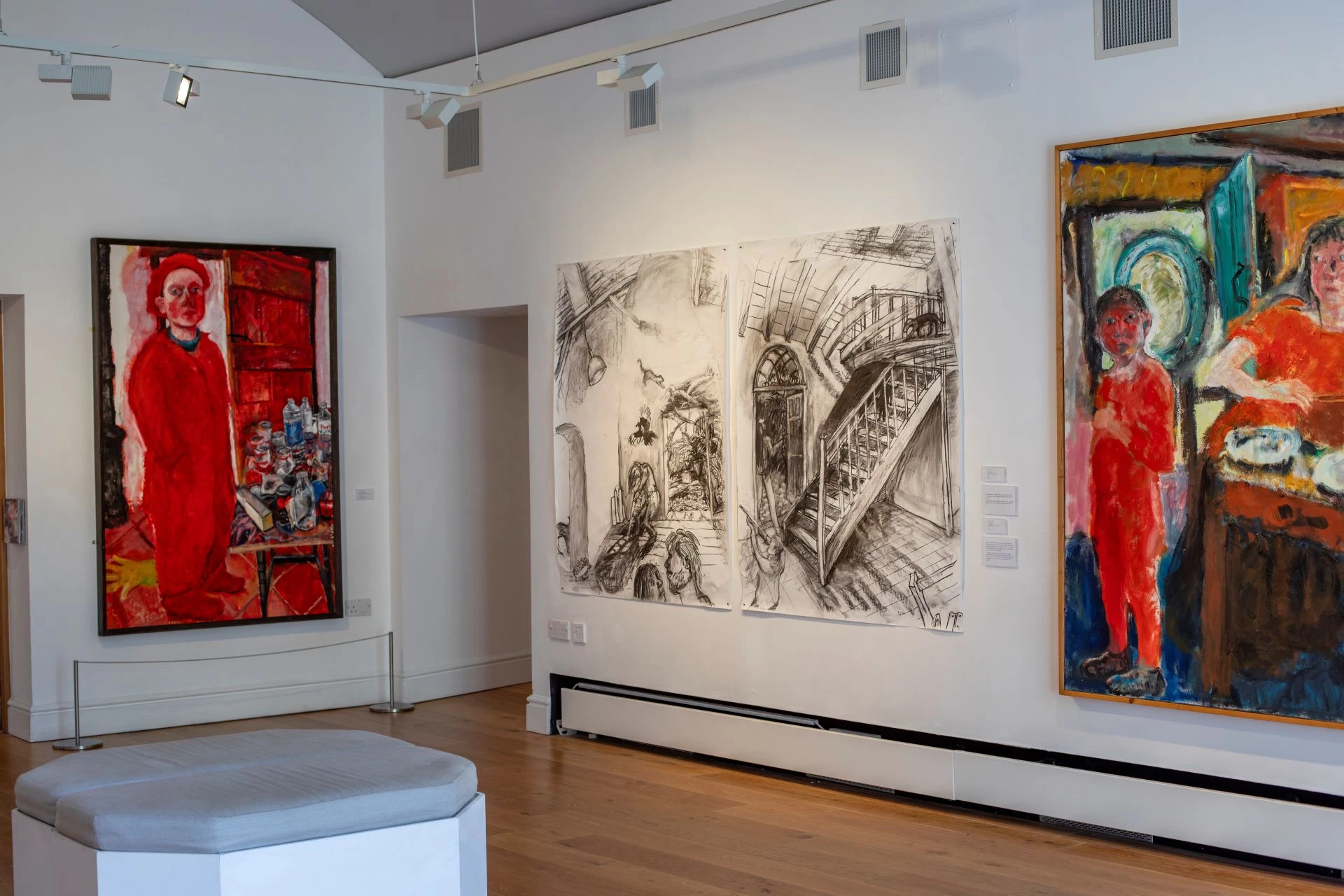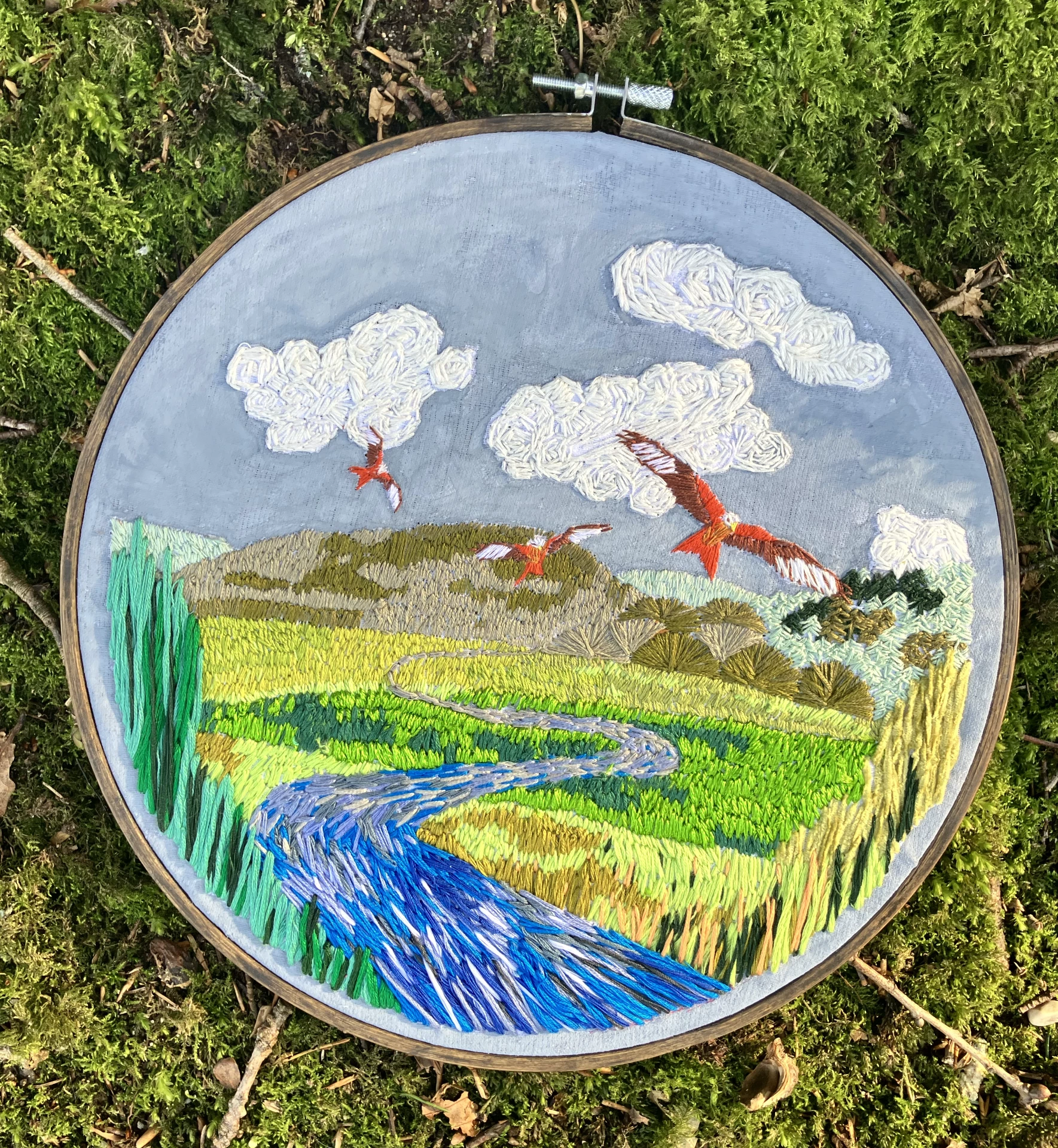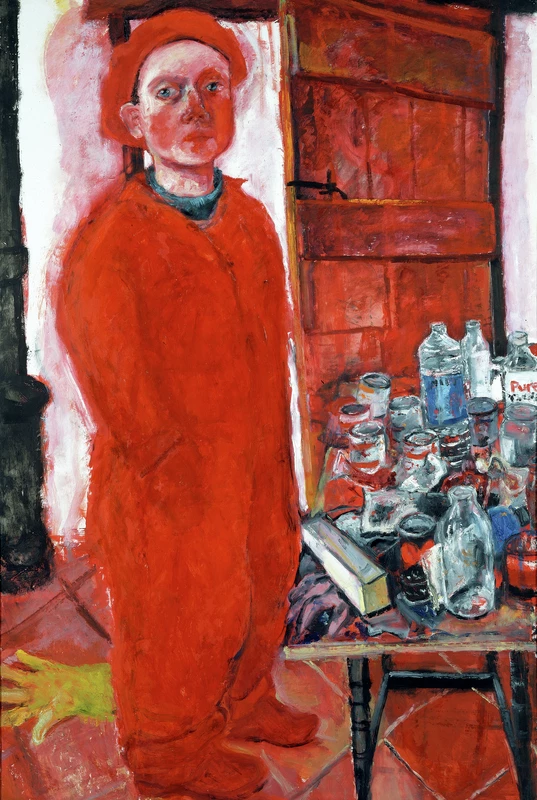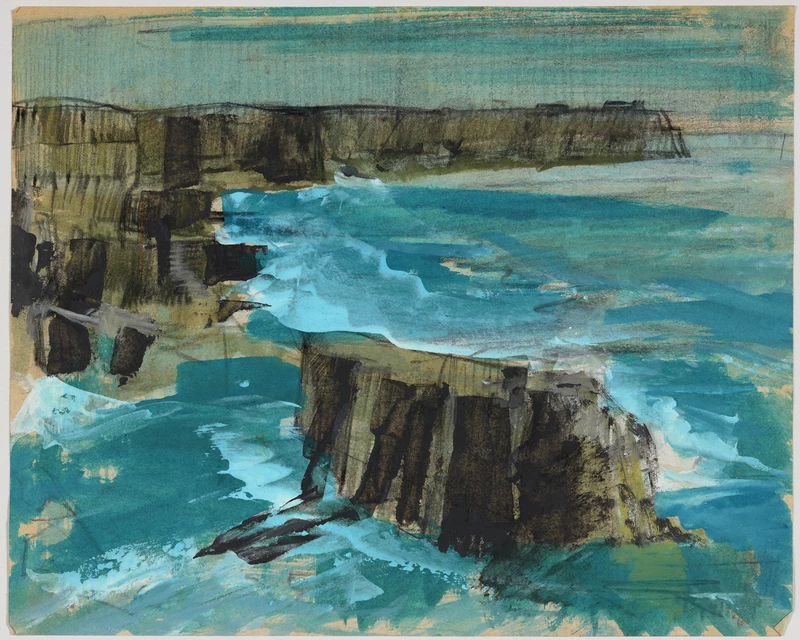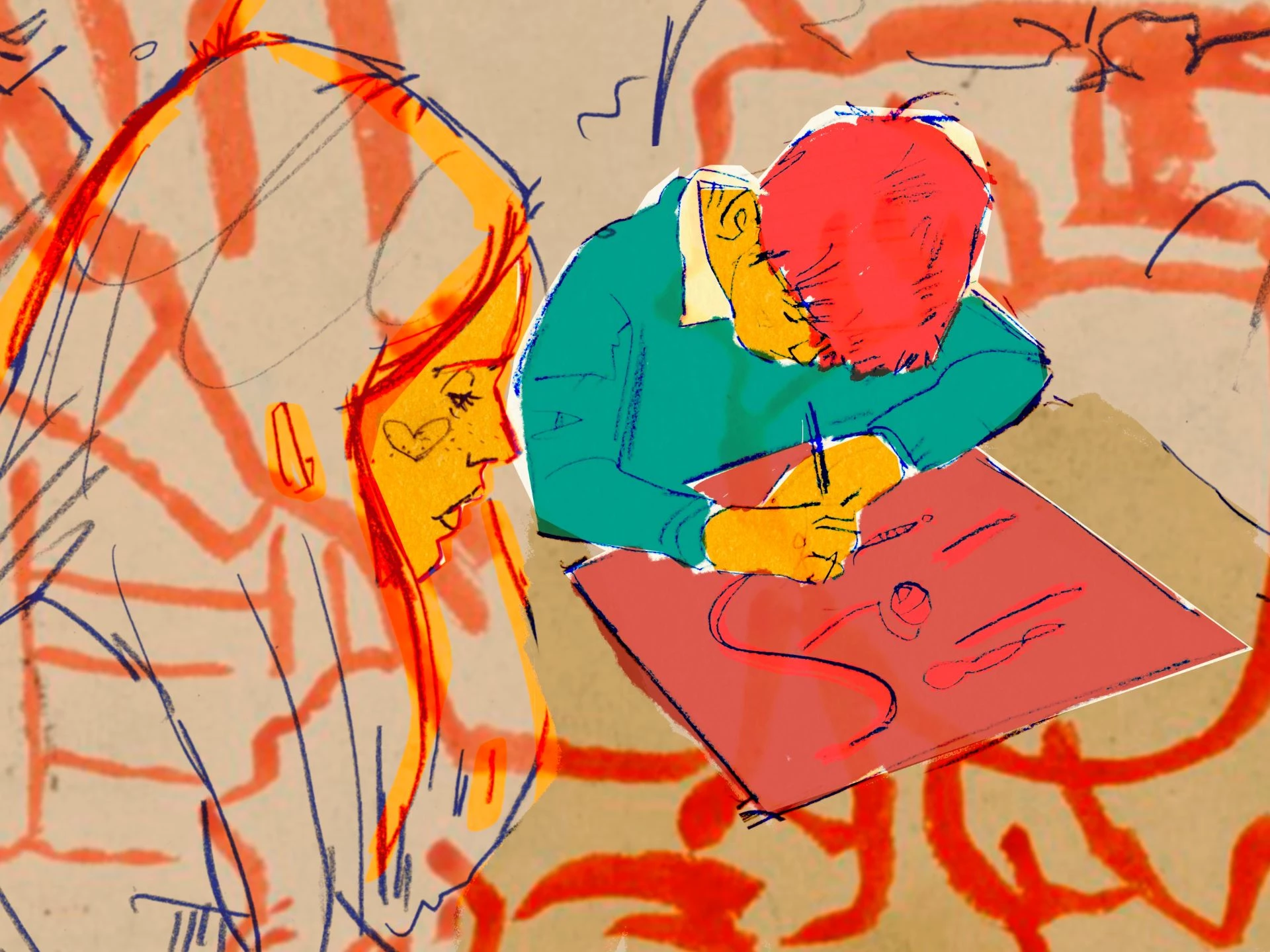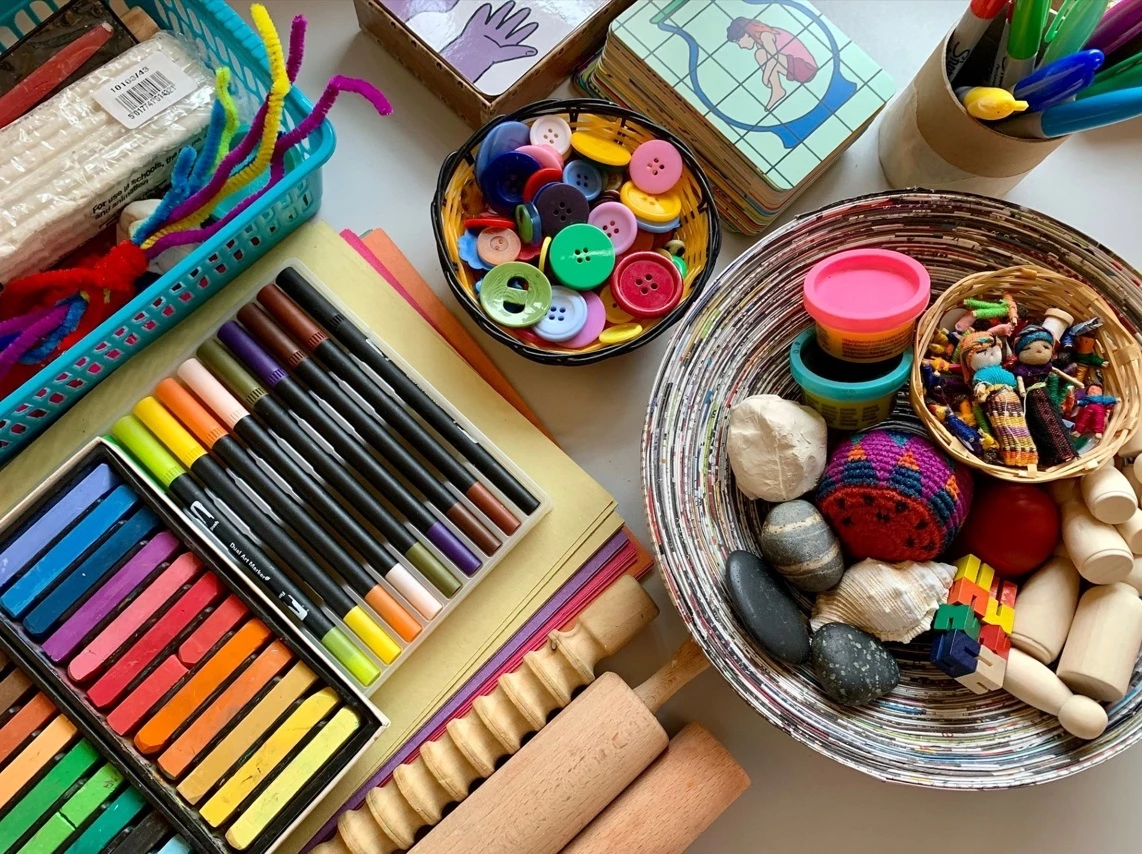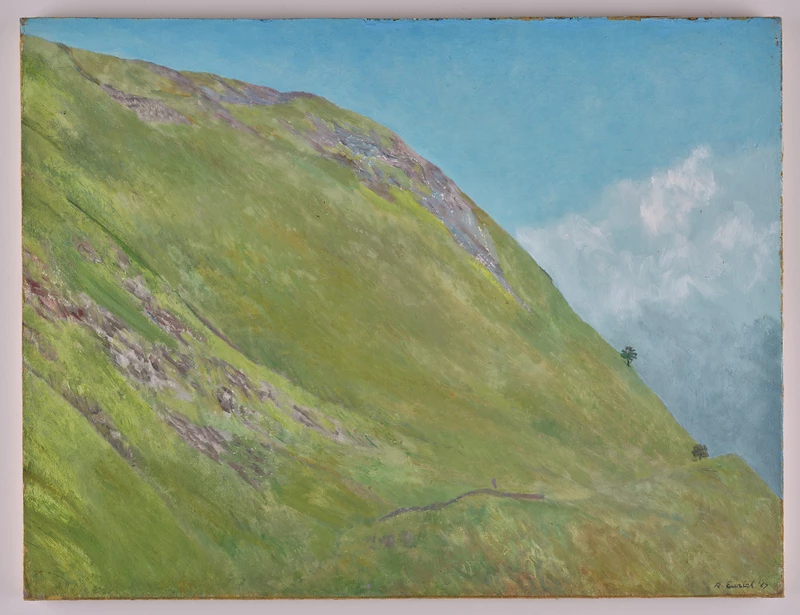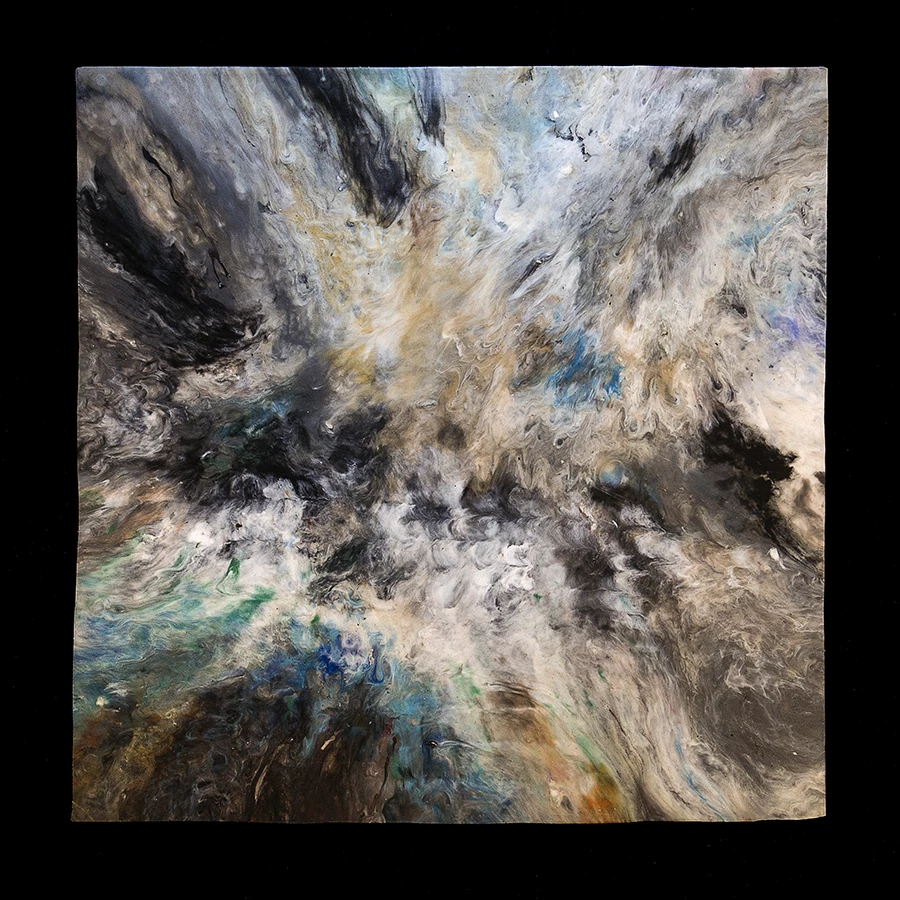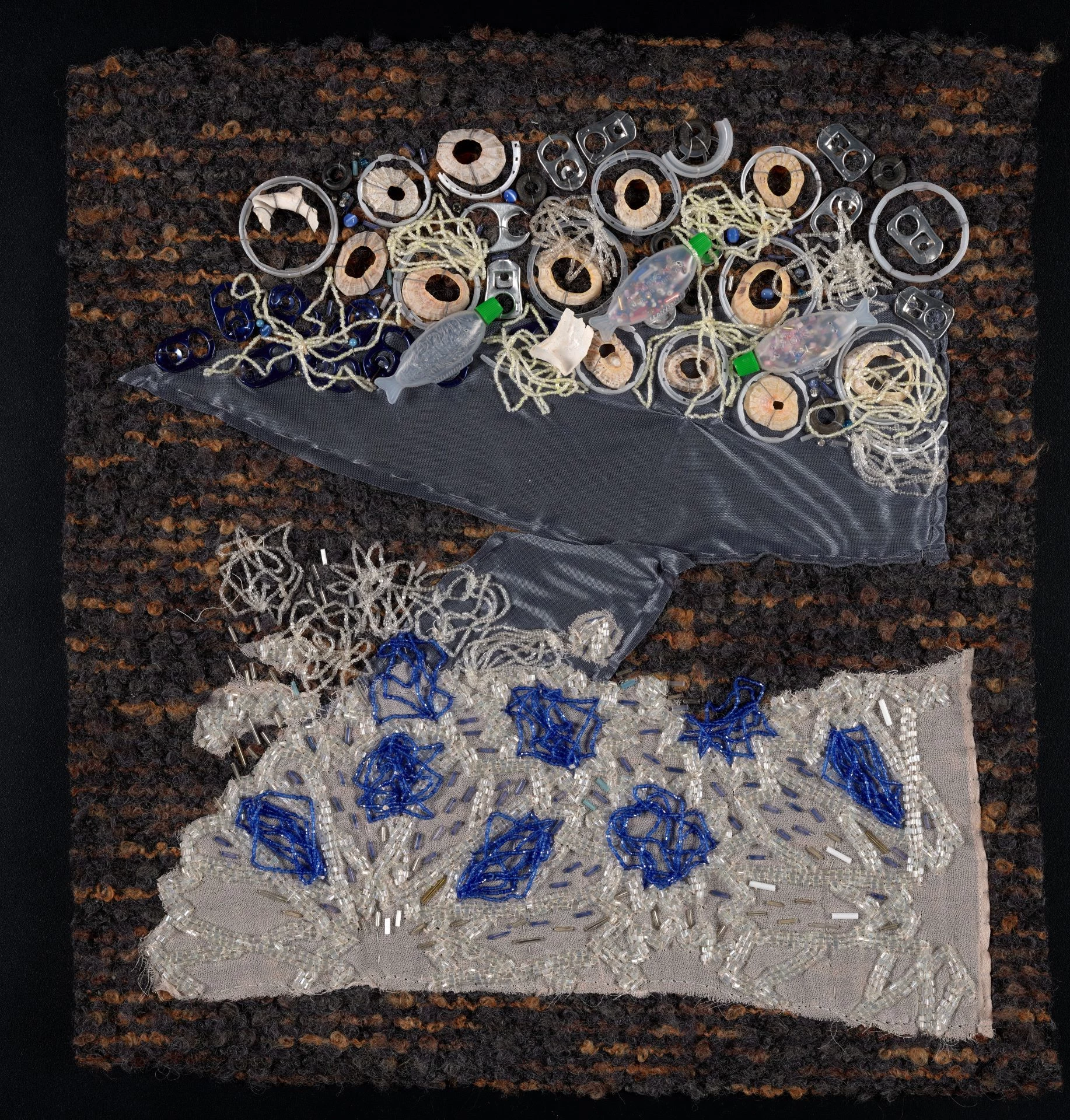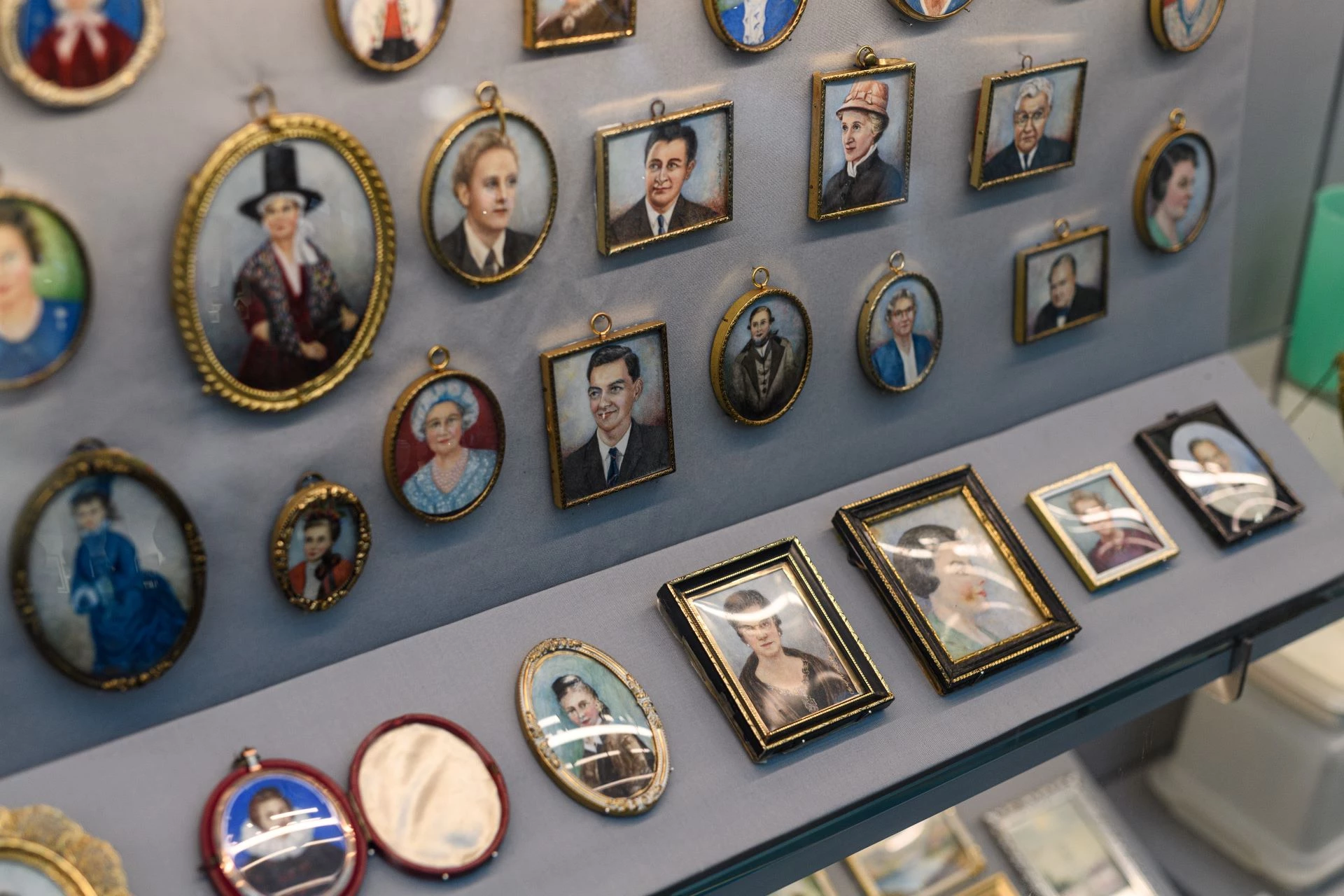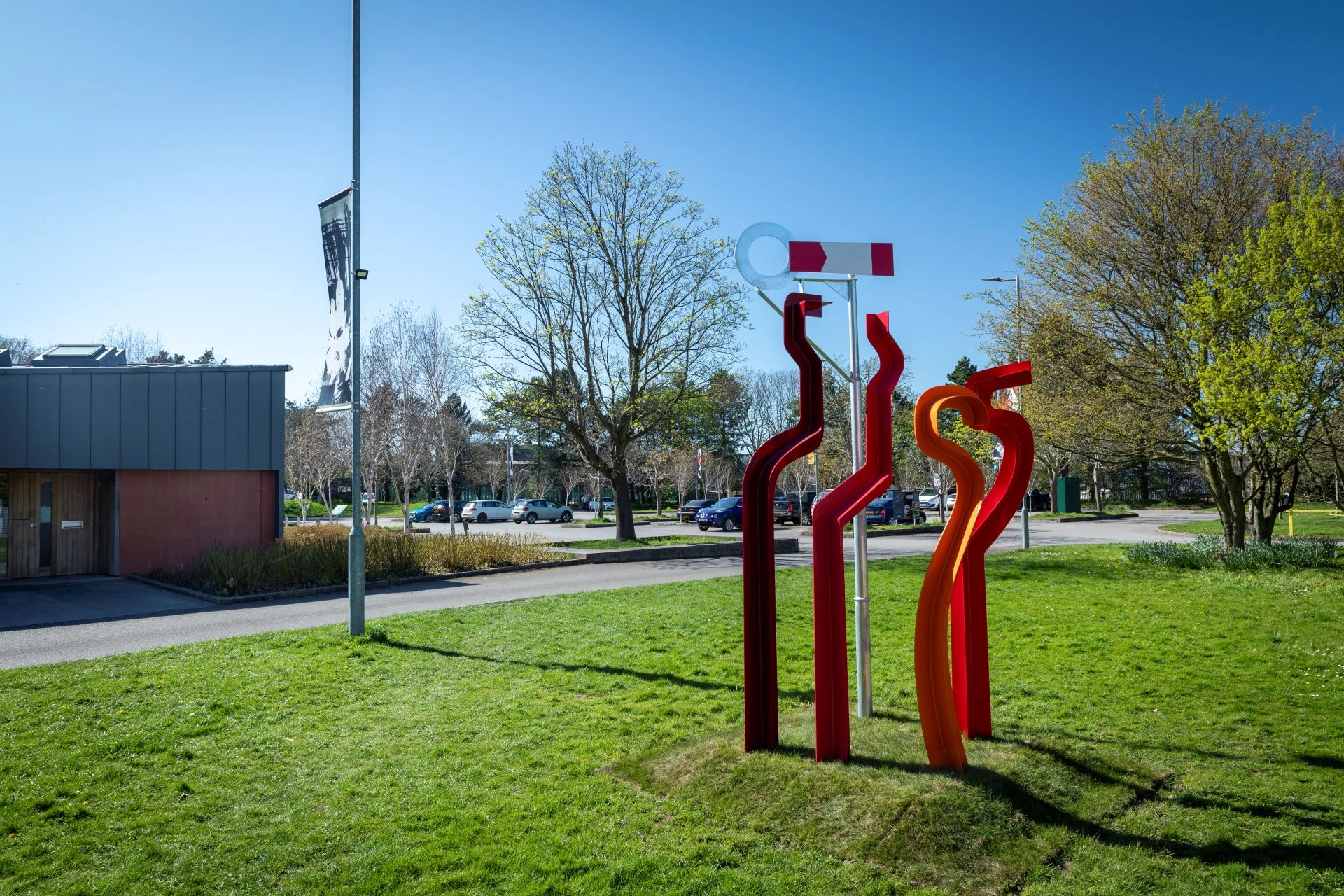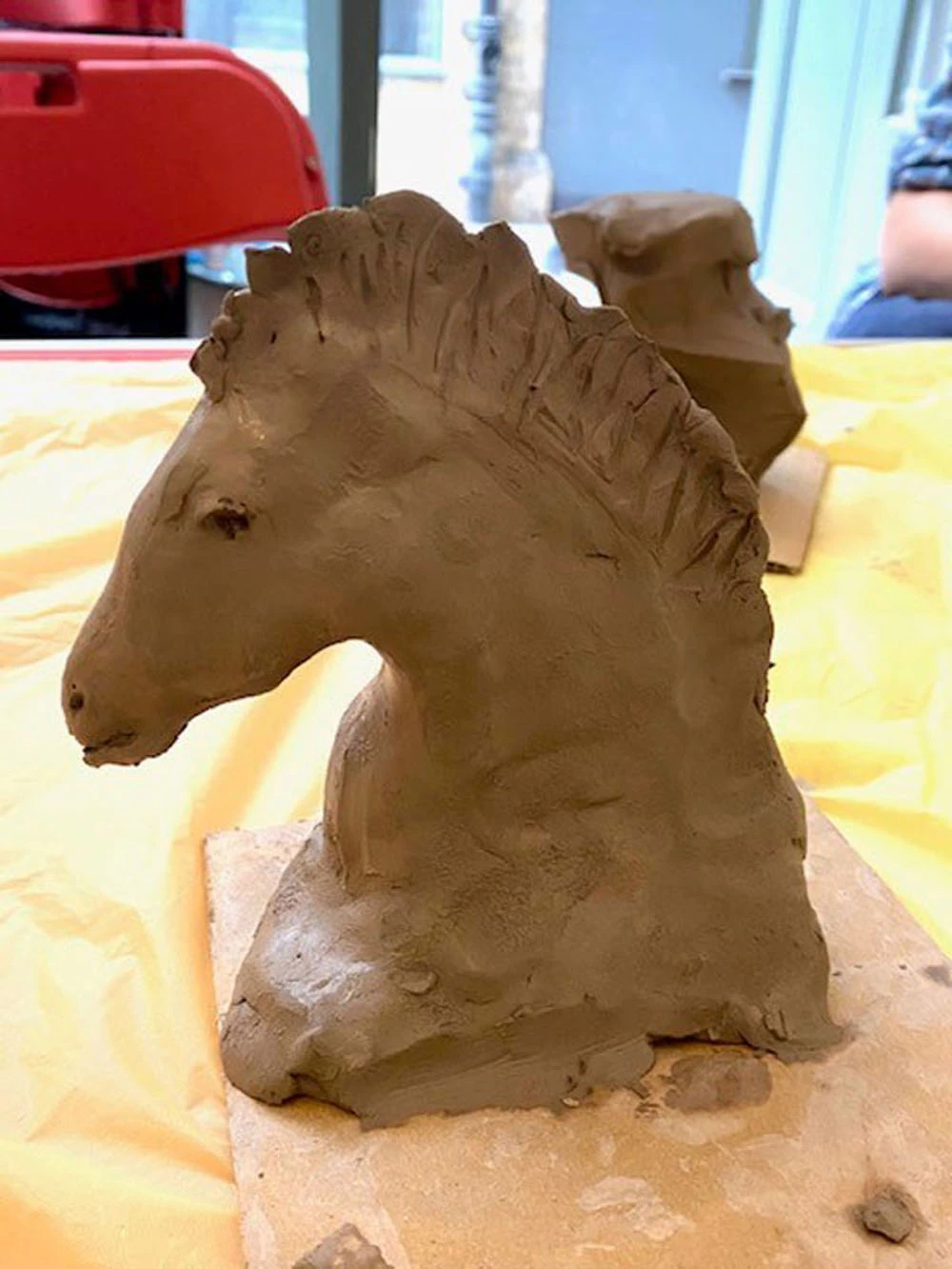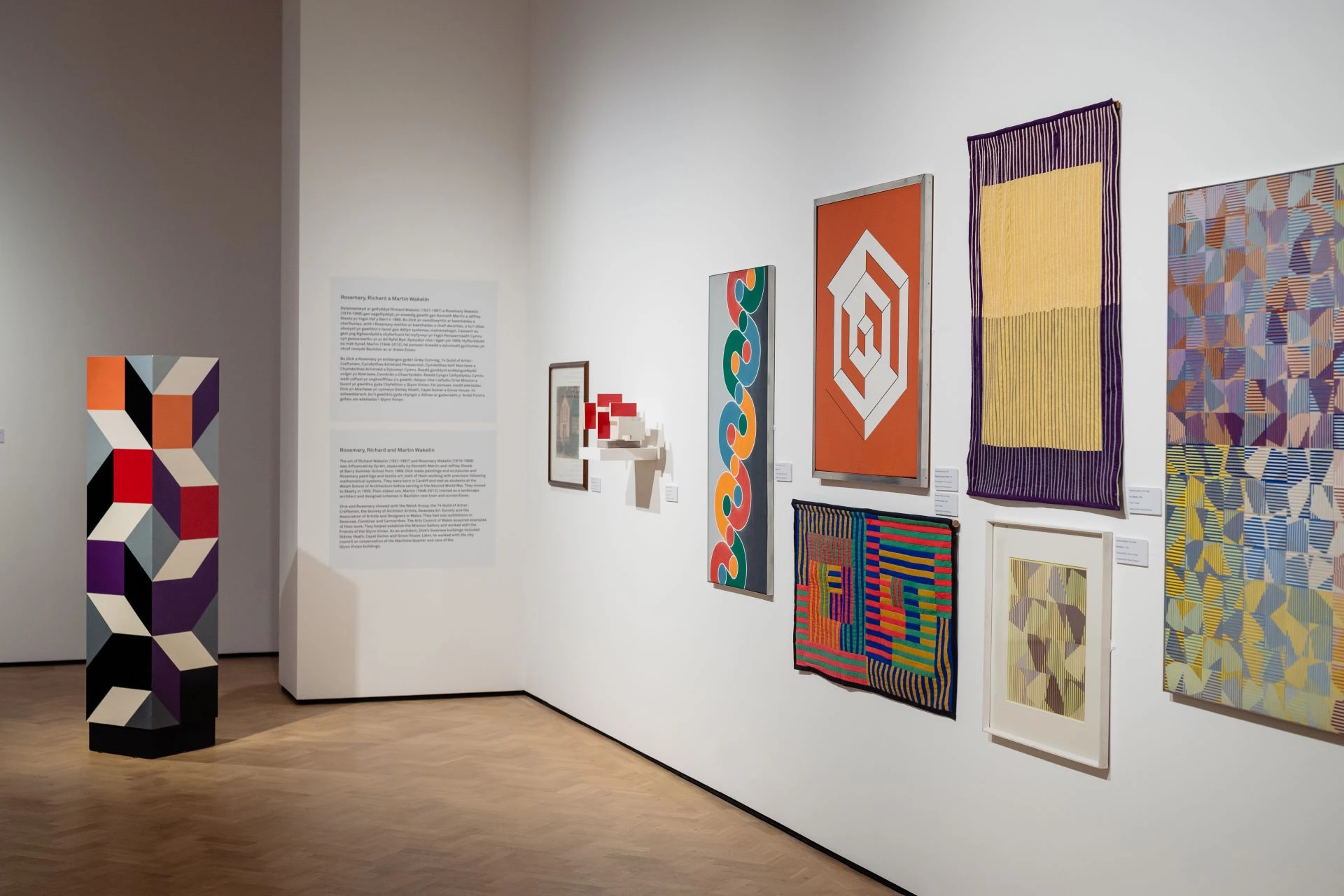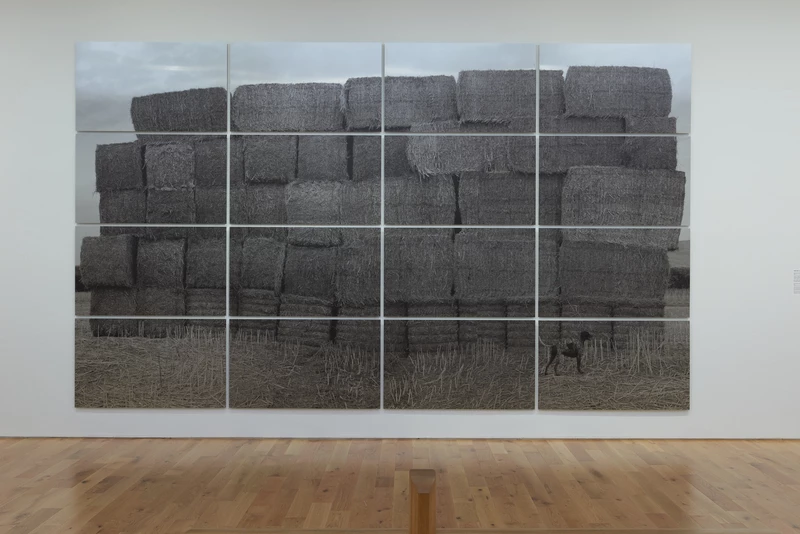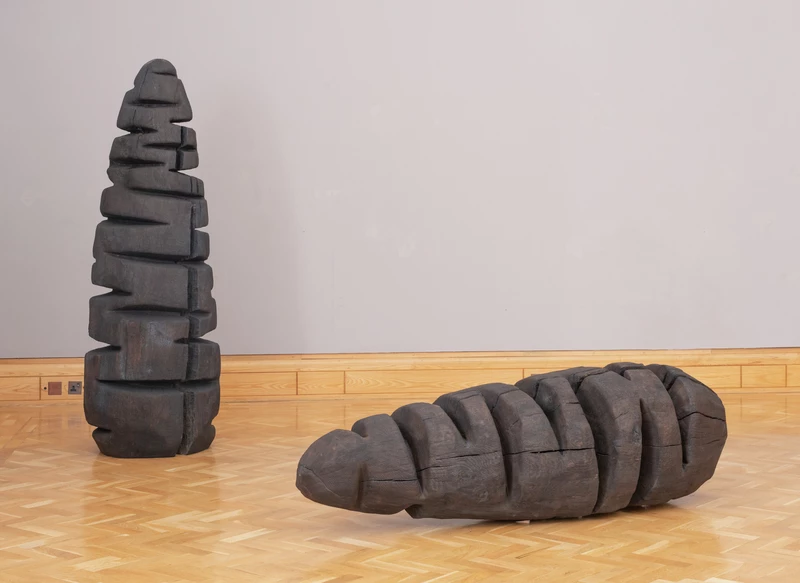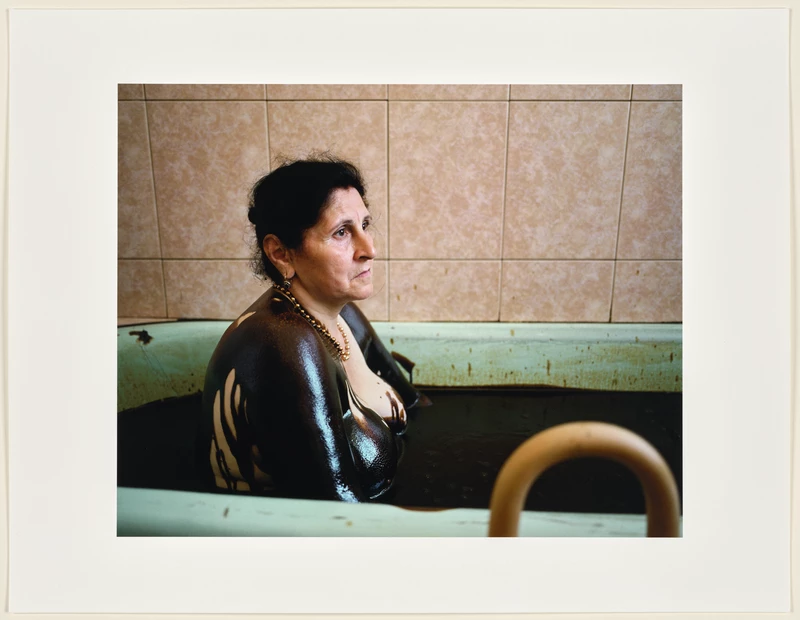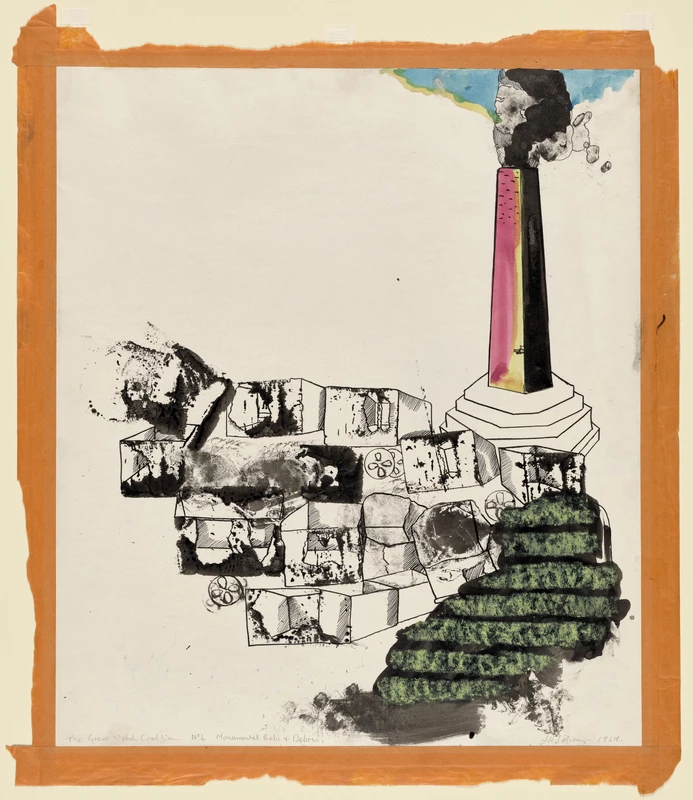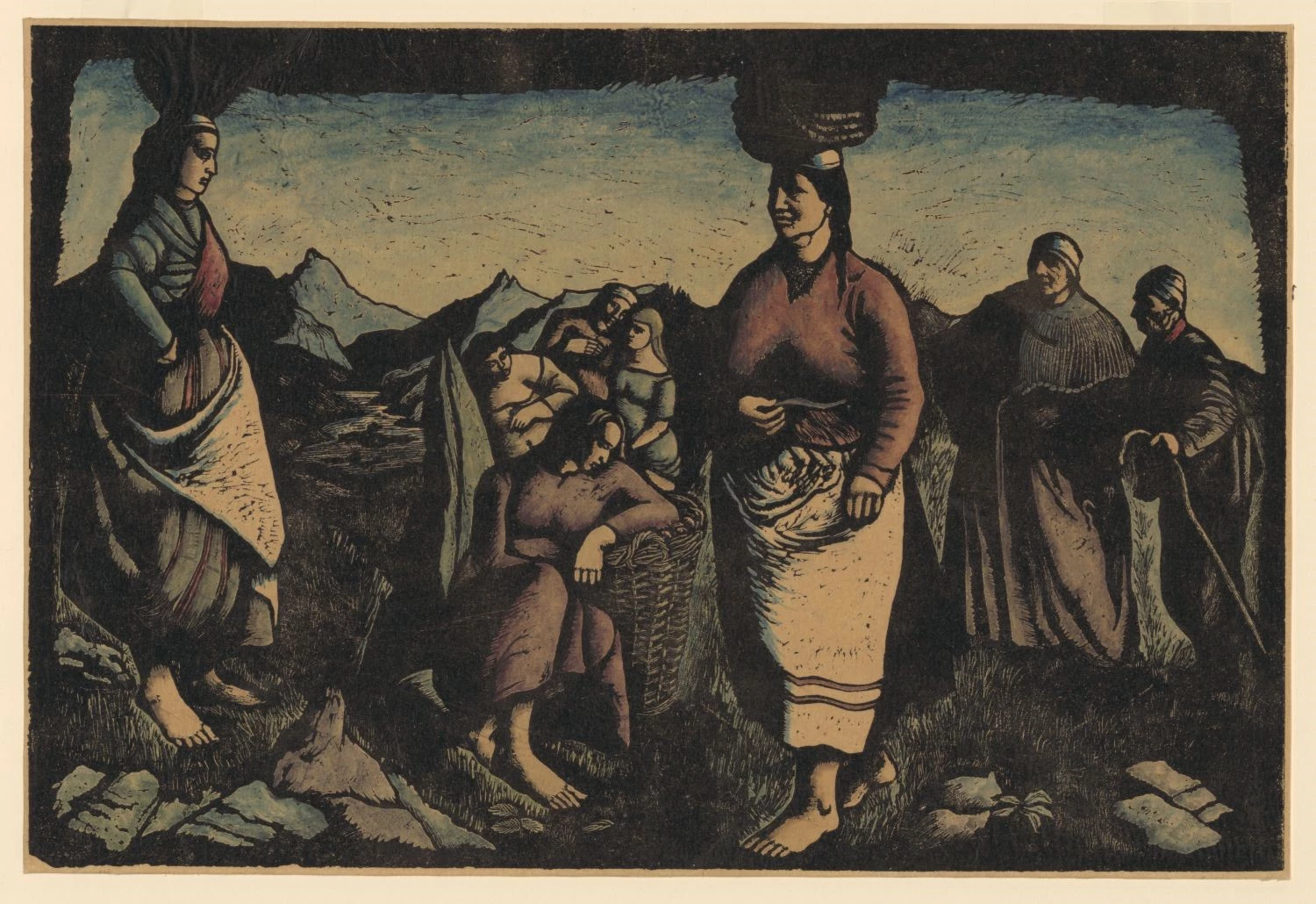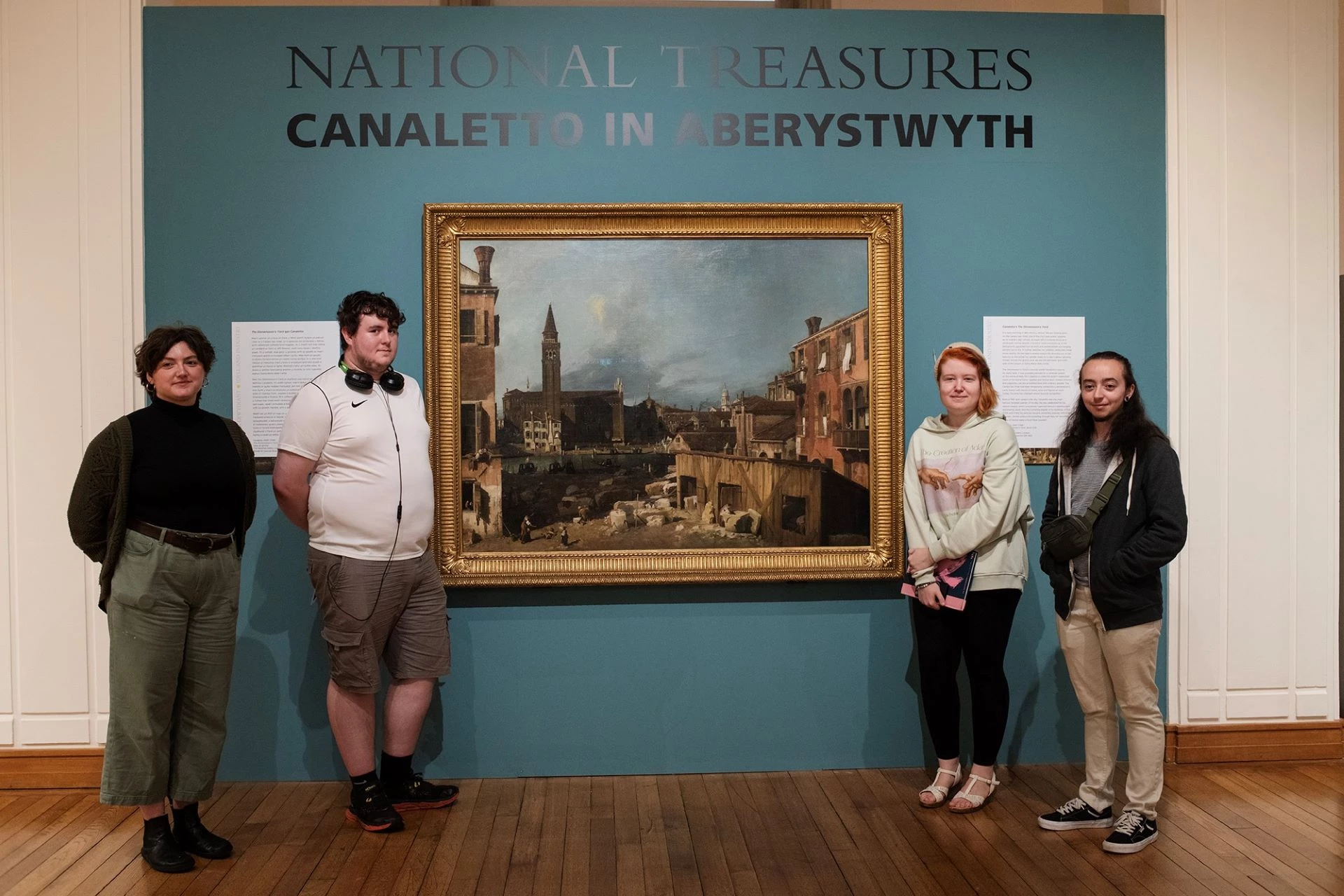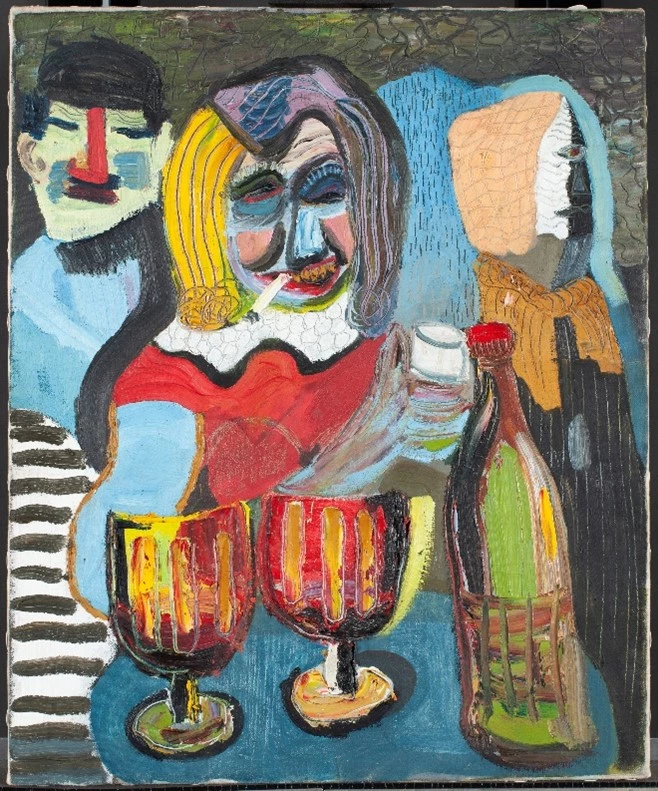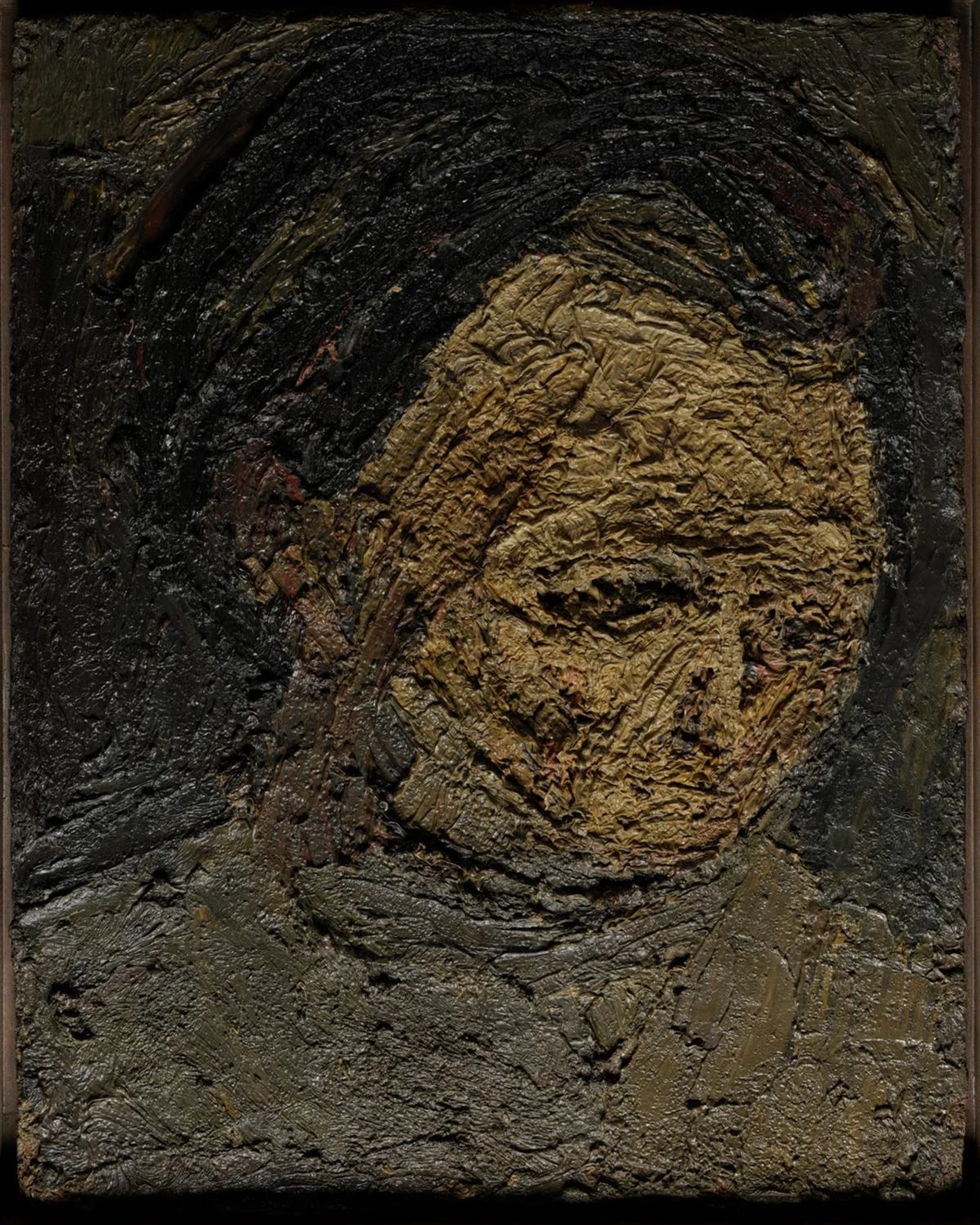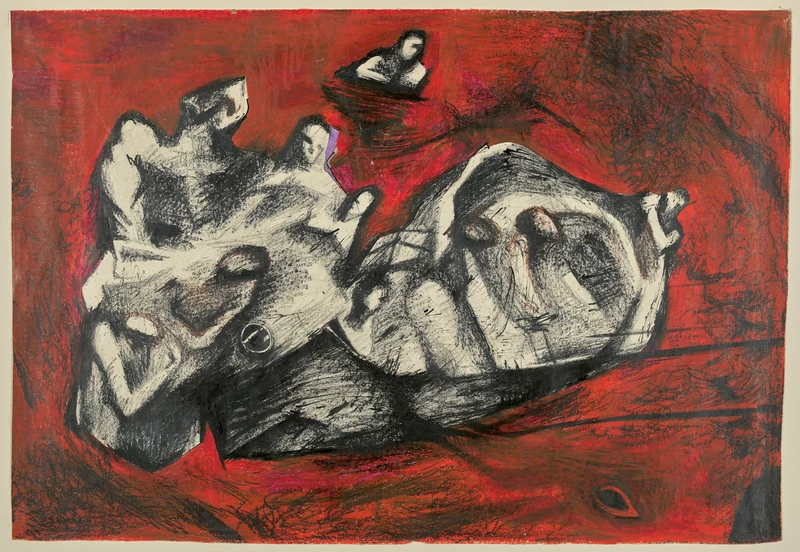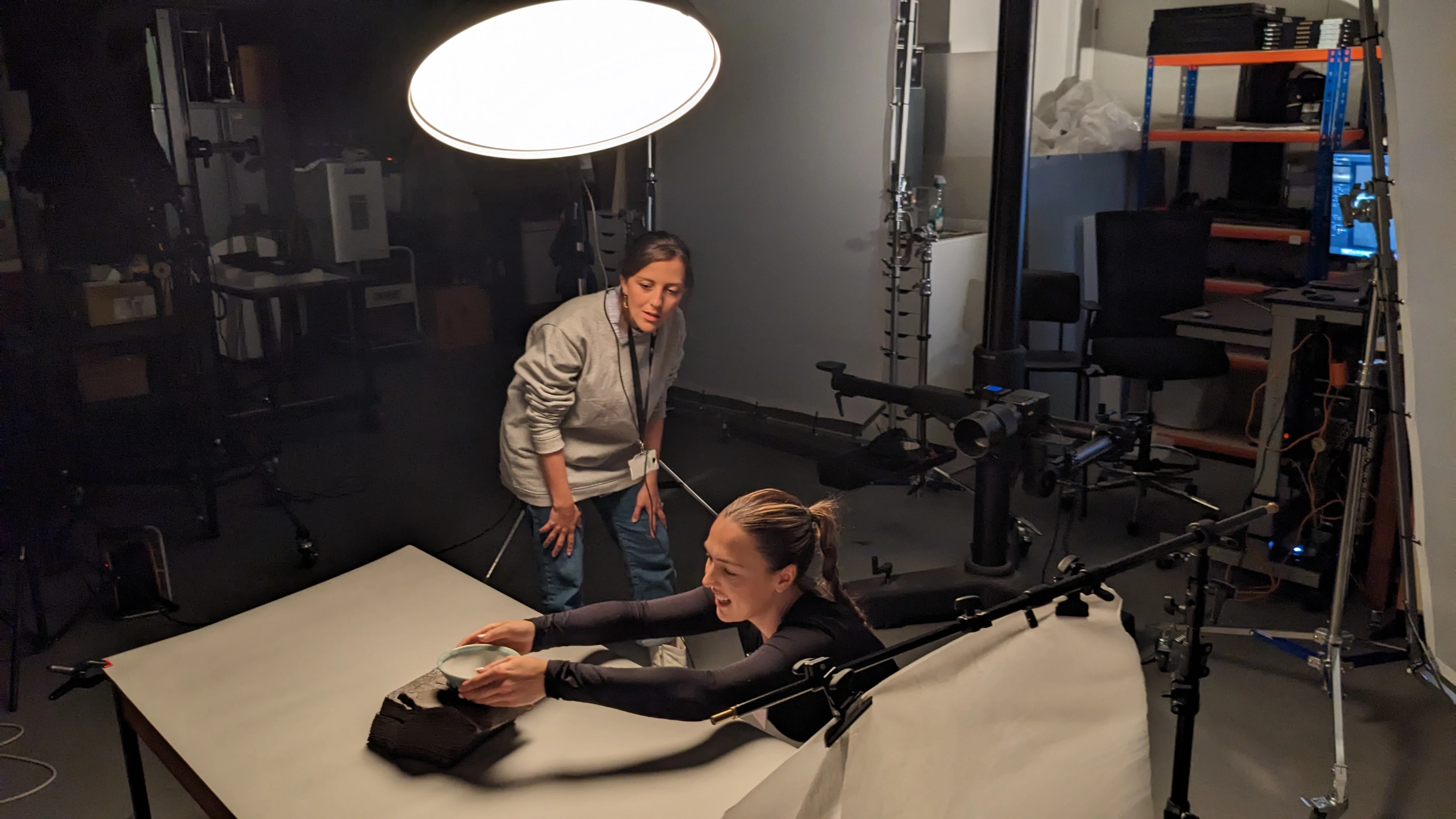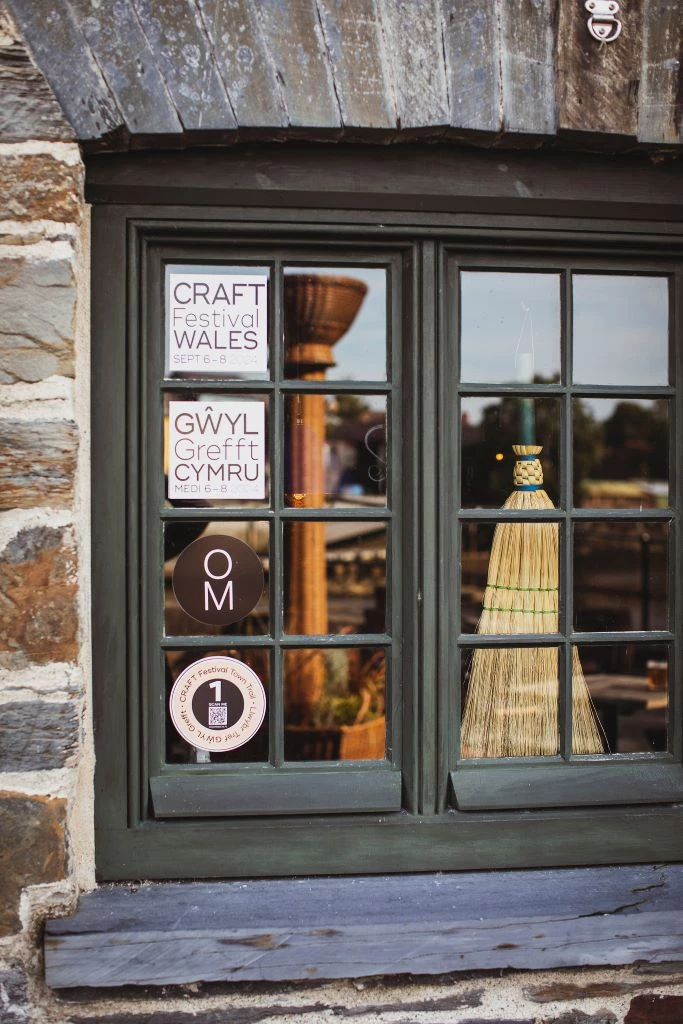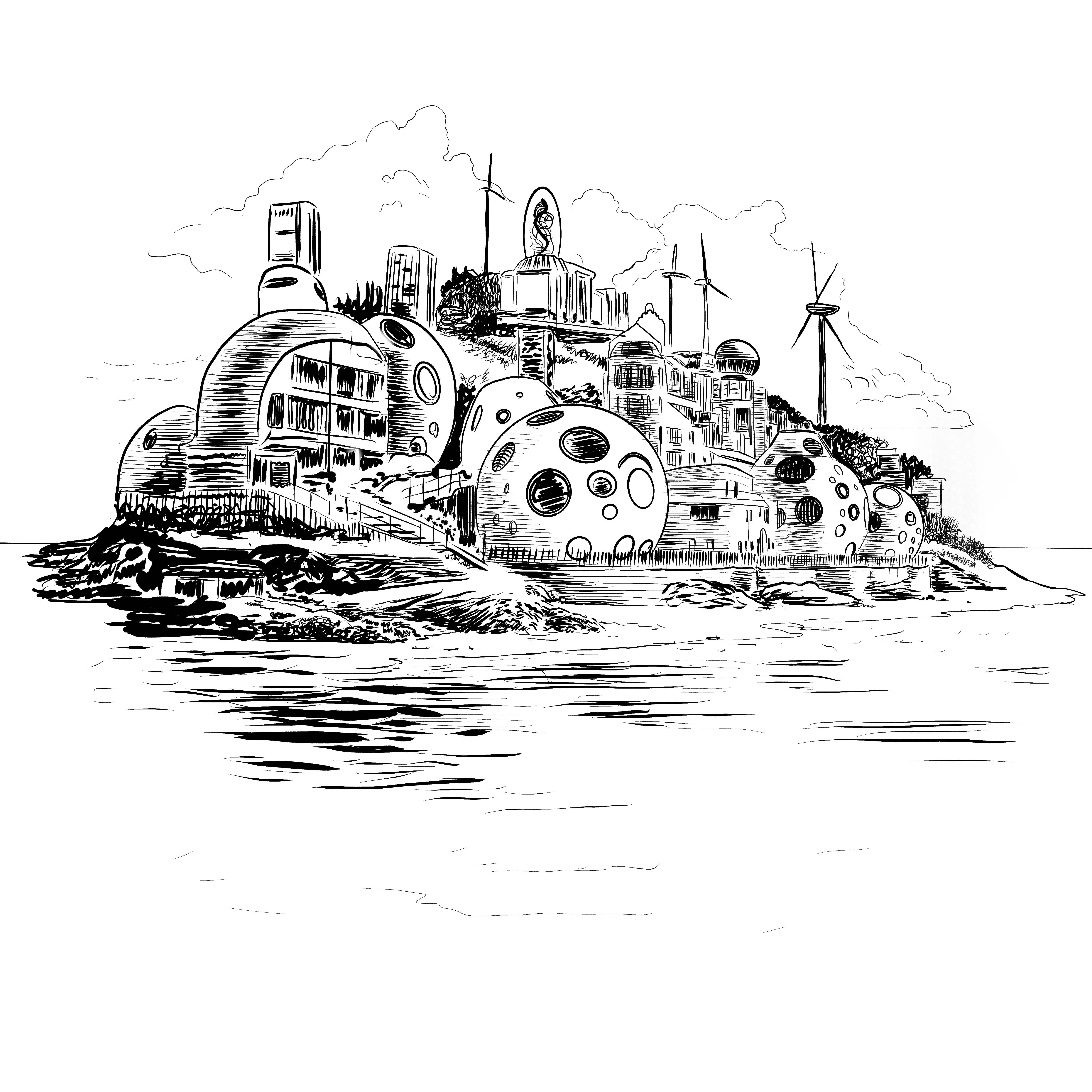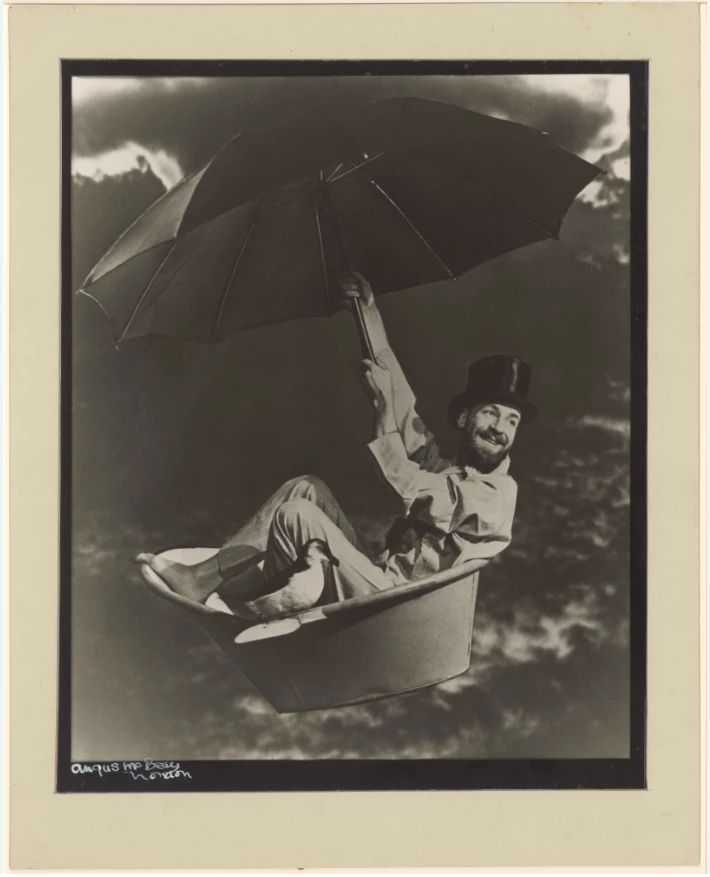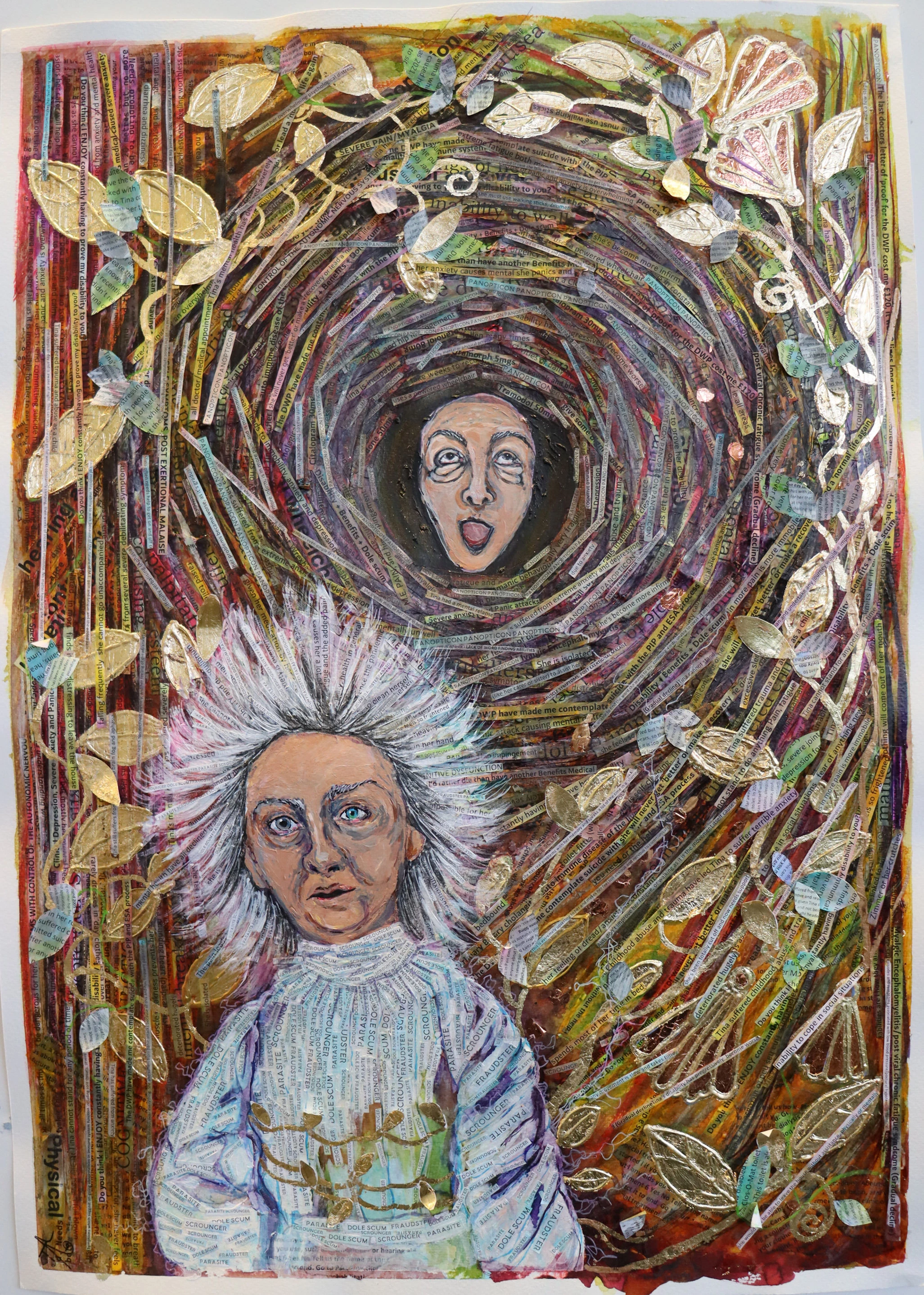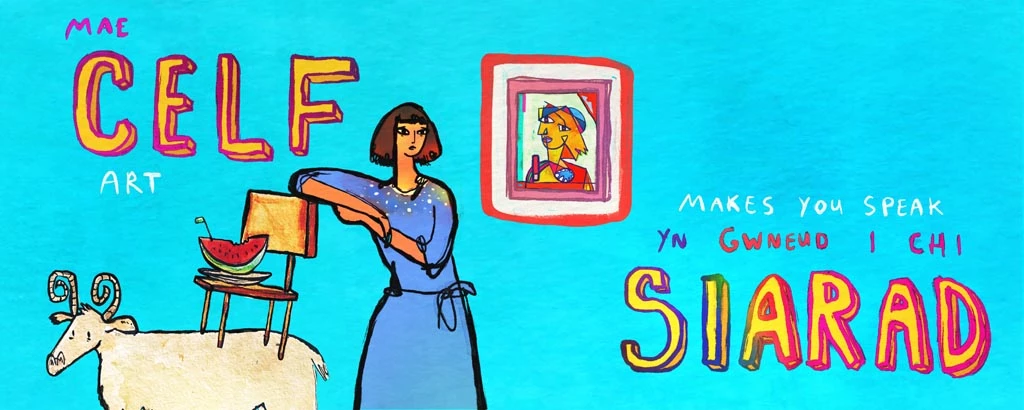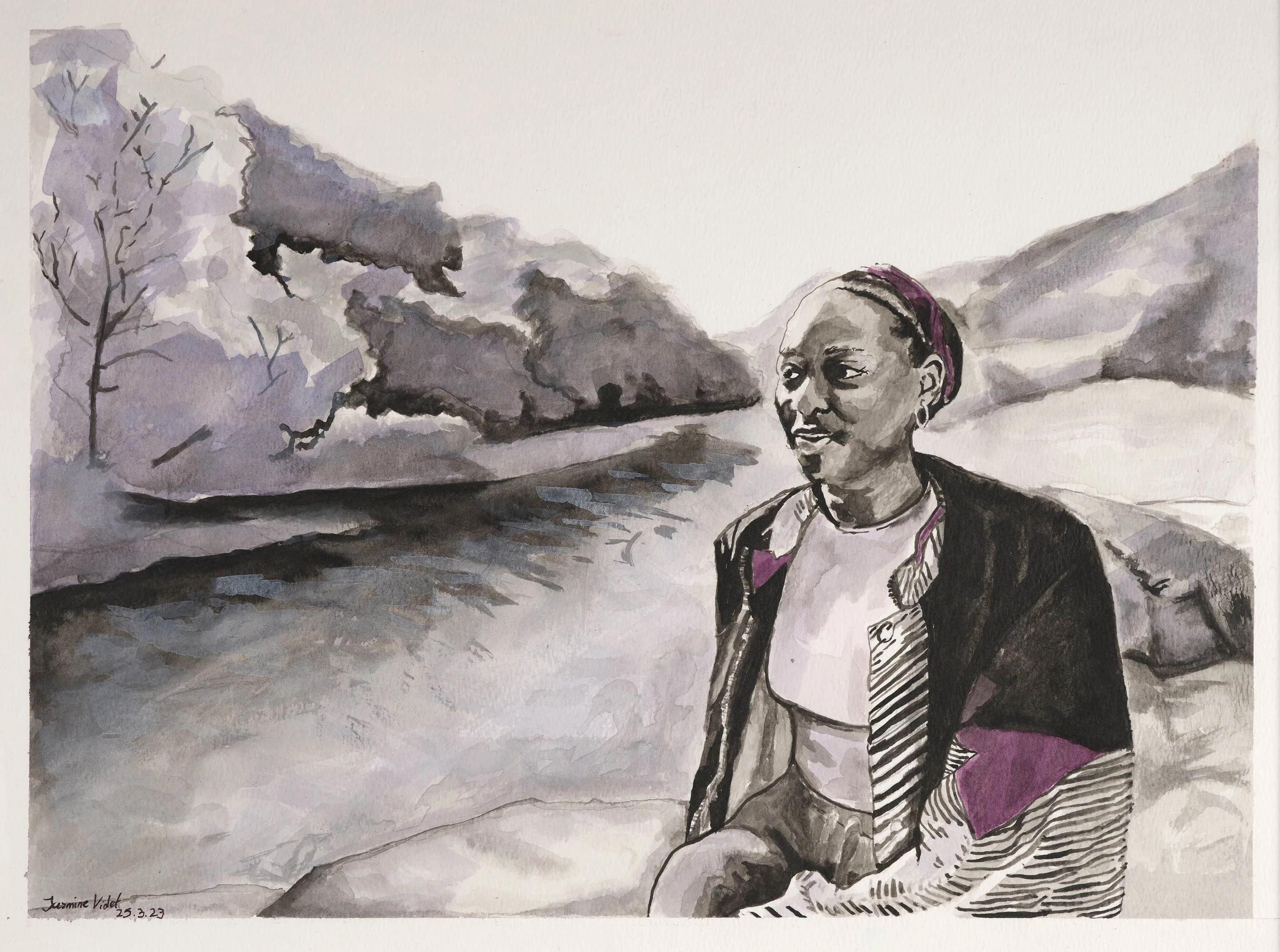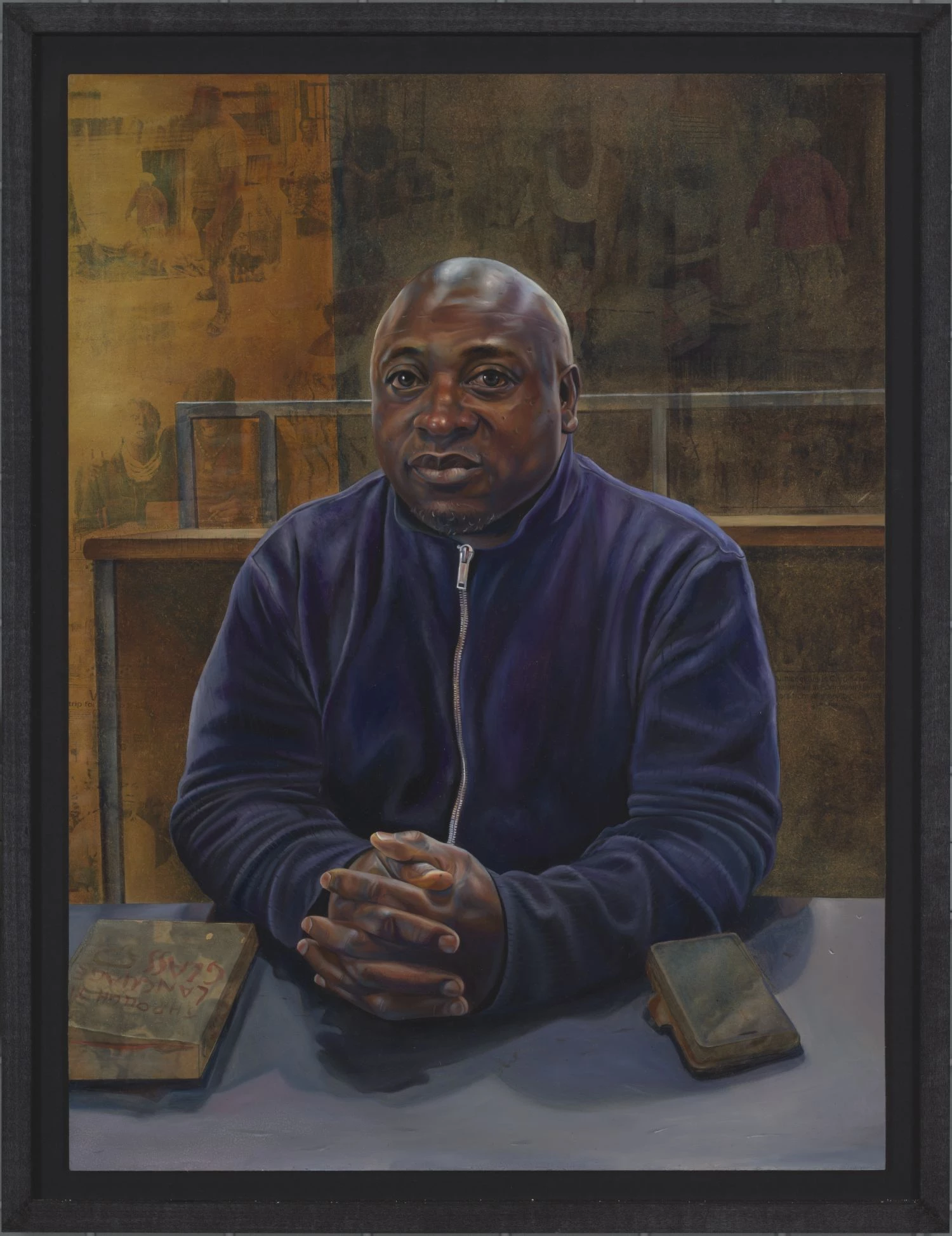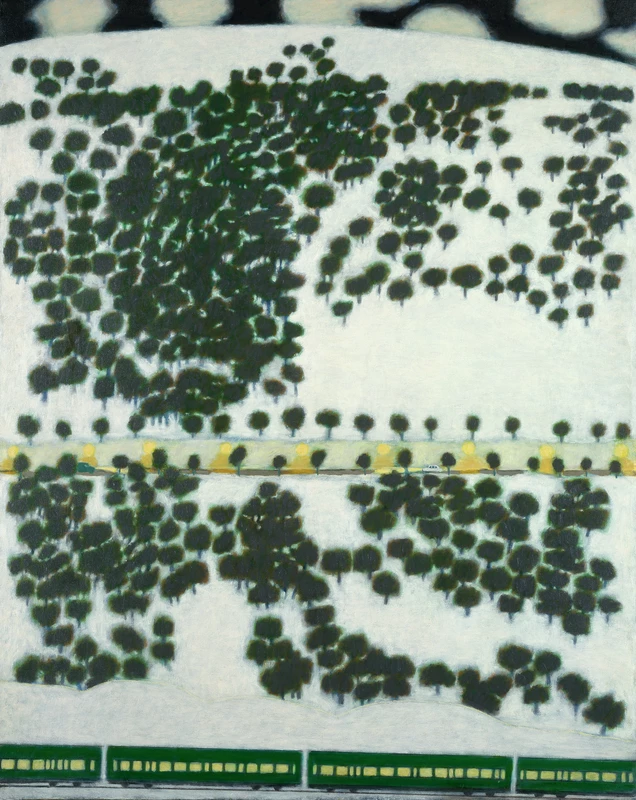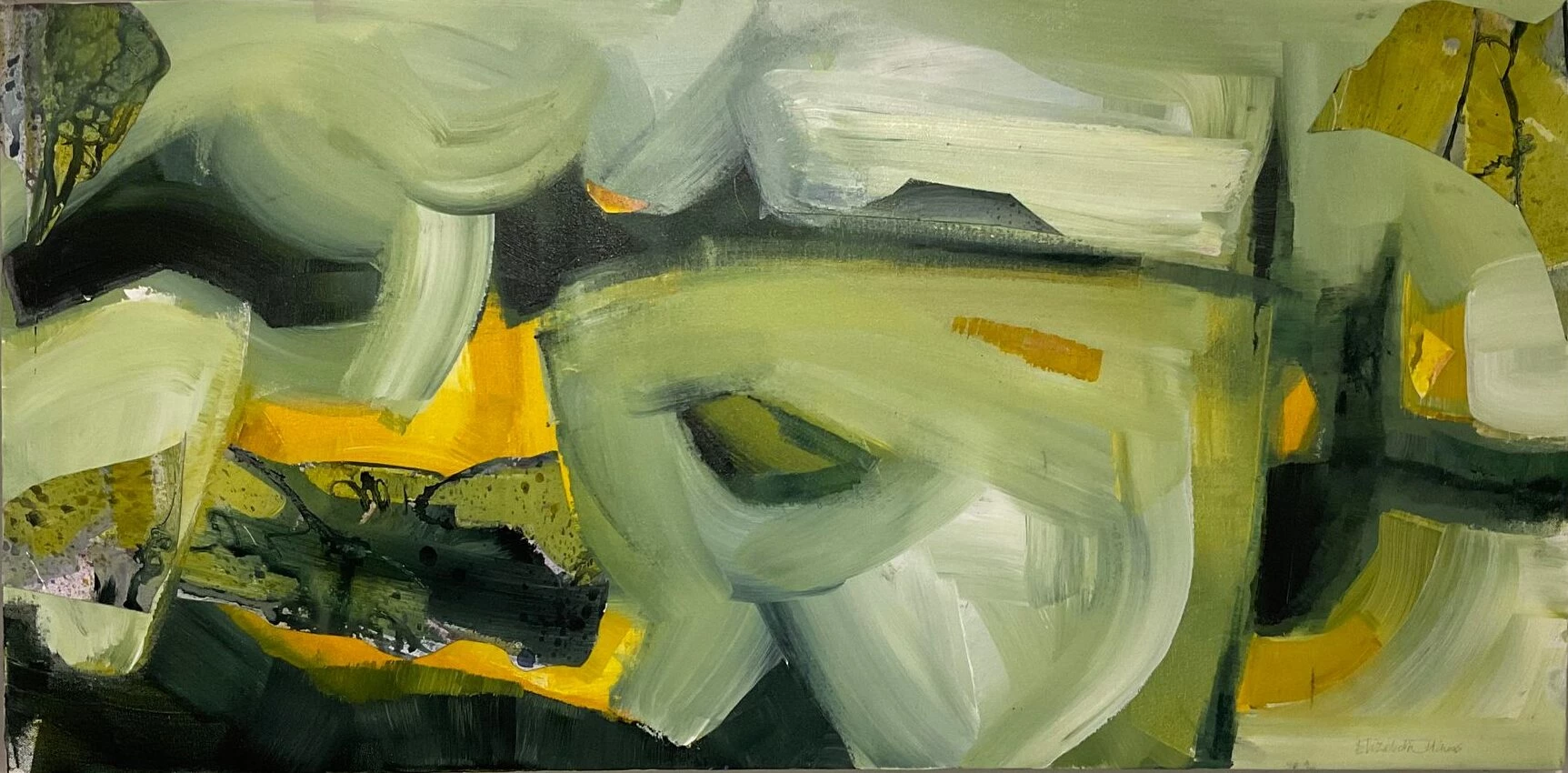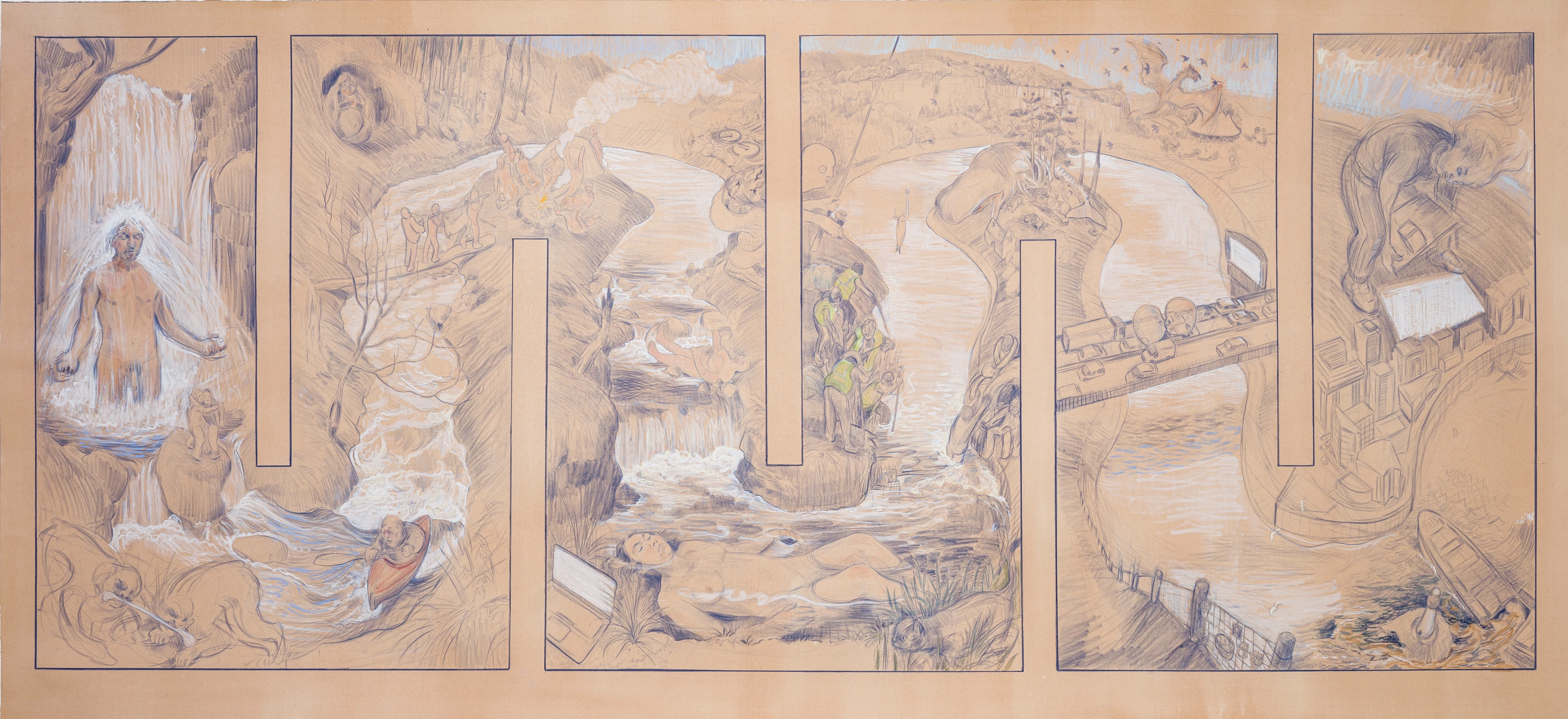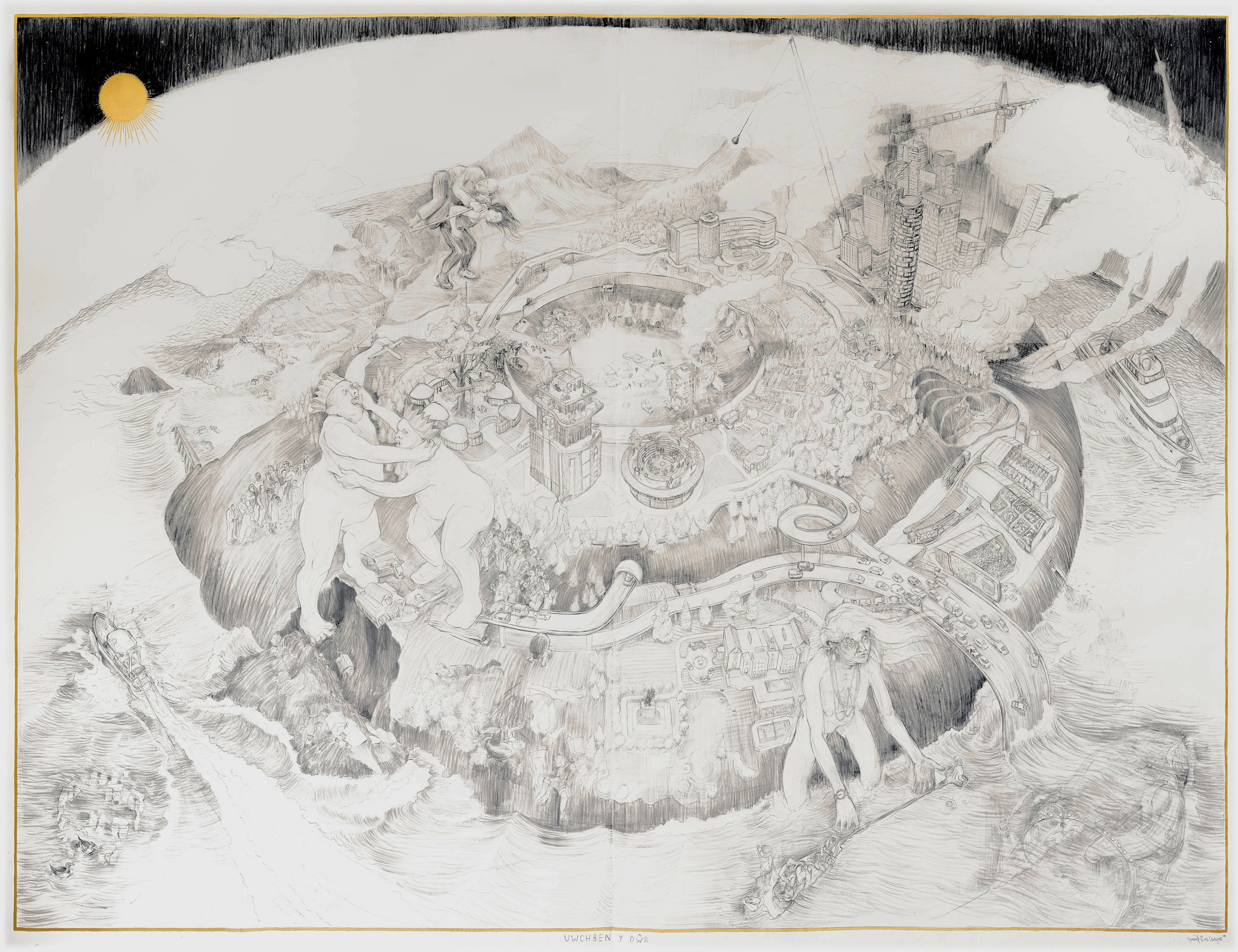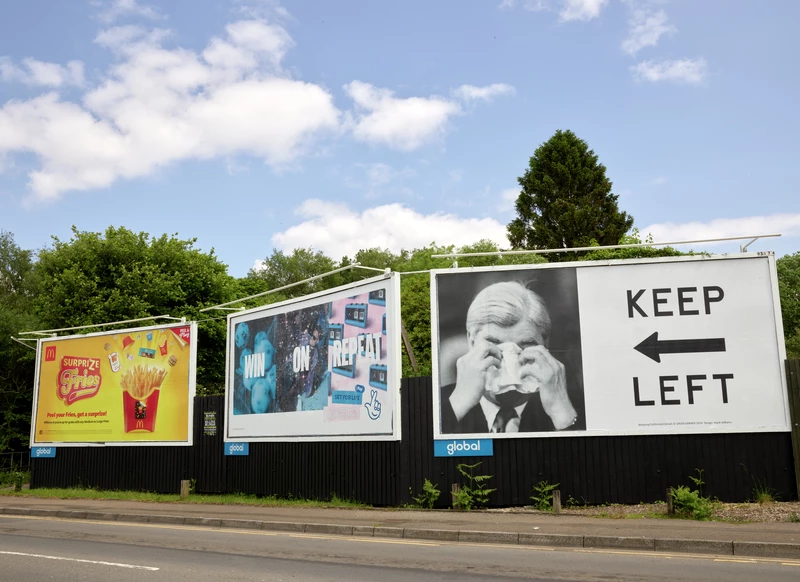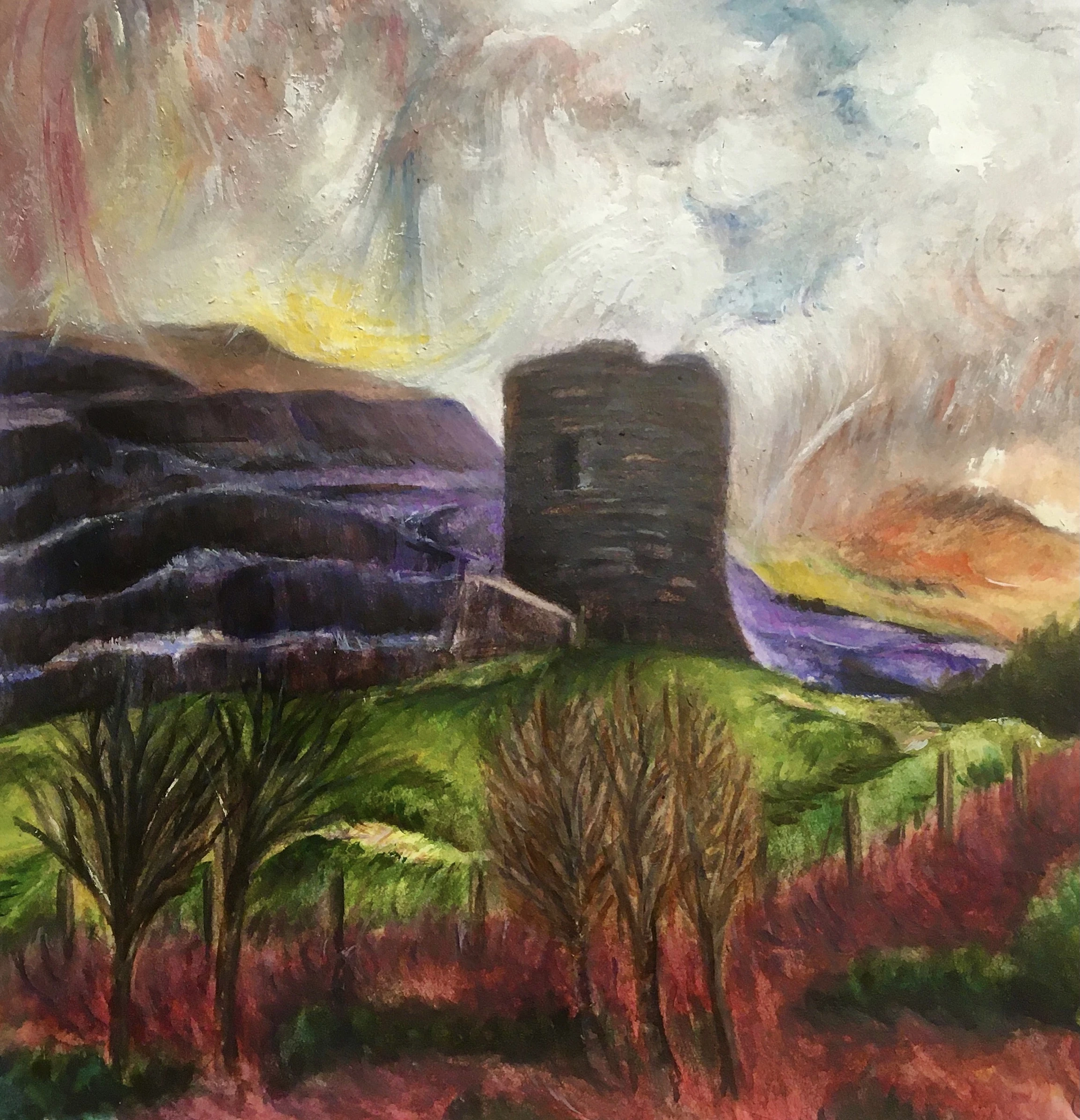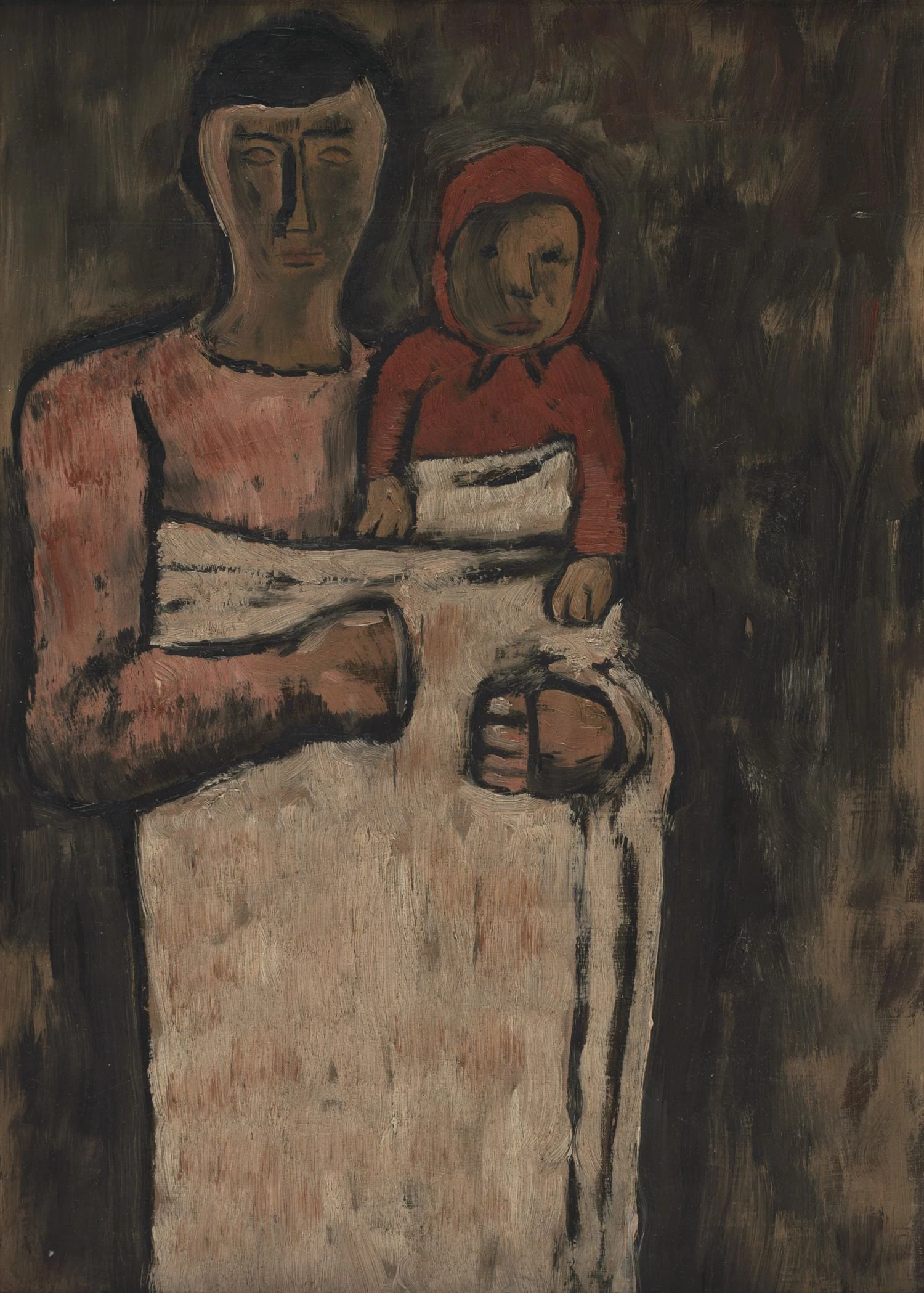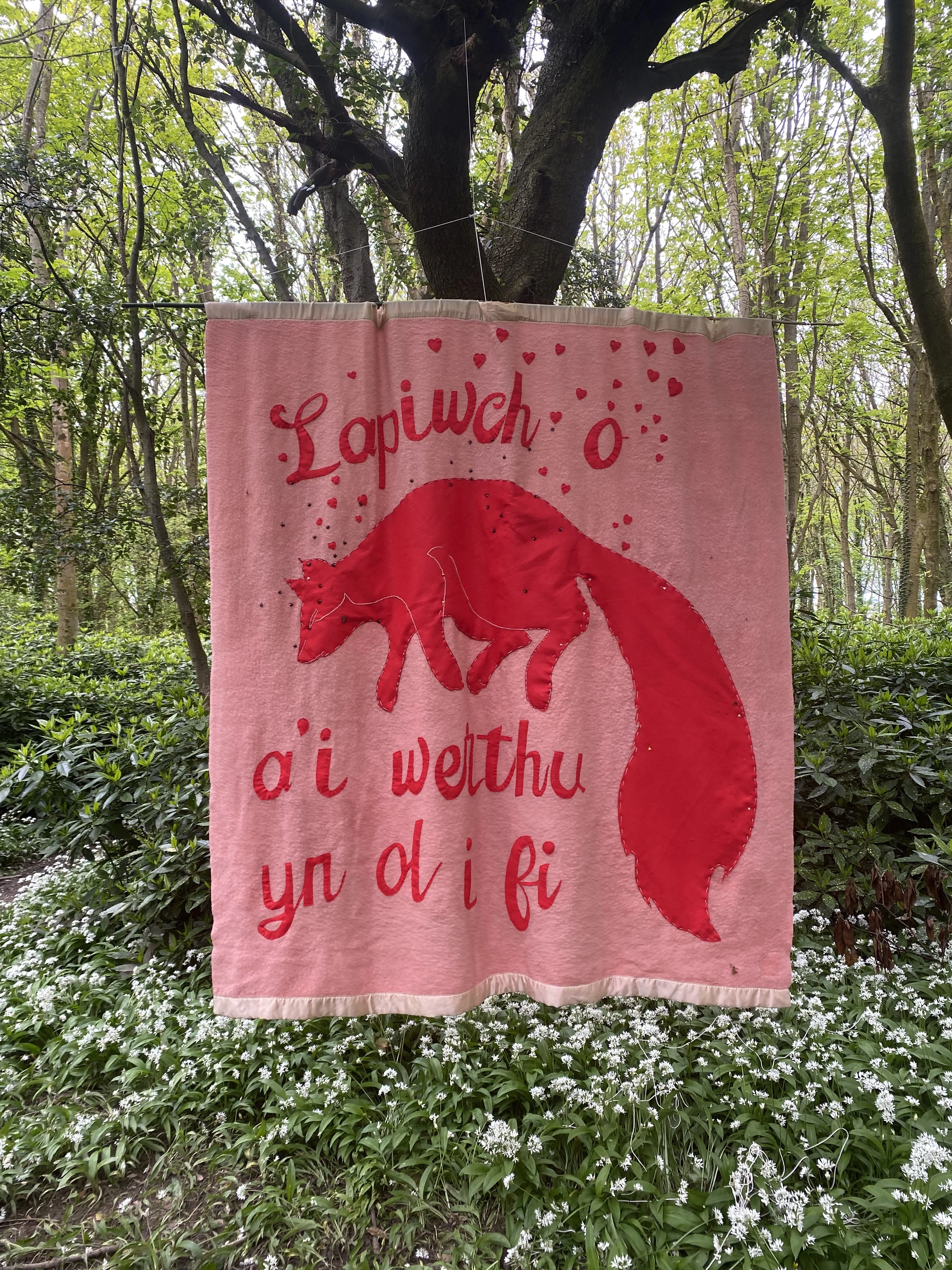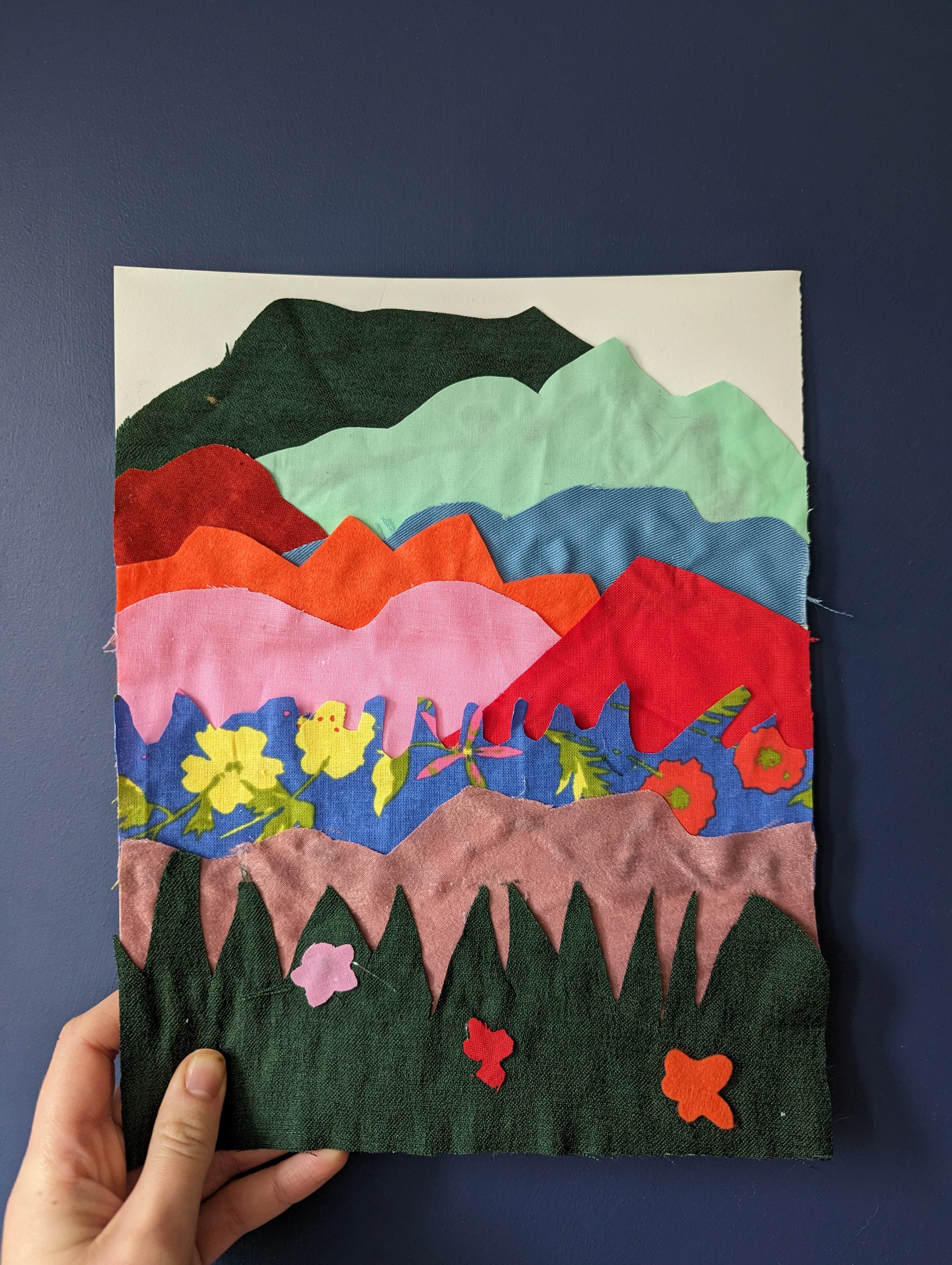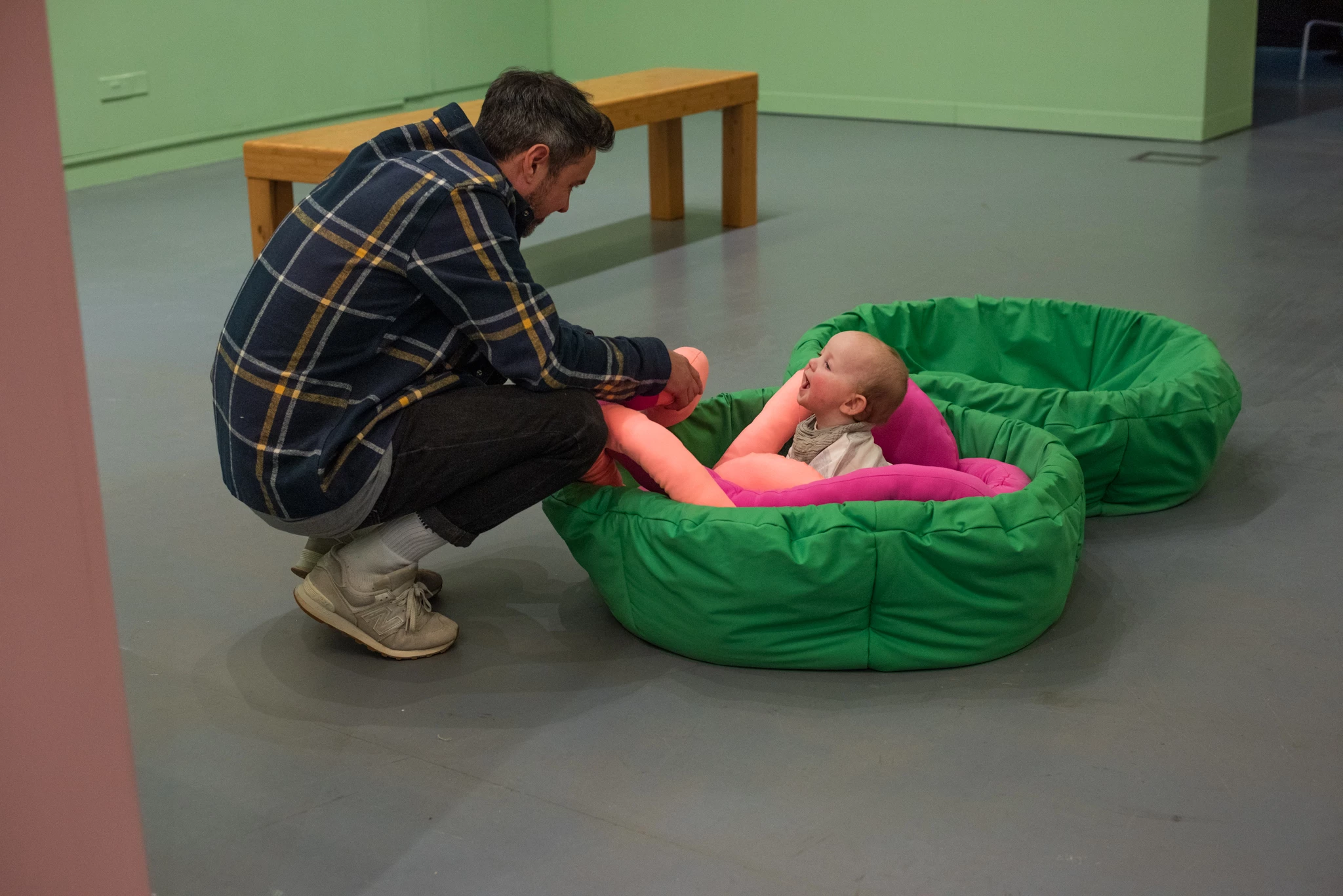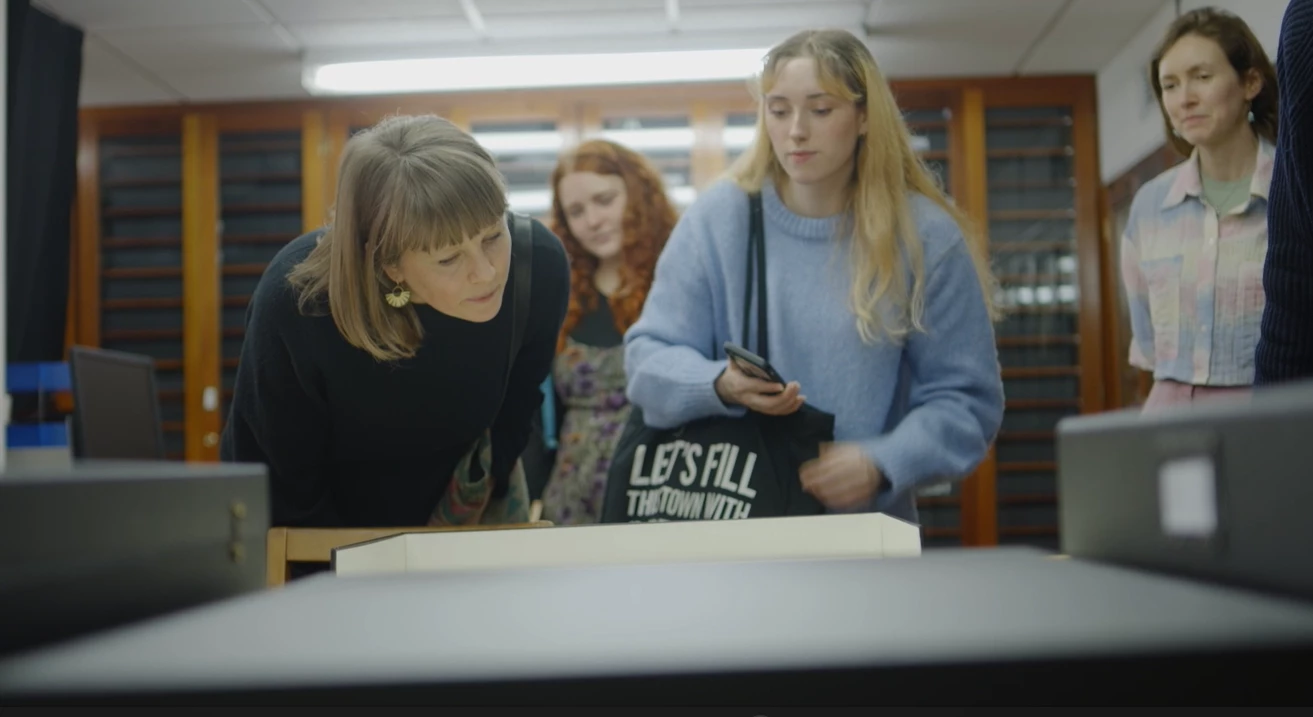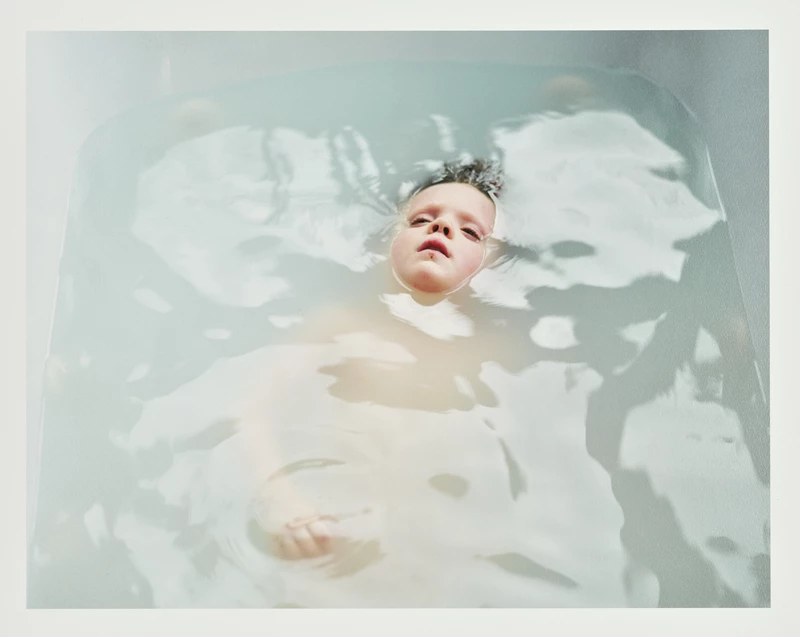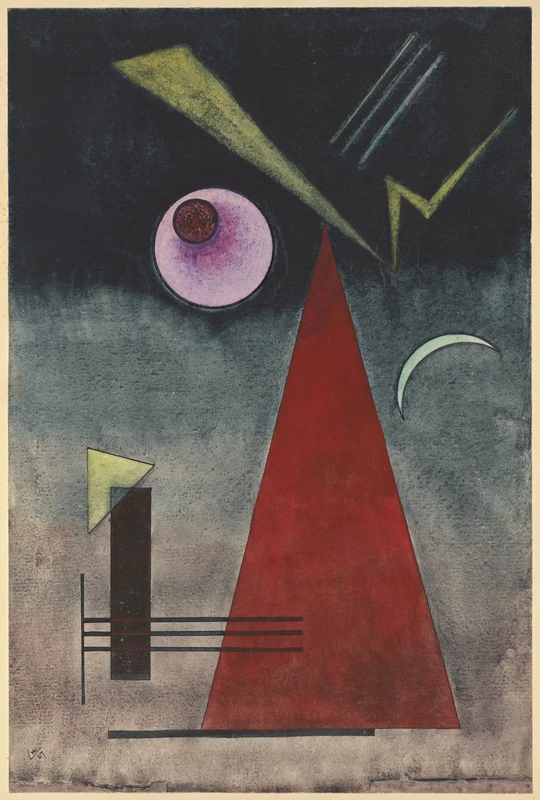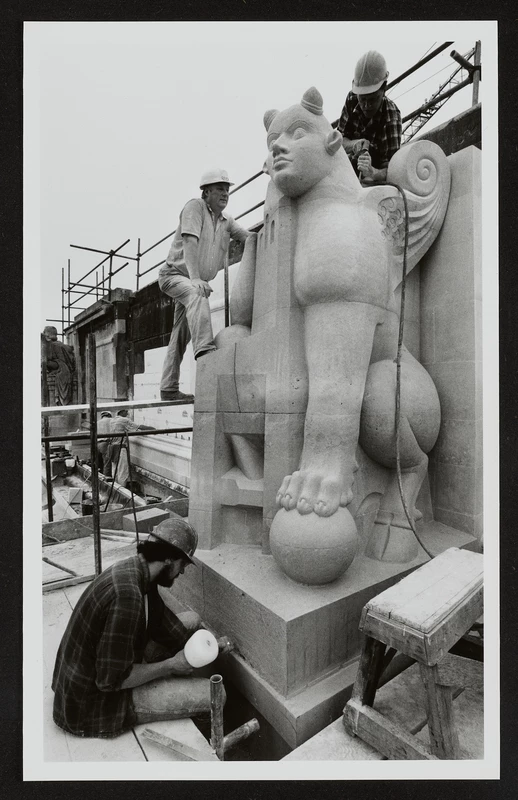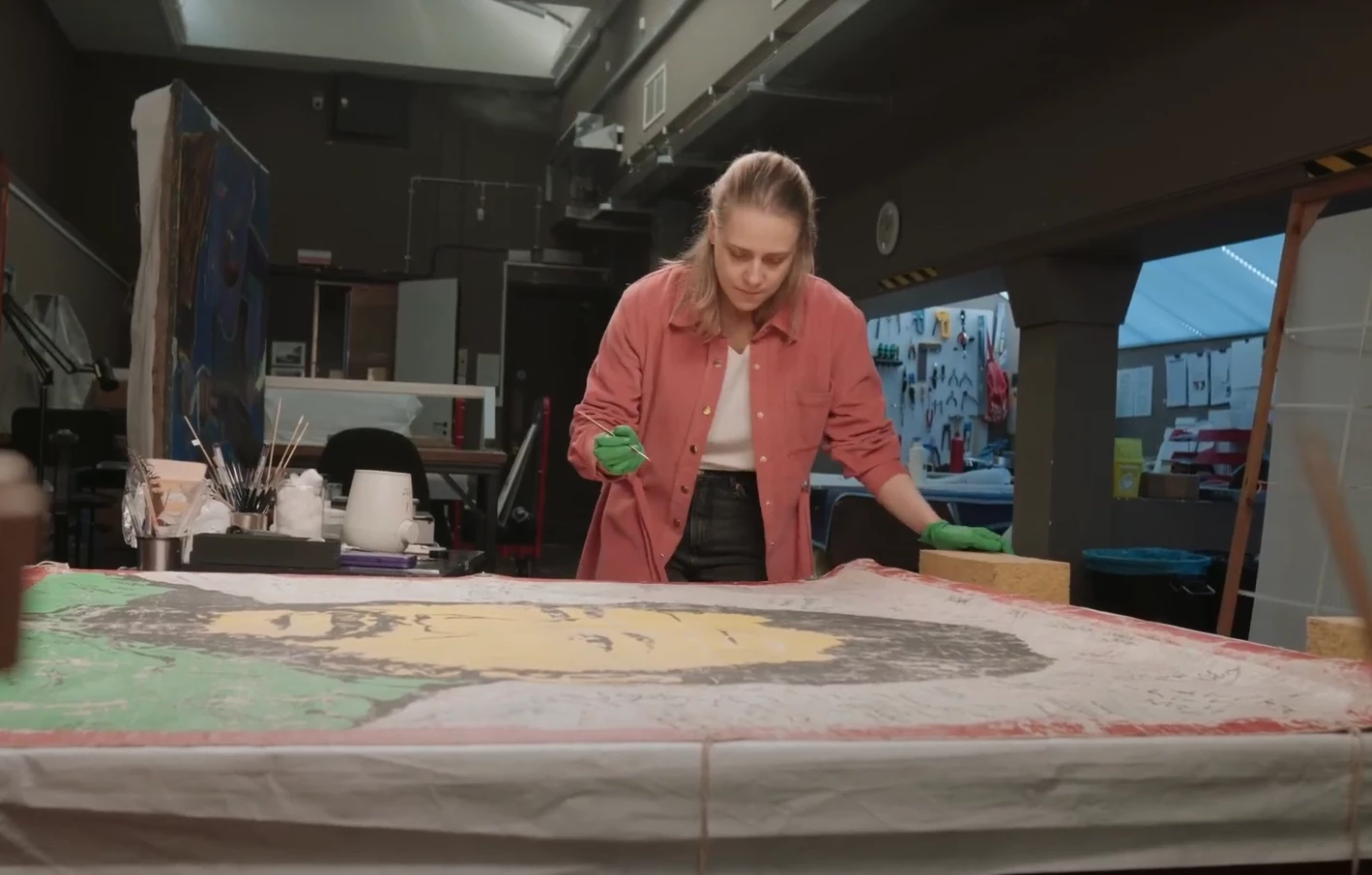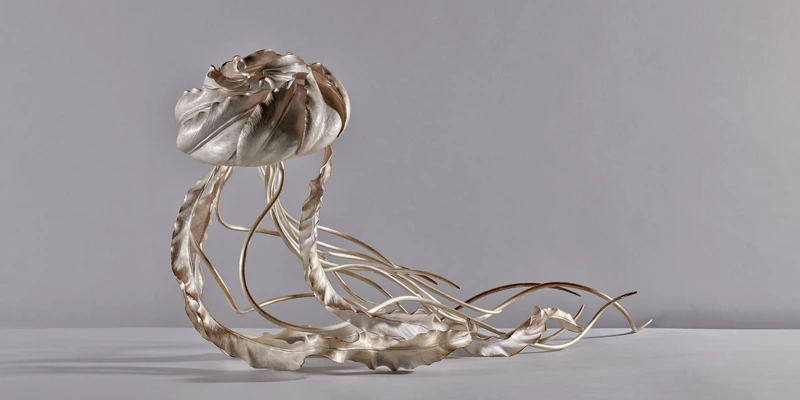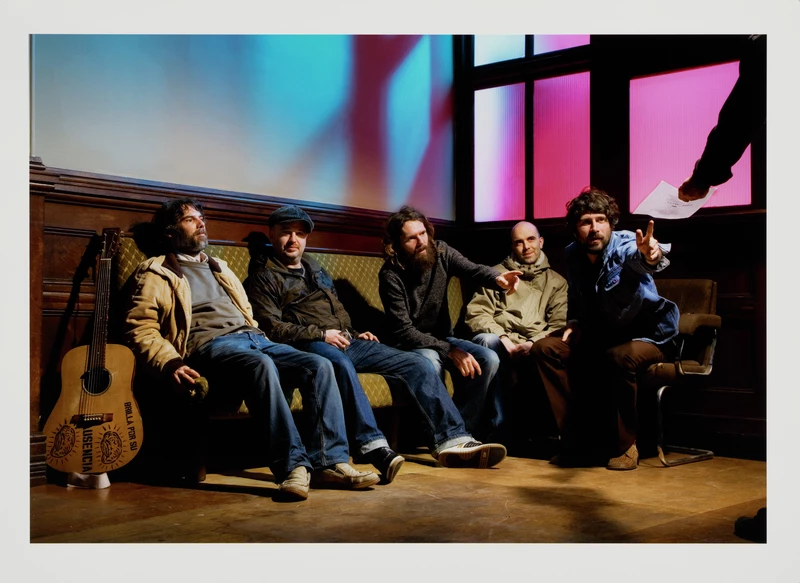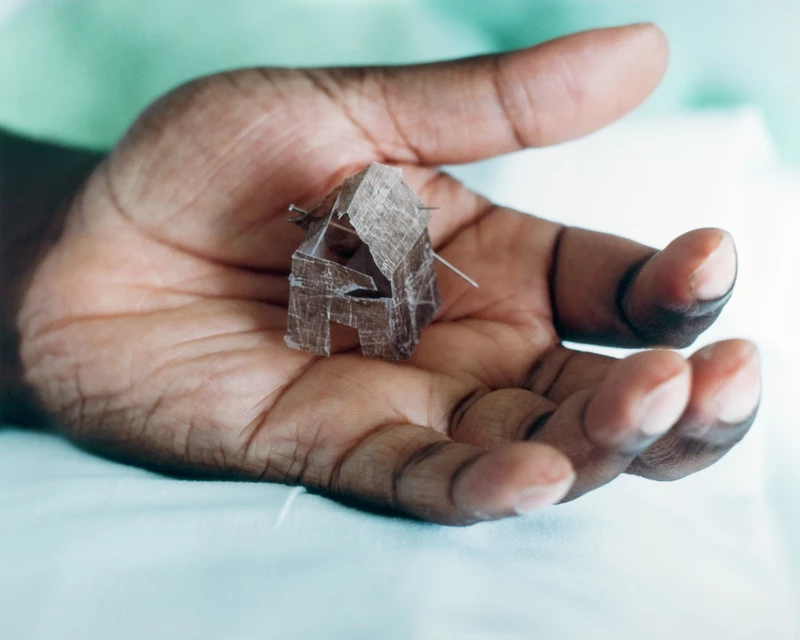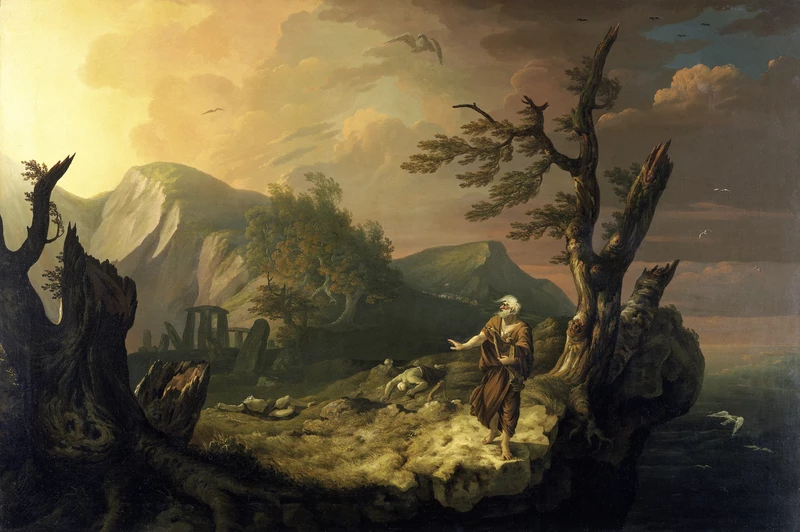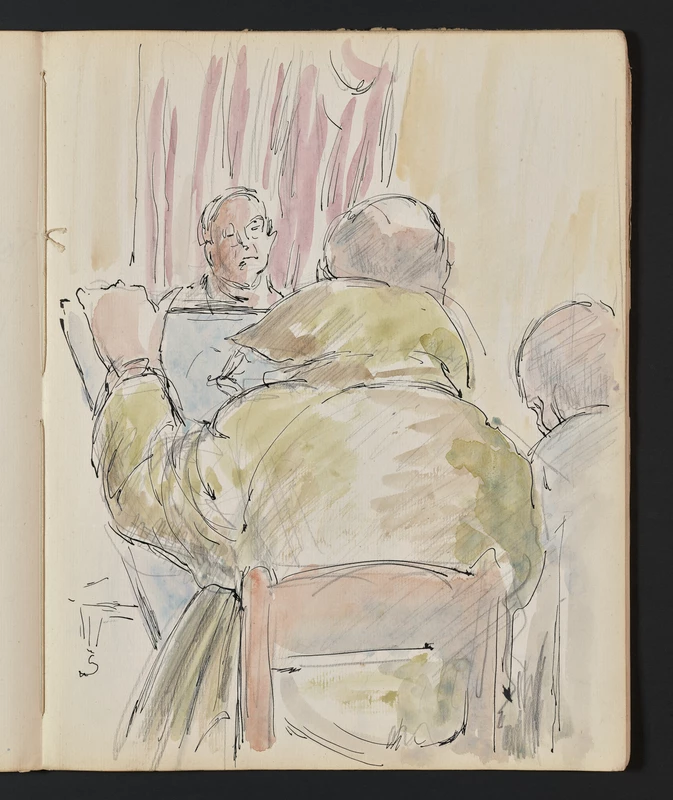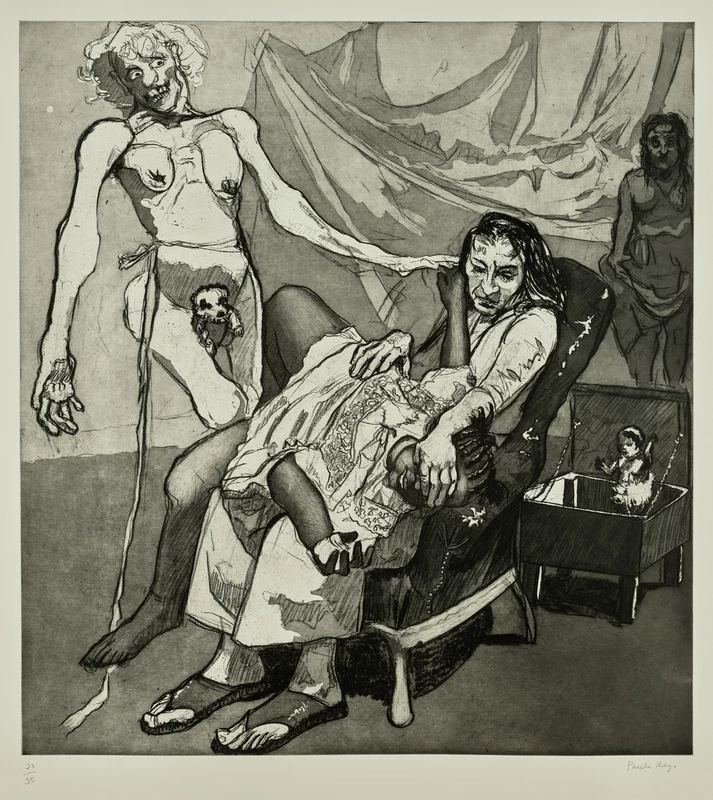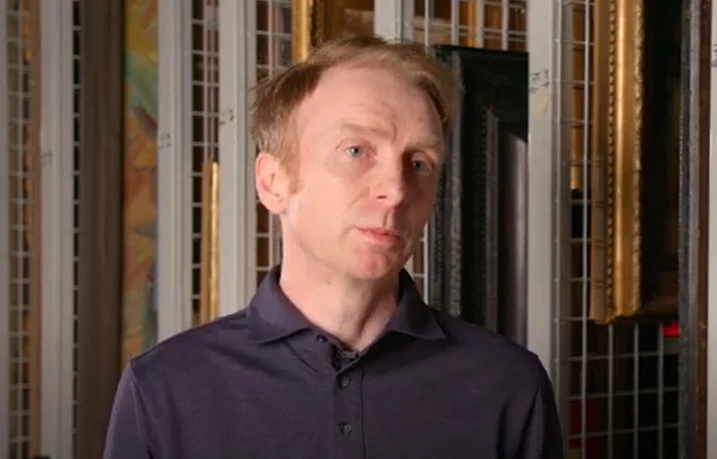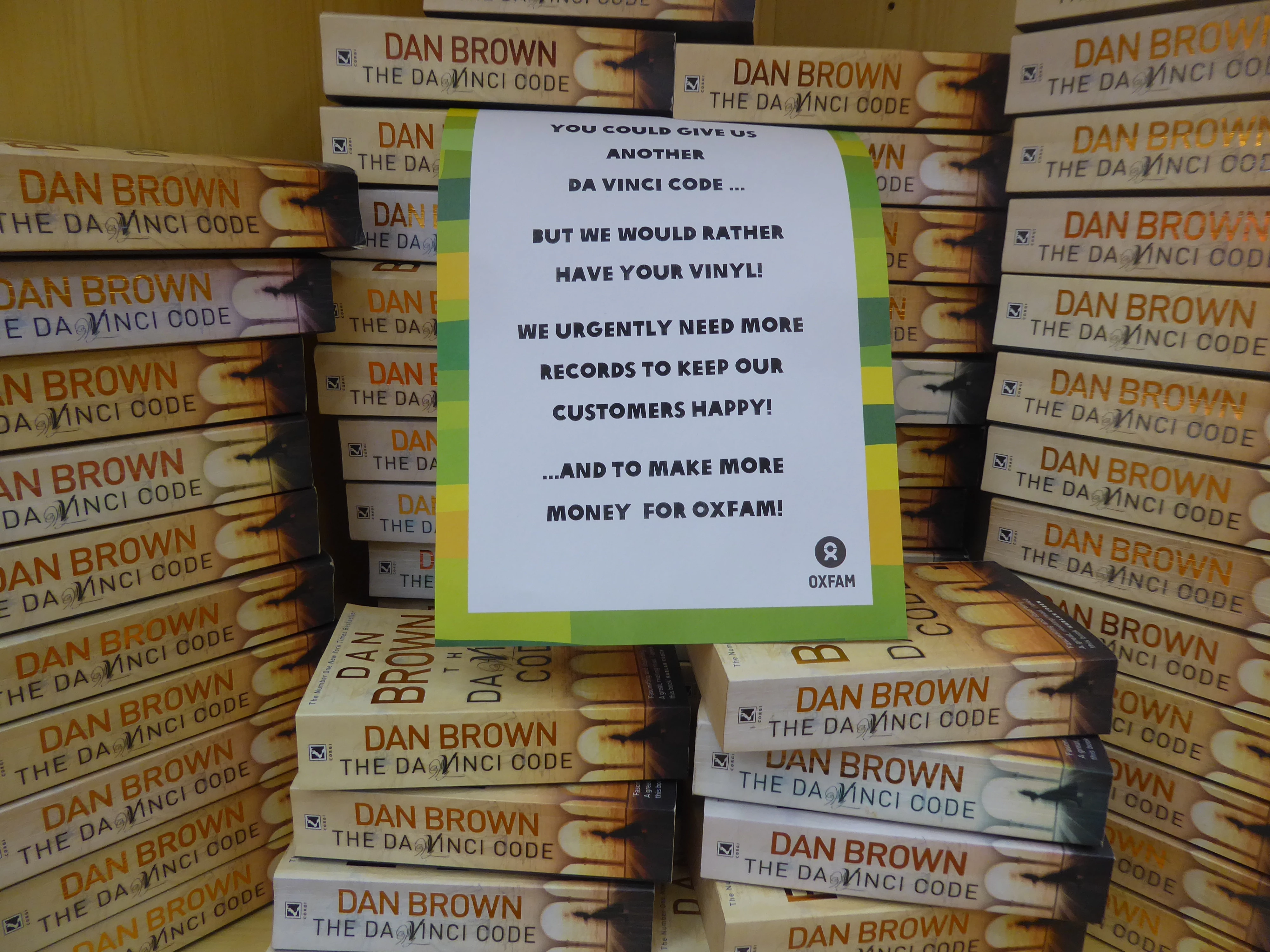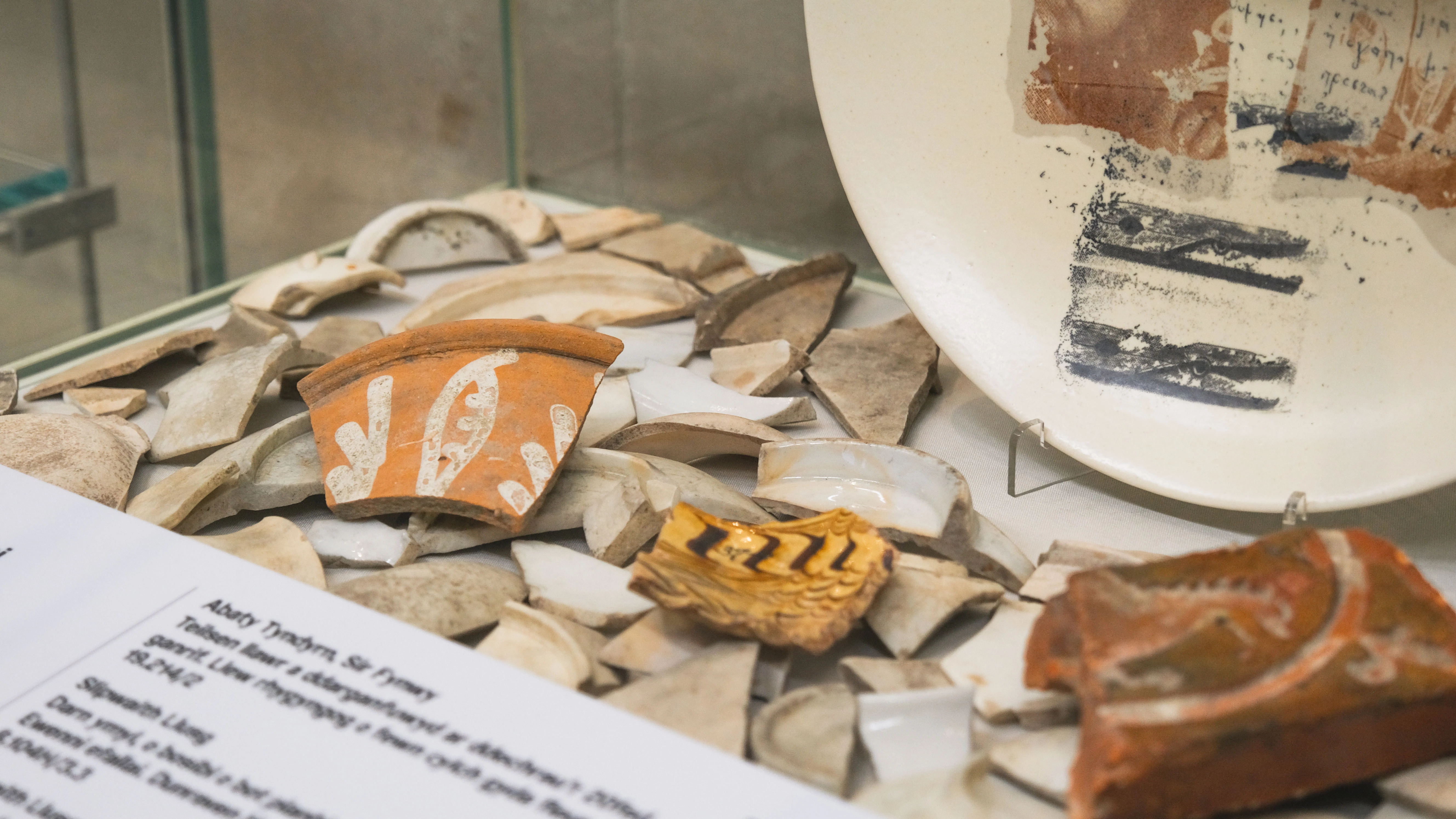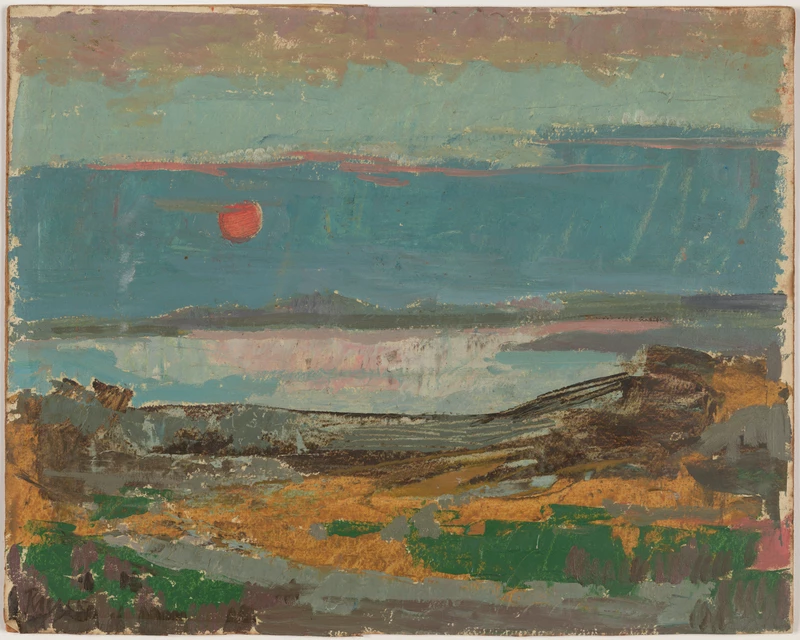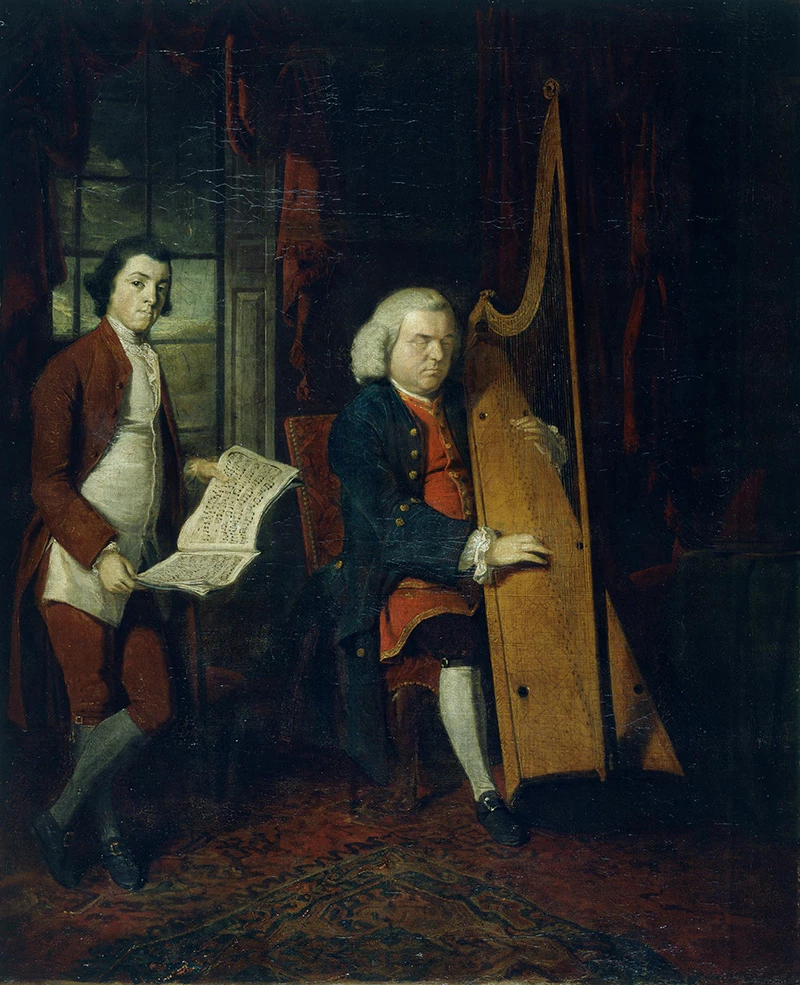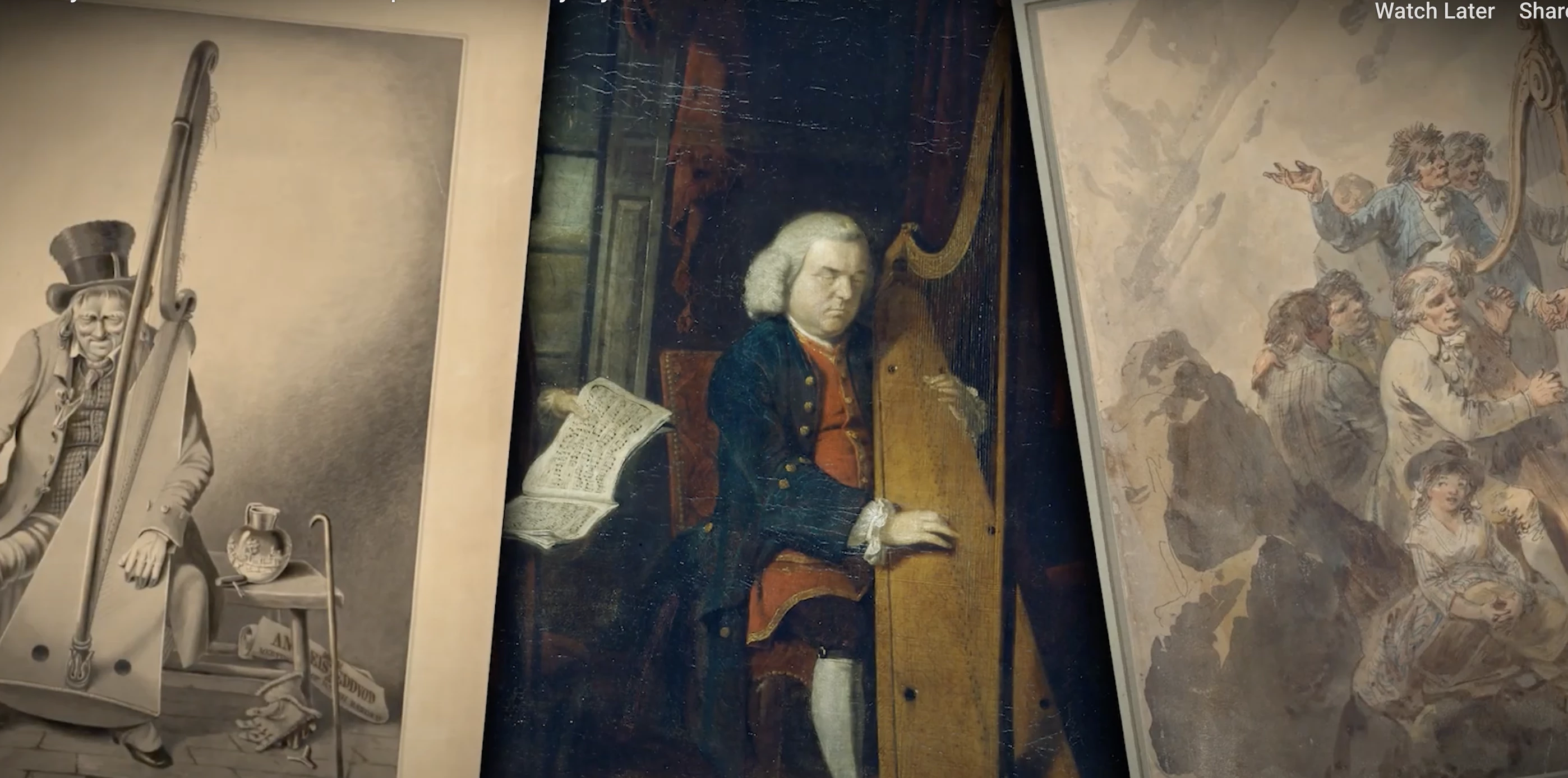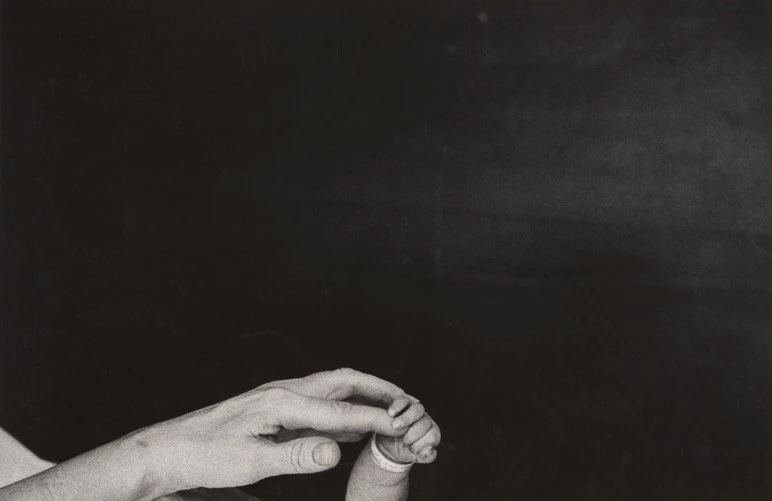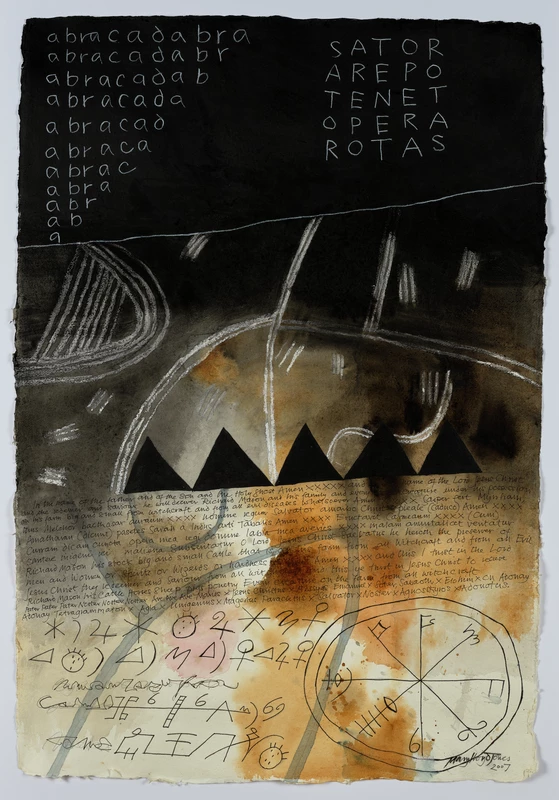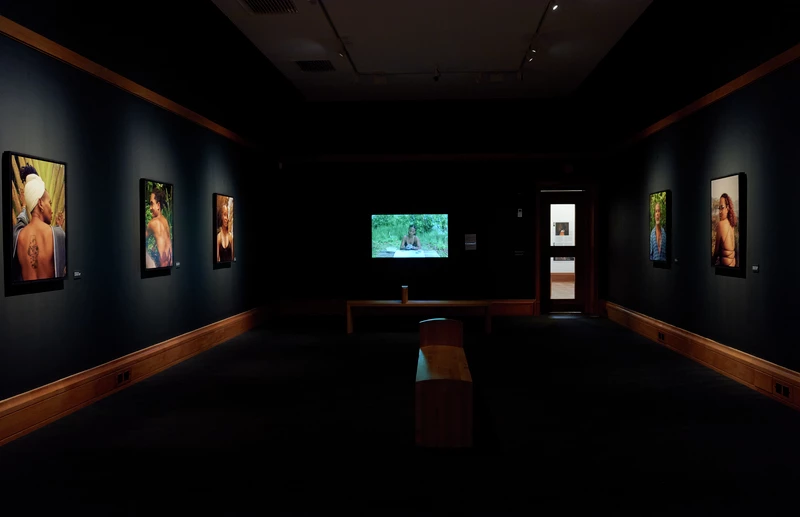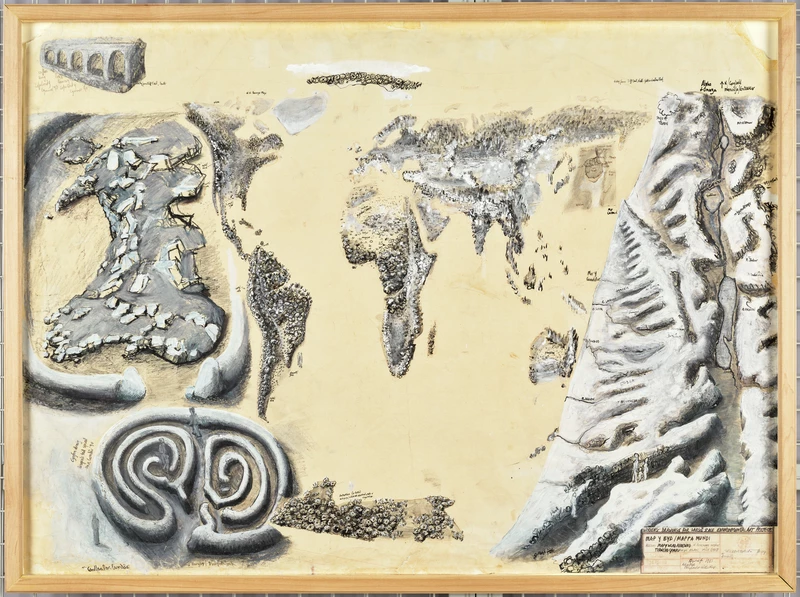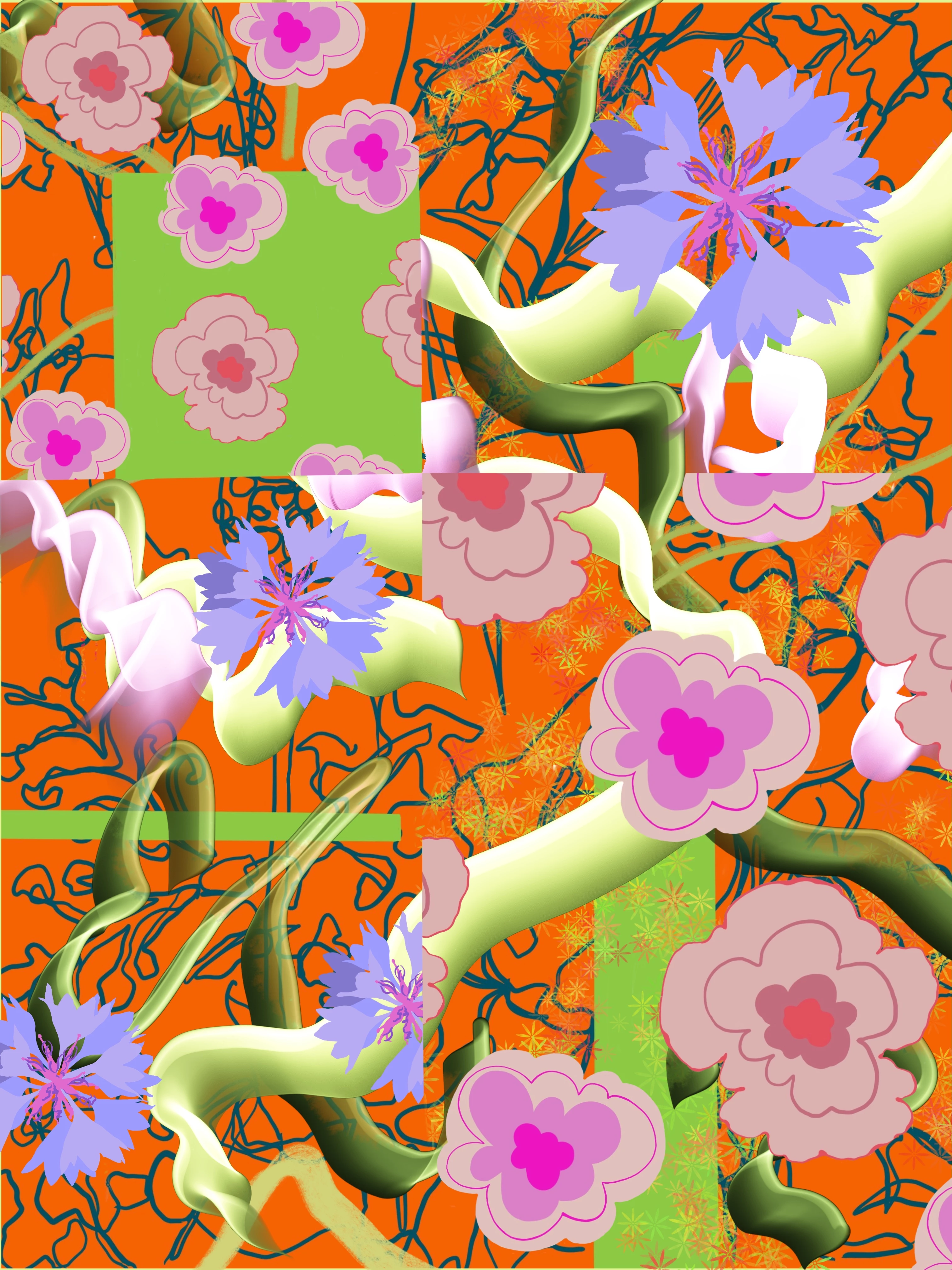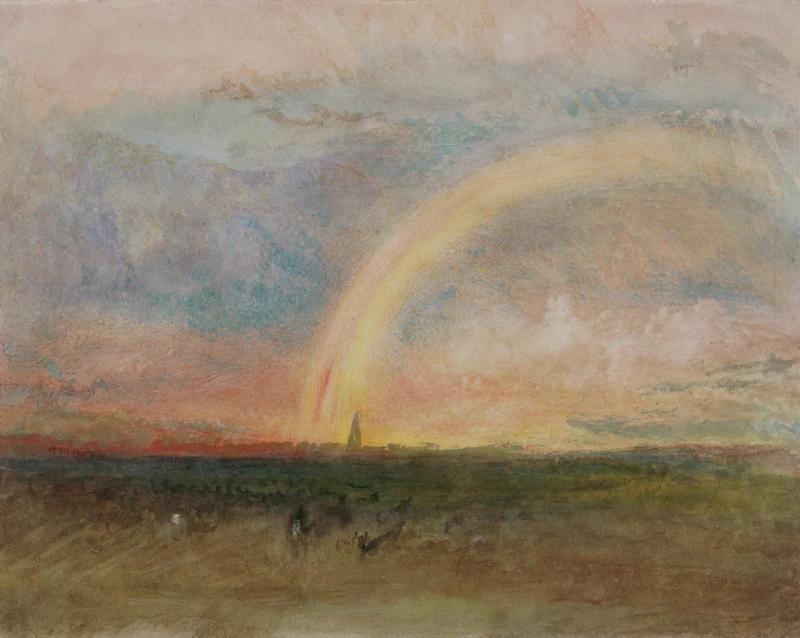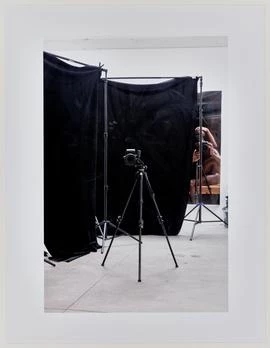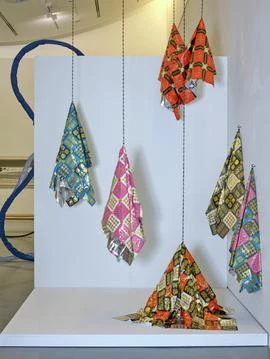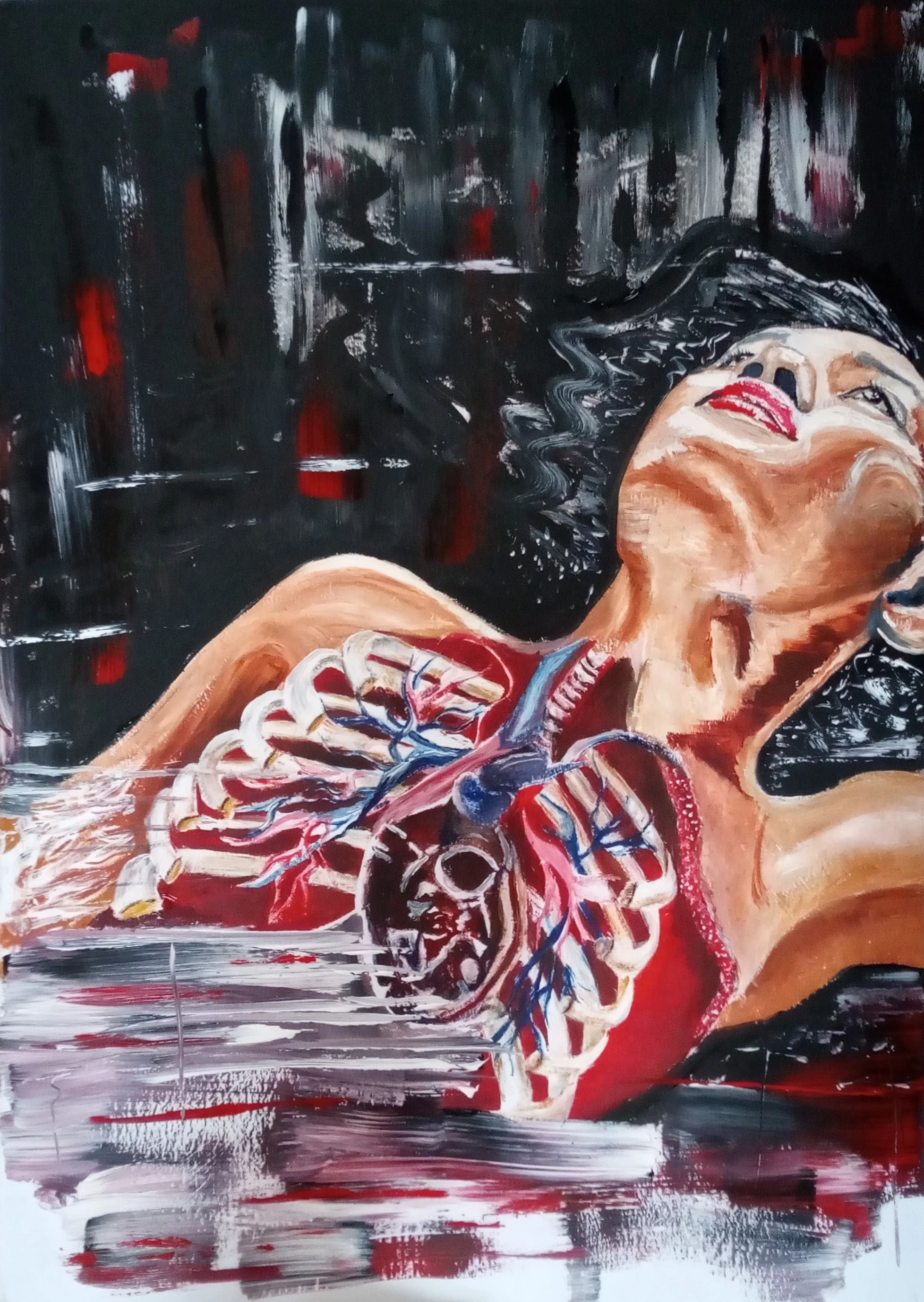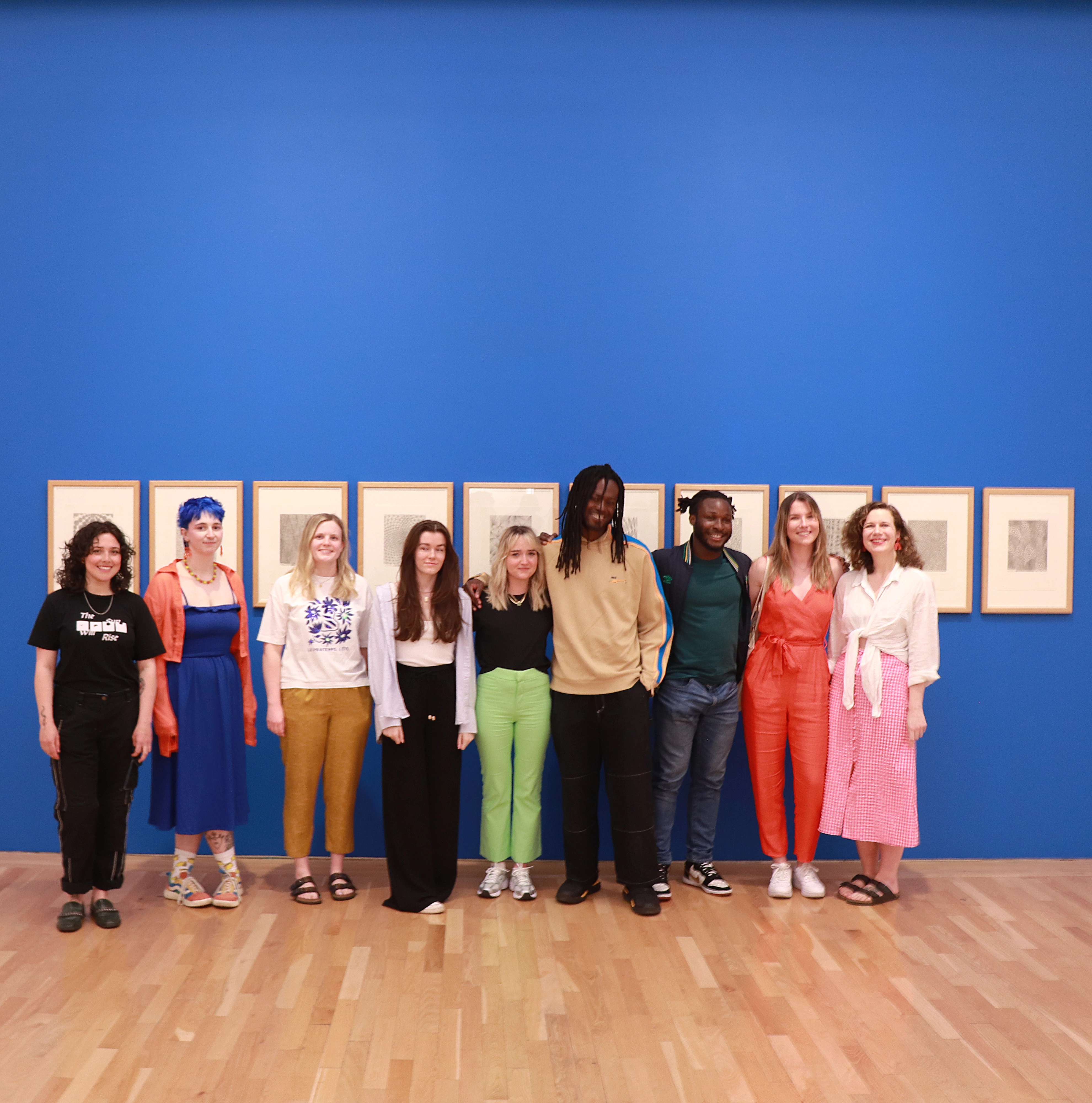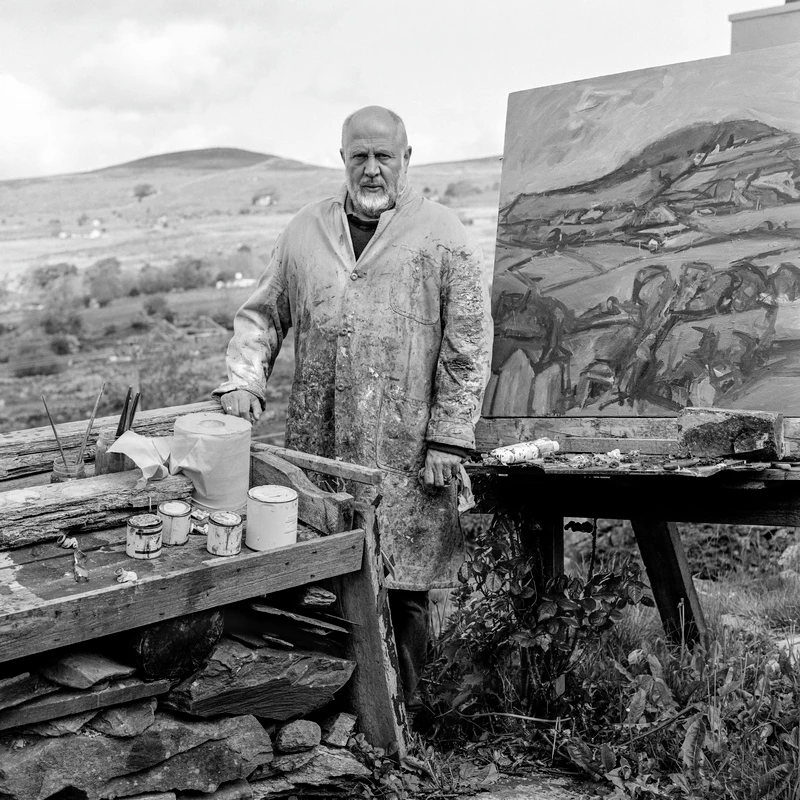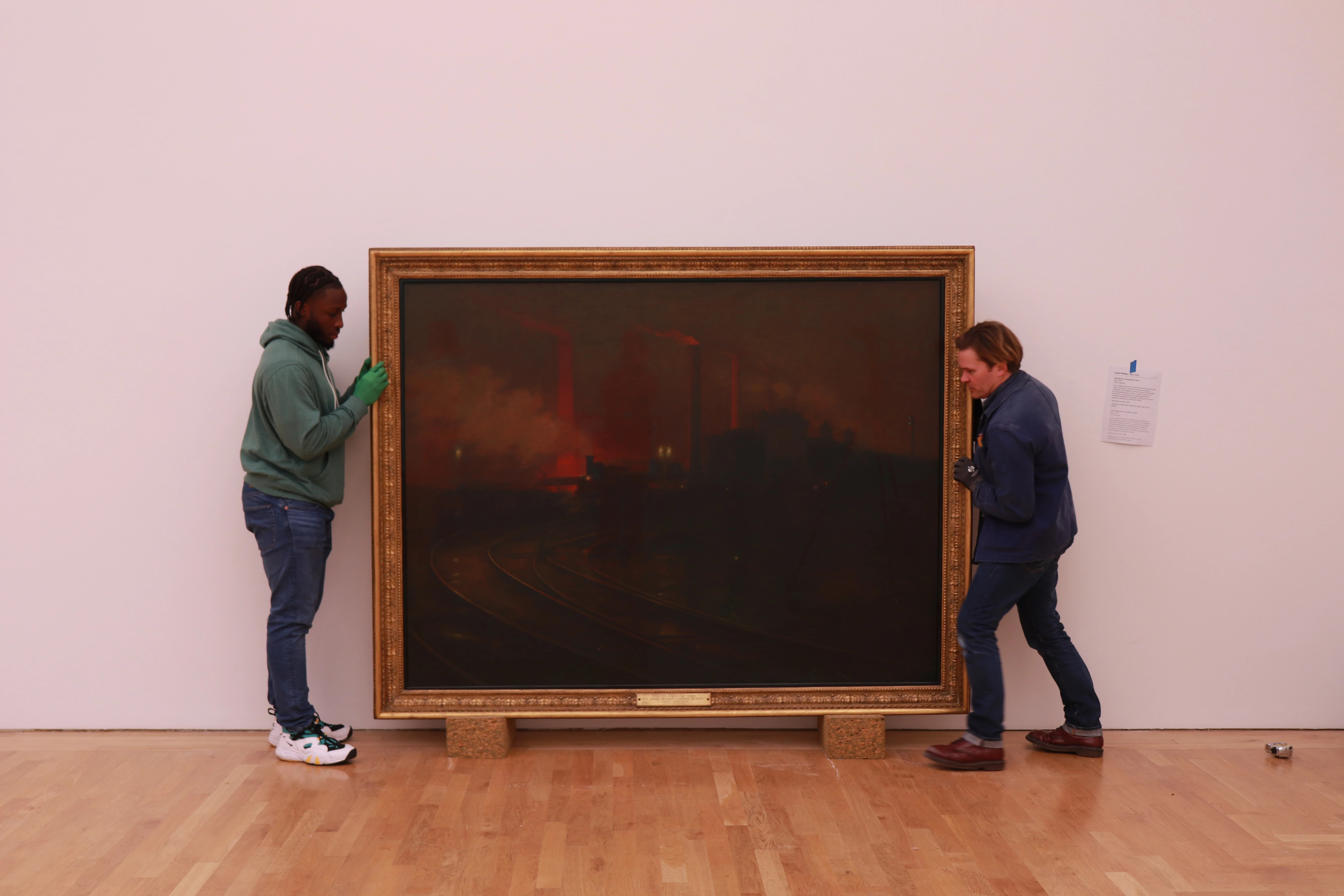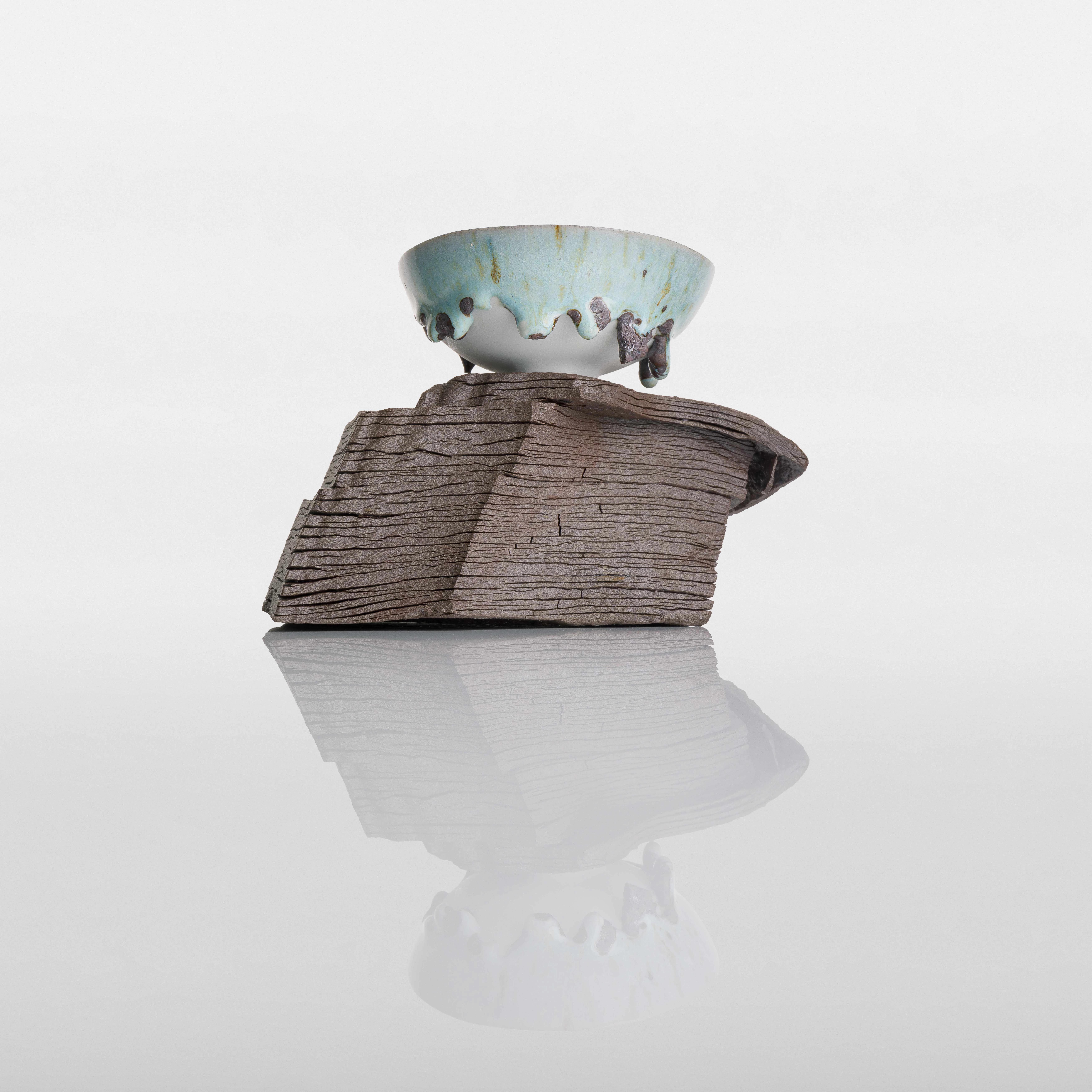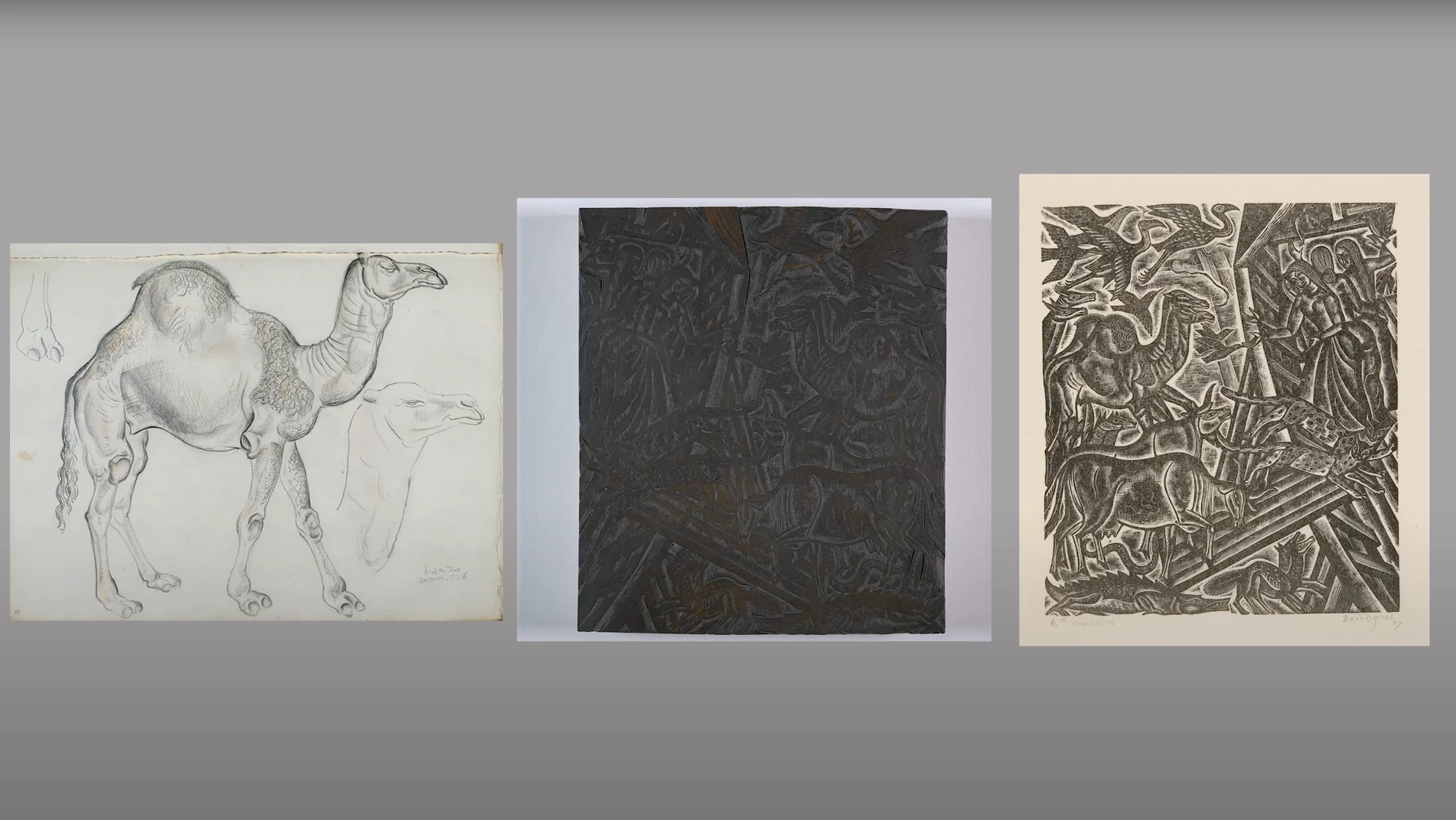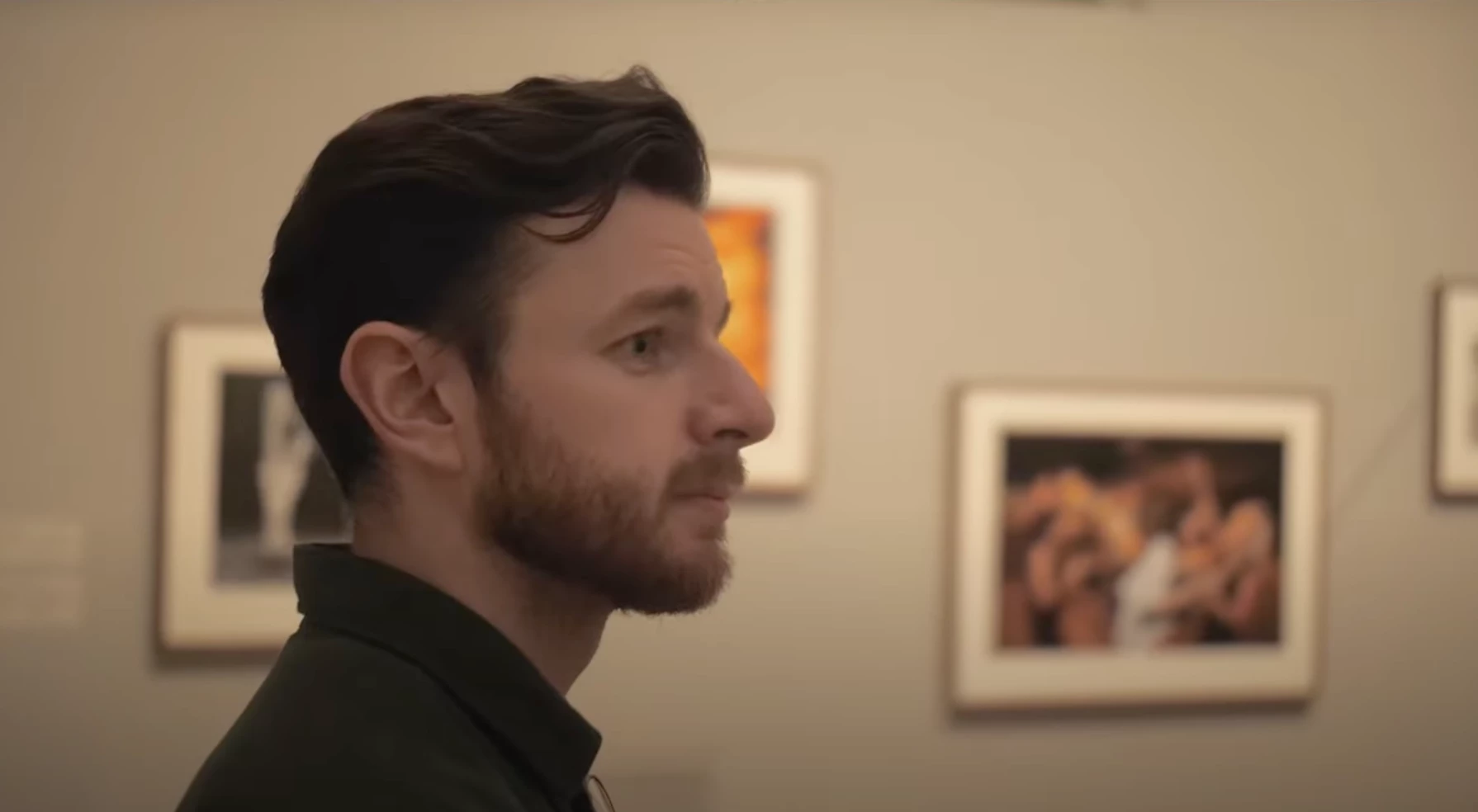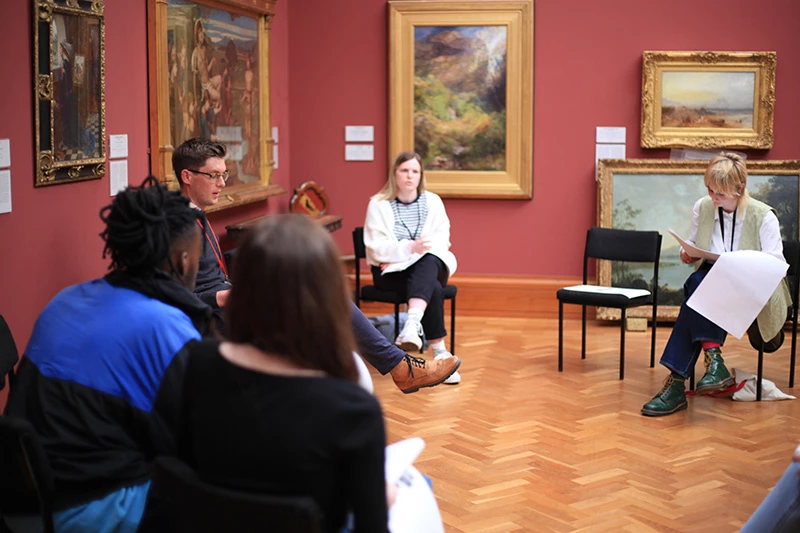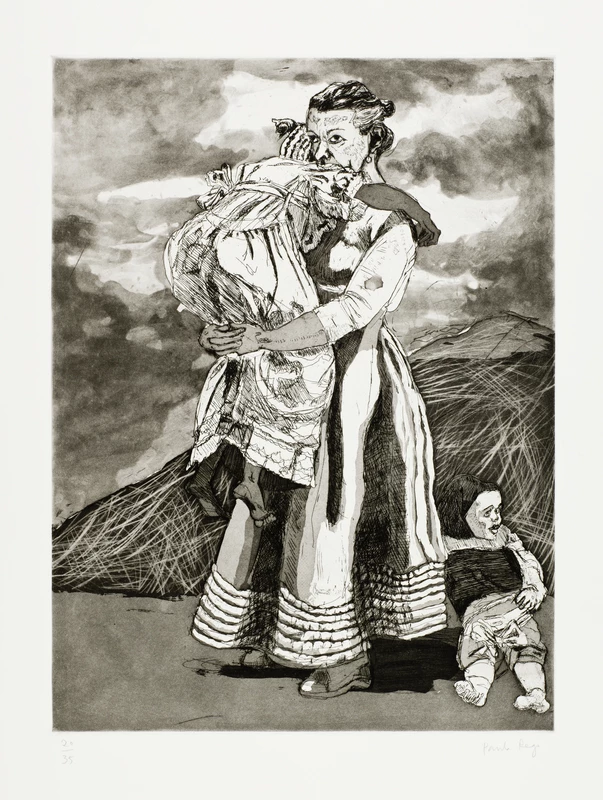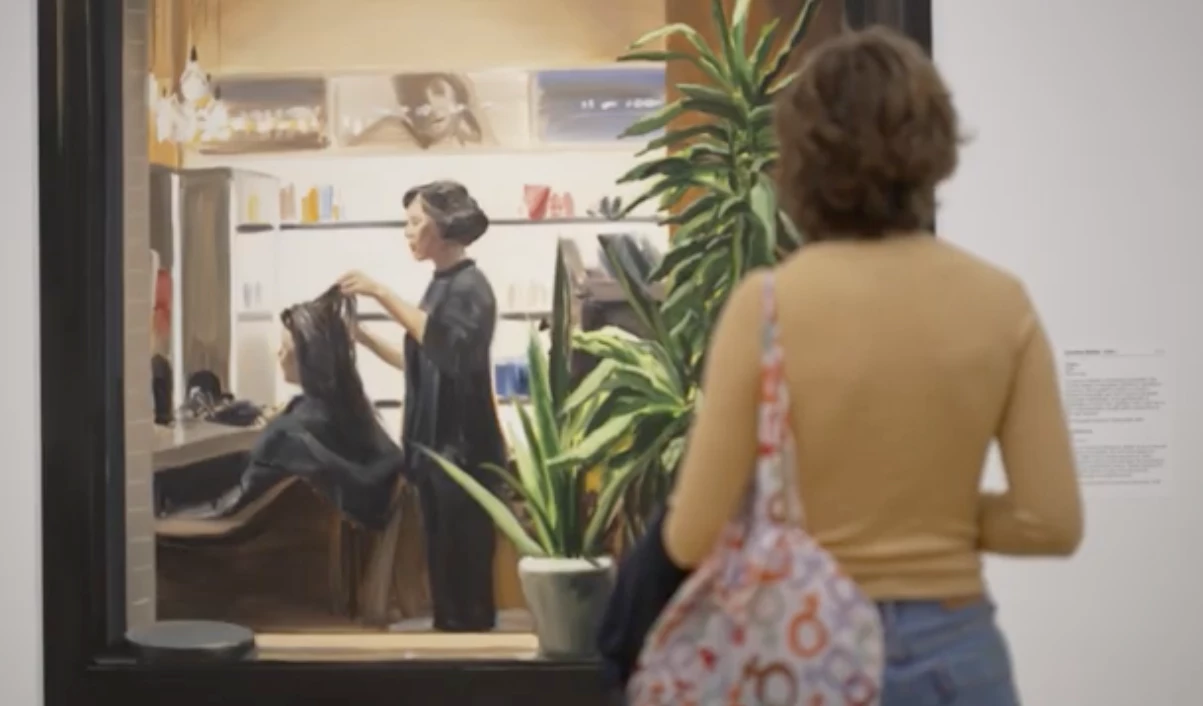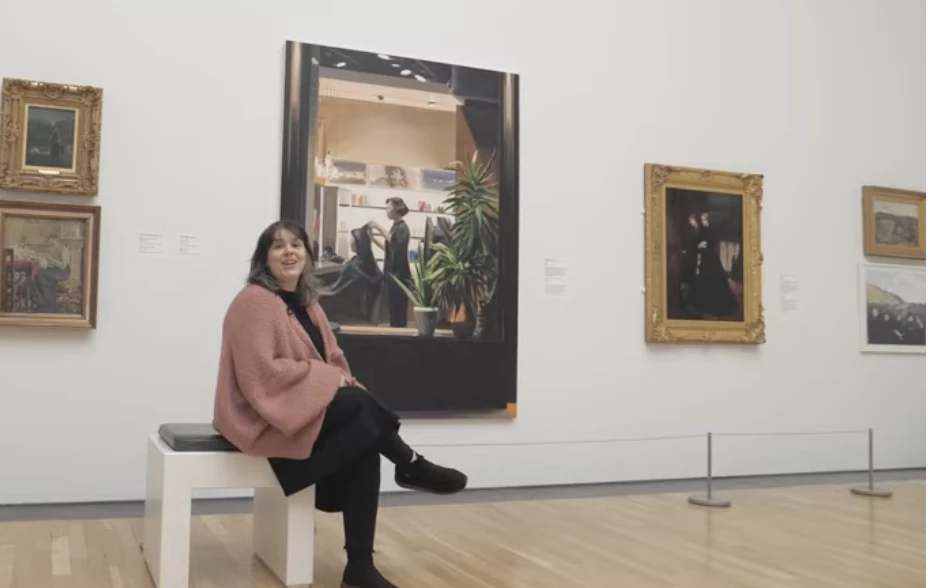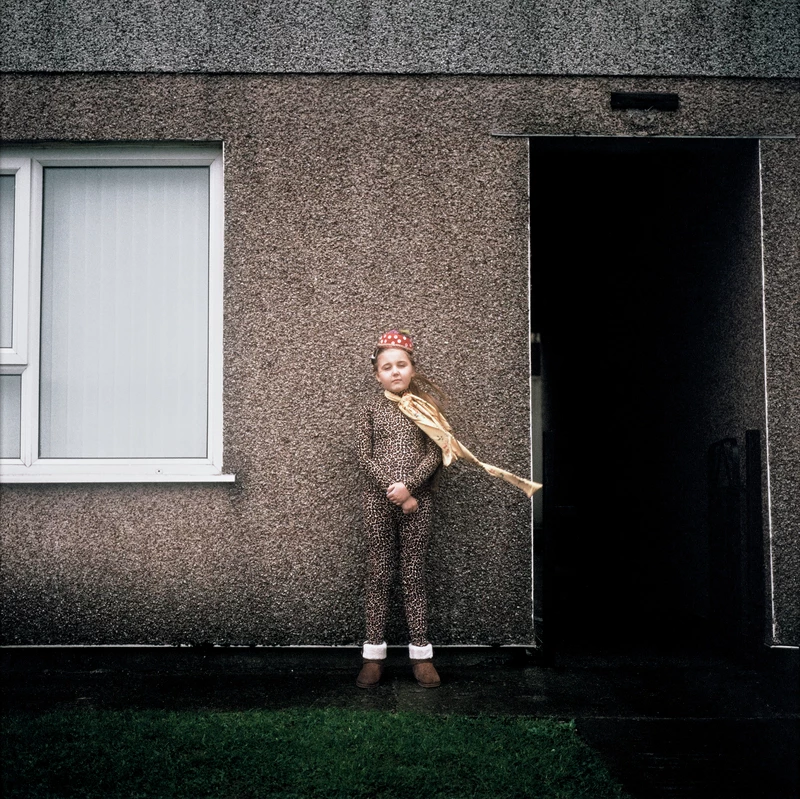
Bright, angled, and unconventional, this cup and saucer is an example of modernist ceramics from the 1920s and 30s. The solid red-orange surface colour resembles materials such as plastic and metal, steering away from the traditional looks of domestic ceramics that existed at the time, both hand-made and mass-produced. This cup – part of a tea set that was designed in 1930 by Grete Marks (Margarete Heymann) – invites a new way of interacting with an everyday object that has a familiar function. The collage of circles and cones creates a playful looking perspective on the tea set, one that is constructed with basic shapes and colour, yet in a style that is not associated with tableware and pottery. From glancing at the cup, we imagine pinching the dips inside the circles, aware that the handle will not support us in the usual style, but instead the user will need to focus on supporting the cup more. Marks’s style is influenced by a significant art and design movement of the 20th century: the Bauhaus. Marks’s cup provides an example of the Bauhaus’s tenuous relationship with functionality versus style.
The Bauhaus was an art and design school in Germany. Open from 1919 to 1933, it lasted the length of the ‘Weimar Republic’ era of interwar Germany. Marks attended the Bauhaus school in its early years, where shape and colour theory was continuously being developed by the school’s teachers, or “masters”, as the foundation of Bauhaus design rules and visual style. The most iconic features of Bauhaus style are the use of primary colours: red, blue, yellow; and the strict use of circles, squares, and triangles, which can be seen in Marks’s cup and saucer: a central triangle surrounded by adjoining circles.

Ceramics has a unique place in the legacy of the Bauhaus; despite the fact it was the first workshop to produce designs for industry and make a profit, it was also the first subject to be dropped from the curriculum when the school had to relocate from Weimar to Dessau in 1923. The Bauhaus teaching structure meant that each subject, whether that be ceramics, painting, furniture-making, etc., would have both a “Master of Form” and a “Master of Craft,” the former typically being a fine artist and the latter being a professional craftsperson. The reason for this was to combine the technical skills of the Master of Craft with the creativity and innovation of the Master of Form, using a more traditional structure to achieve modern production. The ceramics workshop was largely able to turn a profit because they were not based at the school buildings in Weimar but were set up in the existing pottery studio of the Master of Craft, Max Krehen. This environment introduced students like Grete Marks to an already successful and productive workshop where they learnt professional standards and processes.
Like other early Bauhaus potters, Marks committed to using earthenware clays to produce her ceramics. Earthenware has a toughness that makes it a desirable choice in the production of strong, striking Bauhaus silhouettes. Unlike ceramics fired at higher temperatures, earthenware clay is unlikely to warp in the kiln, meaning that the structure and lines formed by the potter are almost certain to exit the kiln the same way they went in. The lower firing temperatures for earthenware clays and glazes can also produce brighter colours that would fade and burn away if fired at higher temperatures. The glaze used in this cup and saucer is made using uranium oxide. Derived from the element of uranium, this oxide is radioactive and contains alpha emitters, the most dangerous of radioactive particles. The glazed ceramic itself does not emit dangerous levels of radiation, but if you were to eat or drink from Marks’s cup and saucer, radioactive particles would be absorbed from the glaze and enter your body and not be able to escape. Uranium is no longer used in glazes – its use was reduced during the second world war and banned in the 1980s – but the rich red-orange colour it has been used to create is unique.
This cup and saucer was originally formed on a potter’s wheel when it was designed. To make these items repeatable, a mould was made of the original cup and saucer, which allows them to be slip-cast: a process in which liquid clay is poured into a plaster mould and left to set back into firm clay. Once taken out of the mould the pieces can be fired and glazed in the same way the craftsperson would treat pottery made on the wheel. Clay has a peculiar position among the materials of modernist design: it is not “modern” like concrete, steel, or glass, but is instead part of the traditional crafts of earlier centuries. Modernism, especially after the first world war, was intent on developing new materials to fulfil new purposes and to achieve new visions. Clay does not fit with this prototype that the Bauhaus stood by, and it does not contribute to another form of design or material such as the impact woven textiles has on furniture and interior design. Perhaps this is why it was so easily dropped from the Bauhaus’s curriculum as the school evolved.

Grete Marks left the Bauhaus after only a short time in 1921. Though the Bauhaus is associated with producing many women artists, designers, and makers, they were often restricted to the textile workshops; Marks fought for her place in the ceramics workshop which then led to more women being admitted to the pottery. Marks continued to produce pottery for the rest of her life, setting up her own pottery in Marwitz, outside Berlin, before working with Mintons pottery in Britain after fleeing Nazi Germany. Marks’s pottery continued to be defined by her use of vibrant glazes, as well as surface decoration inspired by the painters of the Bauhaus. Marks’s Bauhaus-style pottery remains iconic and exemplifies how the school’s teachings can expand into many artistic mediums.


